Vietnam is a country that offers something for every traveler, from history buffs to adventure seekers and food enthusiasts. For those visiting the country for the first time, this guide provides everything you need to know, from when to go and what to try.
Climate
Vietnam's climate varies by region.
The northern region experiences a monsoonal and humid subtropical climate with four distinct seasons - spring, summer, autumn, and winter. Winter lasts from December to February and is typically dry while weather in summer, from Arpil to August, is hot to mild.
In southern and central areas, the climate is tropical monsoon with only two seasons, rainy from May to October and dry from November to April.
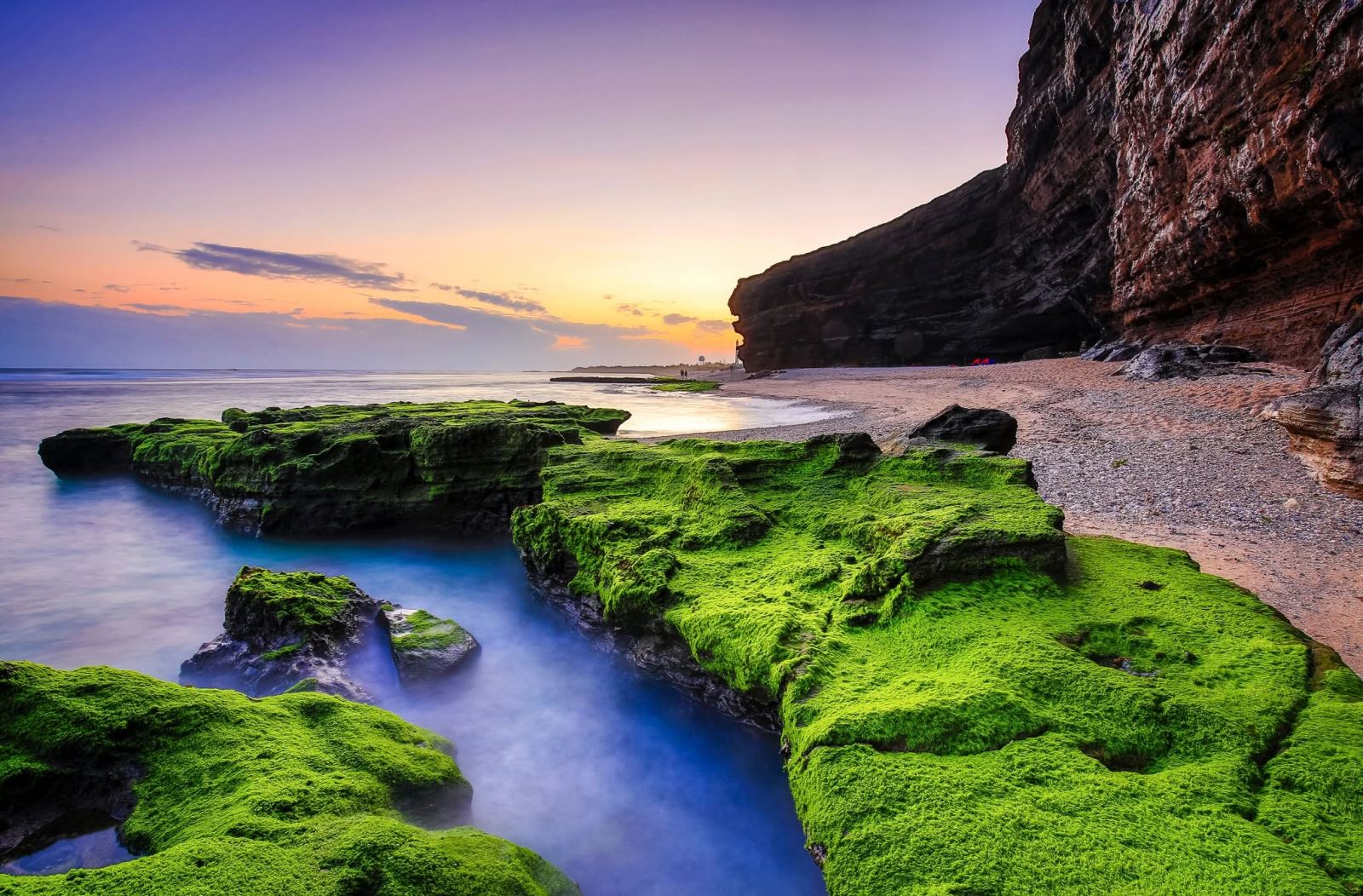 Visa policy
Visa policy
Since March 1, Vietnam granted visa-free travel to 45 days for citizens of Poland, Czechia, and Switzerland traveling on package tours, adding to a list of 25 countries enjoying visa-free entry.
In mid-March, Vietnam extended visa exemptions for citizens of 12 of the 25 countries, including major tourism markets like South Korea and Japan, until 2028.
For foreigners who are not visa exempt, they have to apply for an e-visa, either directly with the Vietnam Immigration Department or ask for help from a service provider or a Vietnam visa agency.
If applying by yourself, access the official e-visa portals: evisa.gov.vn or thithucdientu.gov.vn.
How to get to Vietnam
Vietnam has a relatively well-developed transportation network, including international and domestic airports, the North-South railway, and extensive road networks.
The country has 22 civilian airports, with 11 international airports. The largest are Tan Son Nhat in Ho Chi Minh City, Noi Bai in Hanoi, and Da Nang, serving as major gateways for tourists.
Direct flights are available from major cities in Asia, Europe, Australia, and North America.
Another great way to travel to Vietnam is by train/bus. Thanks to its over a dozen international overland border crossings, travelers from Laos, Cambodia, and China can easily enter Vietnam by train or bus.
Overall, the Vietnam train ride is a scenic and enjoyable way to travel, allowing you to take in the picturesque landscapes of Vietnam.
Finally, traveling to Vietnam by cruise is also a popular choice for travelers from the U.K., the U.S., Australia, Singapore, or China.
Vietnam has become a popular stop for cruise passengers from all over the world. Depending on the cruise's itinerary, you can be docked at Ha Long Bay, Hue, Da Nang, Nha Trang, or Vung Tau.
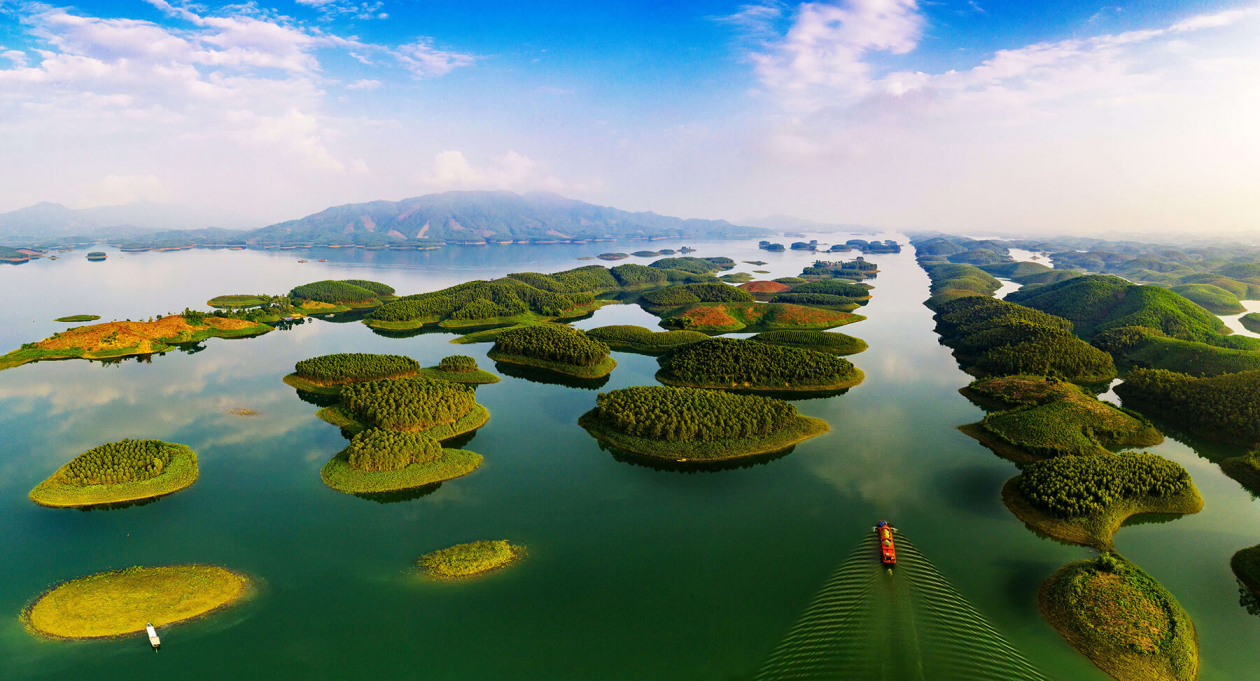 What to pack for a Vietnam trip
What to pack for a Vietnam trip
When preparing for a trip to Vietnam, it is essential to pack thoughtfully to ensure comfort and convenience in the country’s diverse climates and environments.
Lightweight, breathable clothing is ideal for the tropical weather in the south and central regions, where temperatures are warm and humidity is high year-round. However, if you plan to visit northern areas like Hanoi or Sa Pa during the winter months, be sure to include warm layers such as sweaters, jackets, and scarves to stay comfortable in the cooler temperatures.
A sturdy pair of comfortable walking shoes is indispensable for exploring Vietnam’s bustling cities, scenic landscapes, and historical sites. Protect yourself from the strong sun with sunscreen, and don’t forget to pack insect repellent to ward off mosquitoes, especially if you plan to spend time in rural or forested areas.
Vietnam uses a mix of plug types, including Type A, C, and G, so it is wise to bring a versatile travel adapter to ensure you can charge your devices wherever you go. Additionally, a power bank can be invaluable for keeping your phone charged during long days of sightseeing.
For health and safety, pack any essential medications you may need along with a basic first-aid kit containing items like bandages, antiseptic, and over-the-counter remedies for minor ailments. Finally, make copies of all important travel documents, such as your passport, visa, and travel insurance details, to safeguard against loss or theft. Keeping both physical and digital backups can save you significant stress in an emergency.
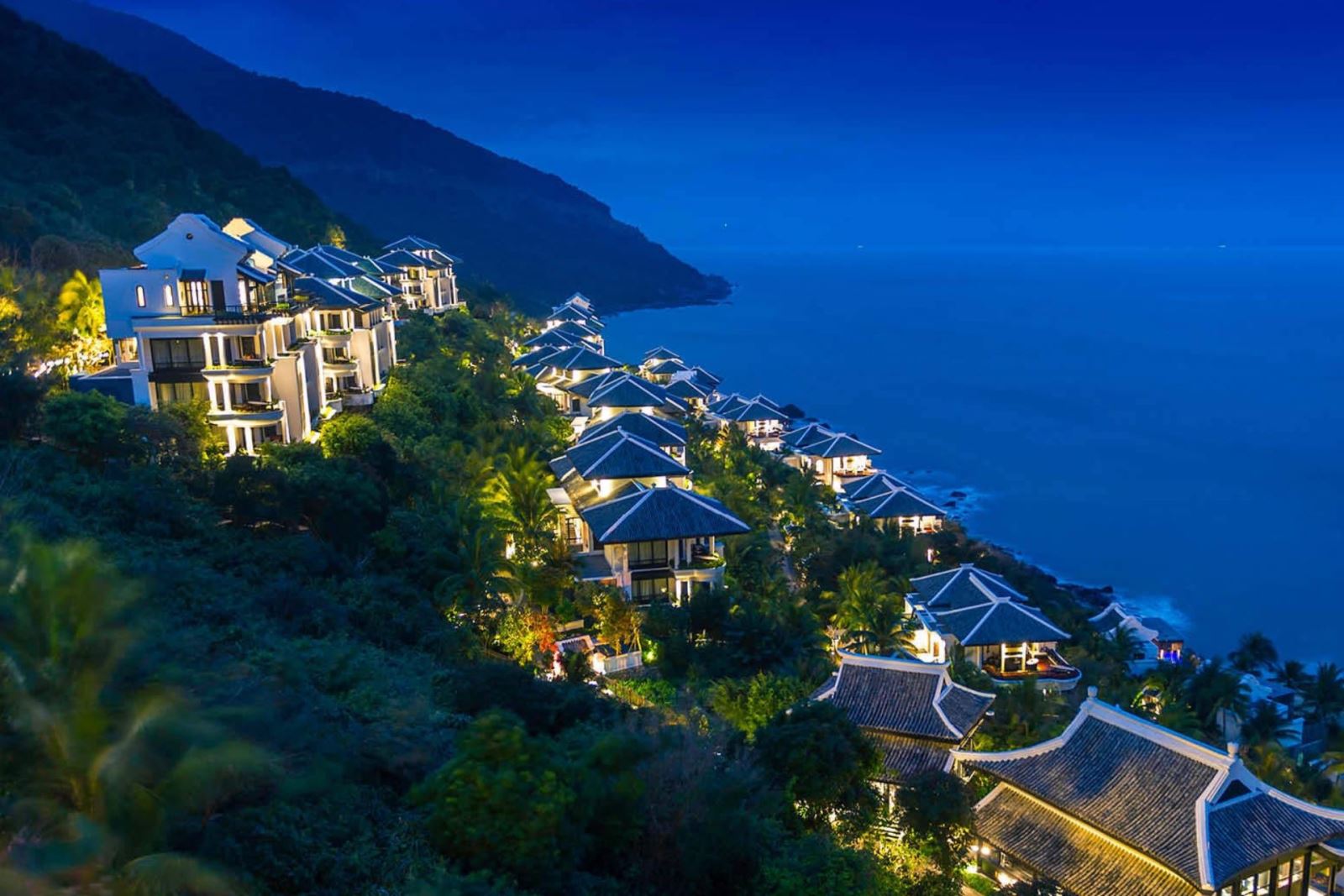 Accommodation, Transport, Communication
Accomodation:
Accommodation, Transport, Communication
Accomodation: There is a variety of options with different prices.
- Budget: Hostels and guesthouses starting at $5/night.
- Mid-range: Boutique hotels for $30-$60/night.
- Luxury: High-end resorts and international chains over $100/night.
Transport: Options include motorbike rentals, ride-hailing apps, taxis, buses, and trains.
Language: Vietnamese is the official language. Basic English is common in tourist areas. Learning common Vietnamese expressions like "Xin chao" (Hello) and "Cam on" (Thank you) can help enhance the experience.
Internet connection: Those visiting Vietnam for the first time are advised to purchase a SIM card upon arrival to ensure you can get connected everywhere as free Wifi may not be available in some public places and remote areas.
You can buy a Vietnamese SIM card at different airports, or outlets of official network operators Viettel, Vinaphone, Mobifone, and Vietnamobile.
A Vietnamese SIM card and prepaid data package usually costs between VND150,000-VND350,000 ($6.50-$15) depending on how long you're going to stay in Vietnam and how much mobile data you want.
Other notes:
- Safety: Watch out for pickpockets and scams in tourist areas.
- Etiquette: Remove shoes before entering homes or temples, and dress modestly for religious sites.
- Festivals: Plan visits during the Lunar New Year (
Tet) or Mid-Autumn Festival for unique cultural experiences. Beware that many restaurants and shops are closed during the first days of
Tet.
- Cash: The Vietnamese dong (VND) is the local currency. ATMs and card payments are common in cities but prepare cash for rural areas.
You can read more about the necessary phone applications when traveling in Vietnam to prepare for this exciting journey of discovery at the link:
https://hanoigreentour.com/essential-applications-when-traveling-to-vietnam/
Source: https://e.vnexpress.net
 Visa policy
Visa policy What to pack for a Vietnam trip
What to pack for a Vietnam trip Accommodation, Transport, Communication
Accommodation, Transport, Communication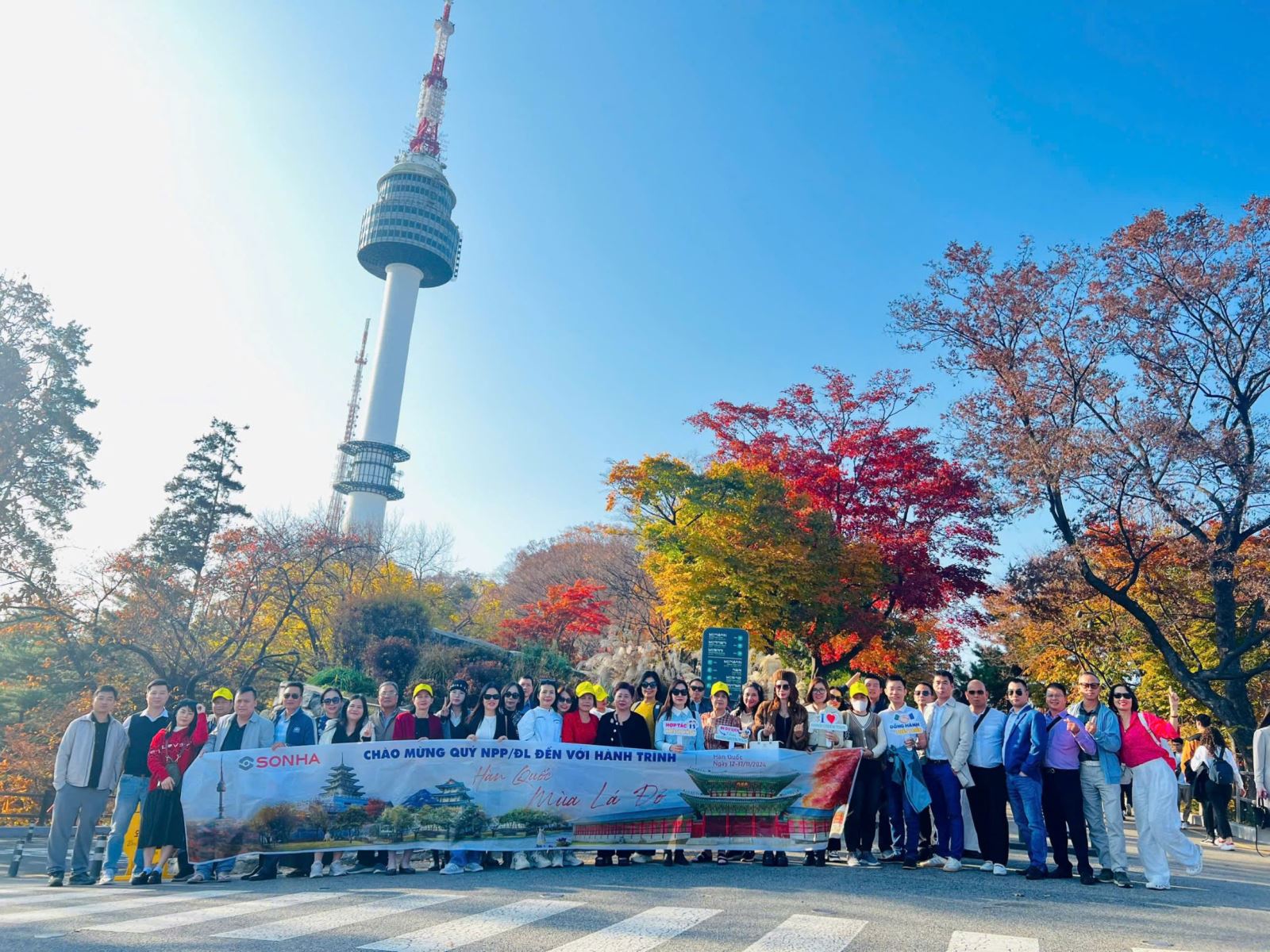
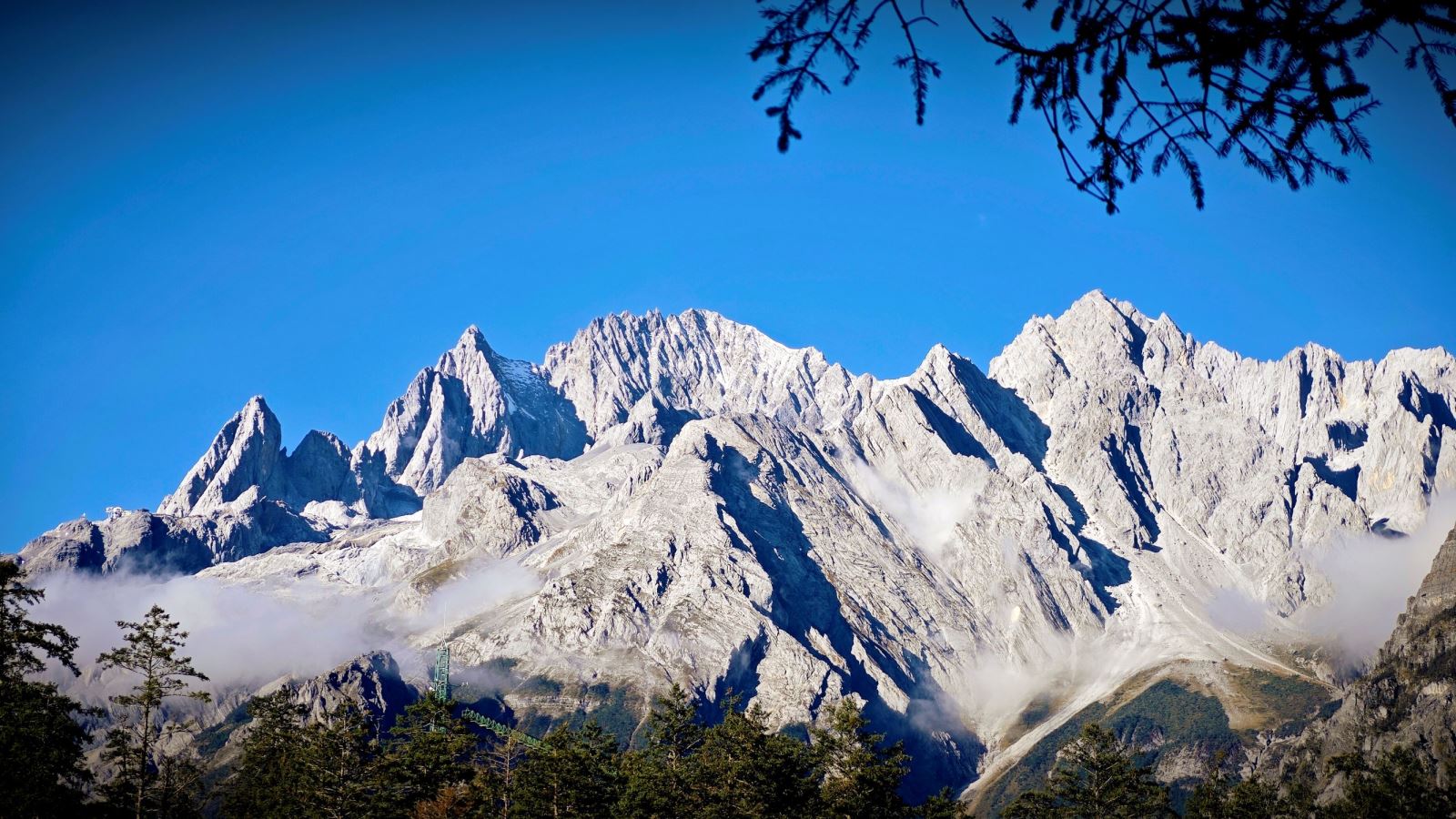


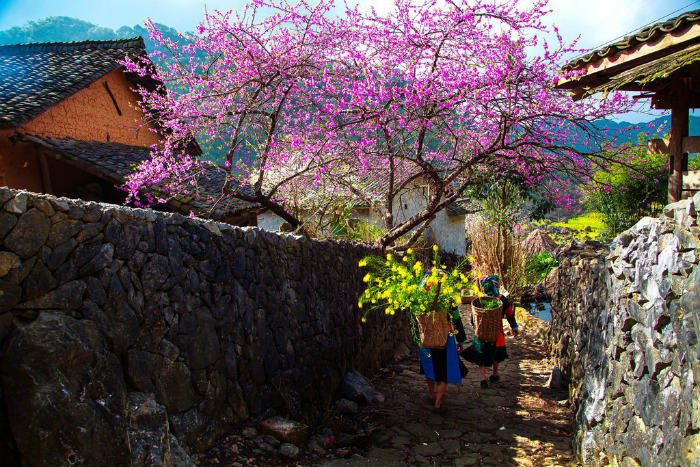
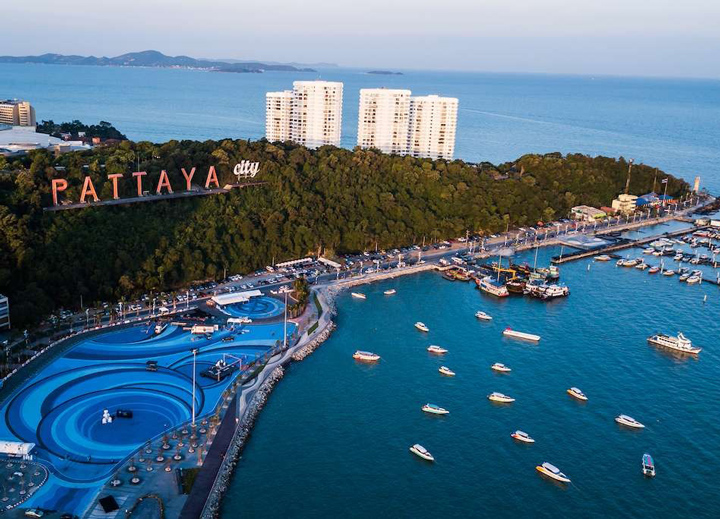


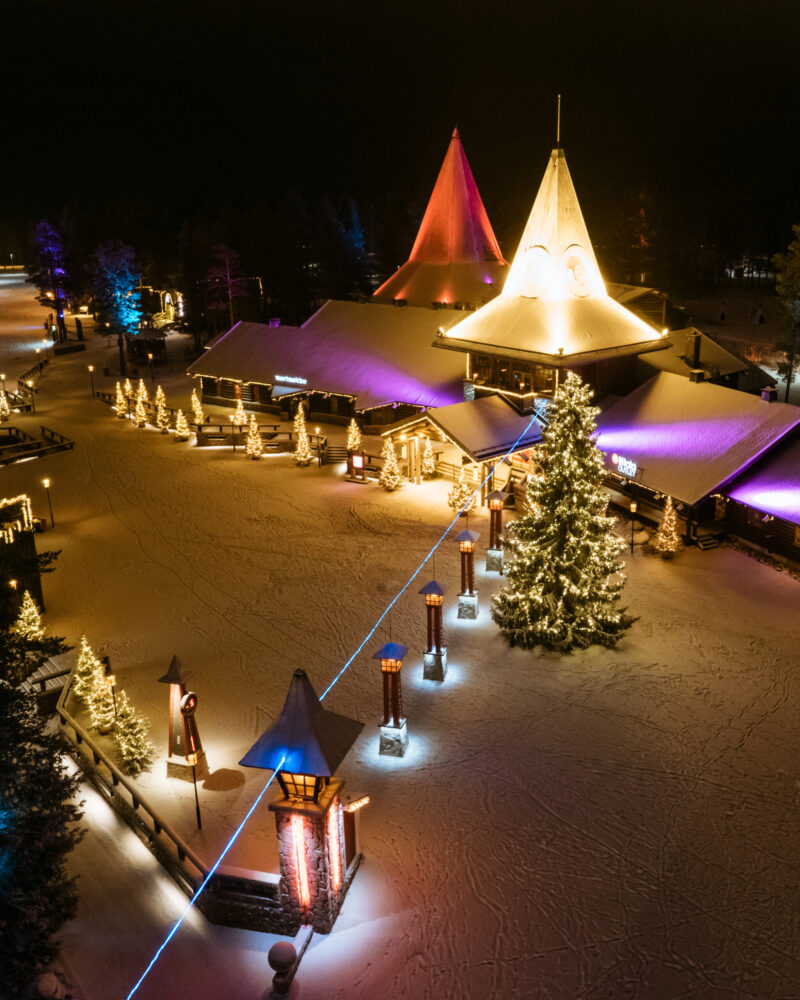
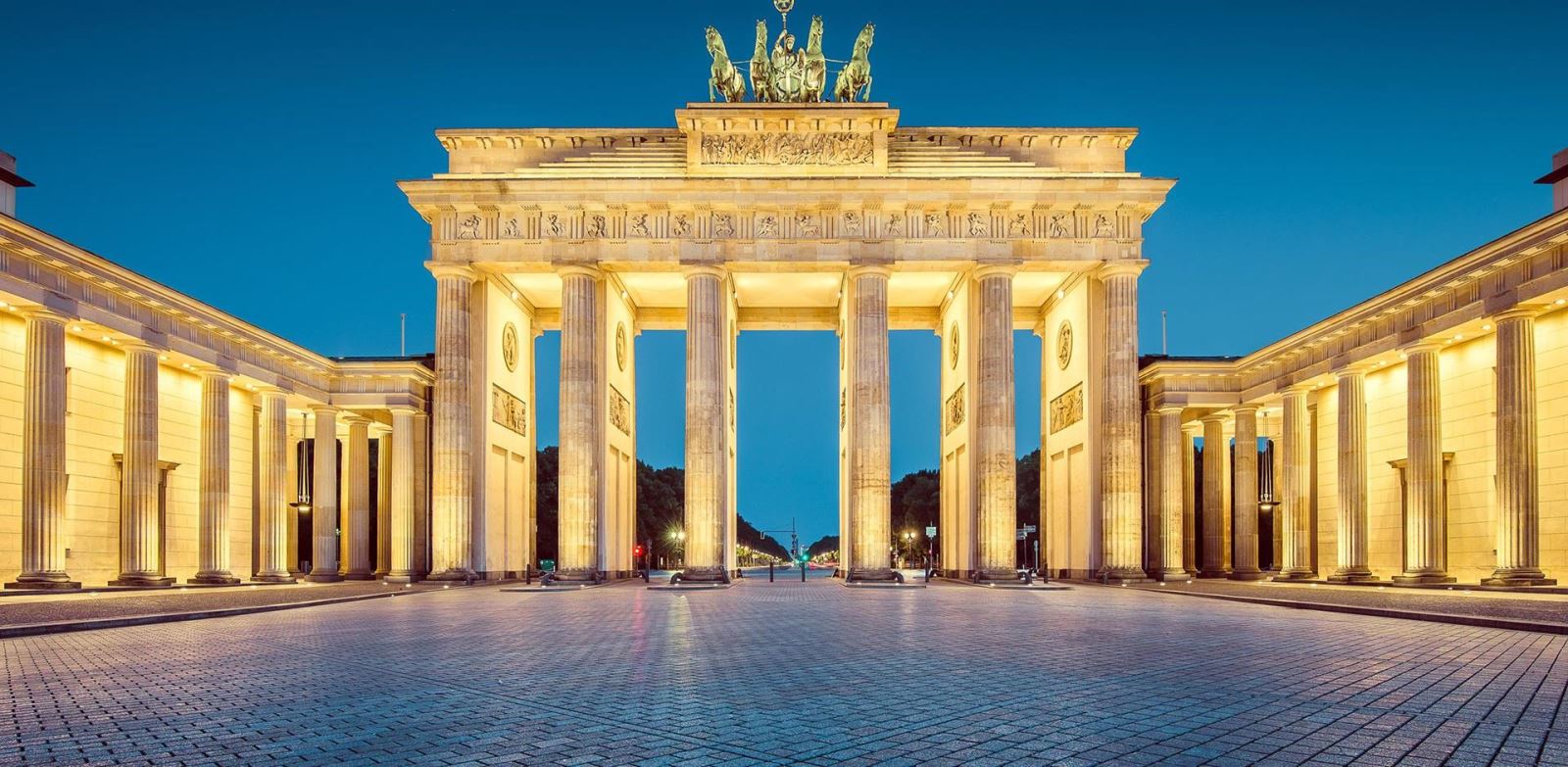
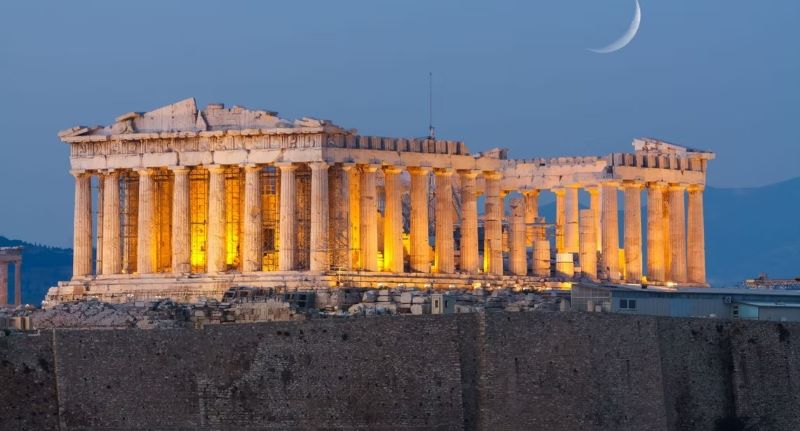

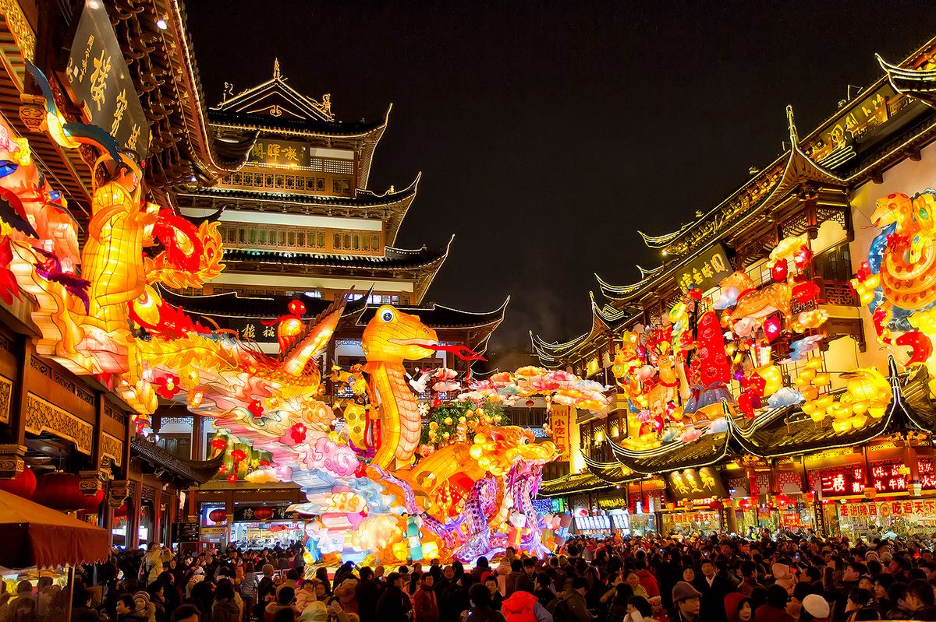

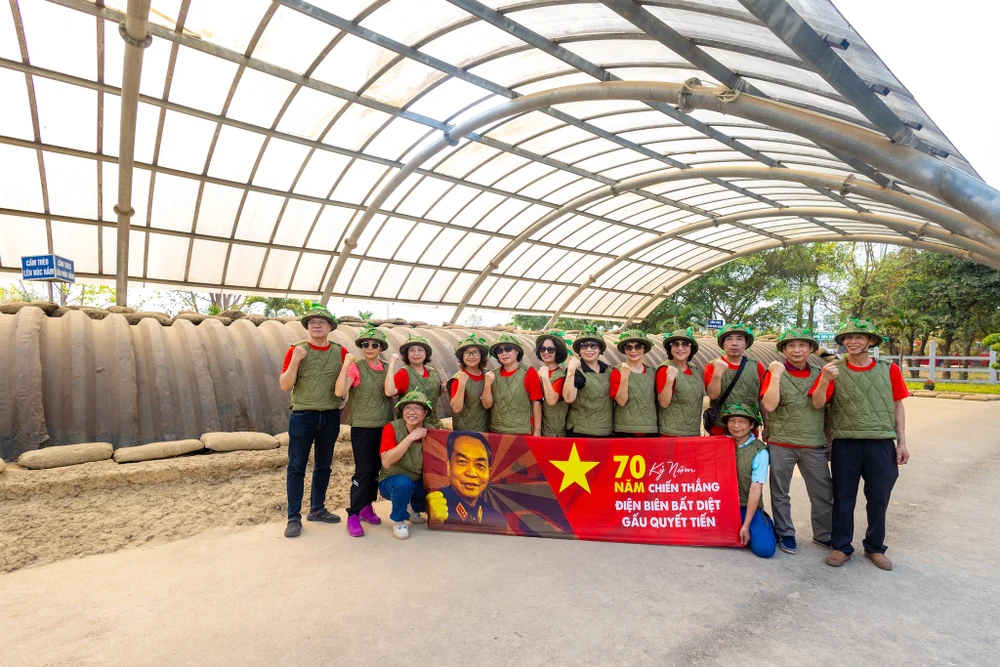
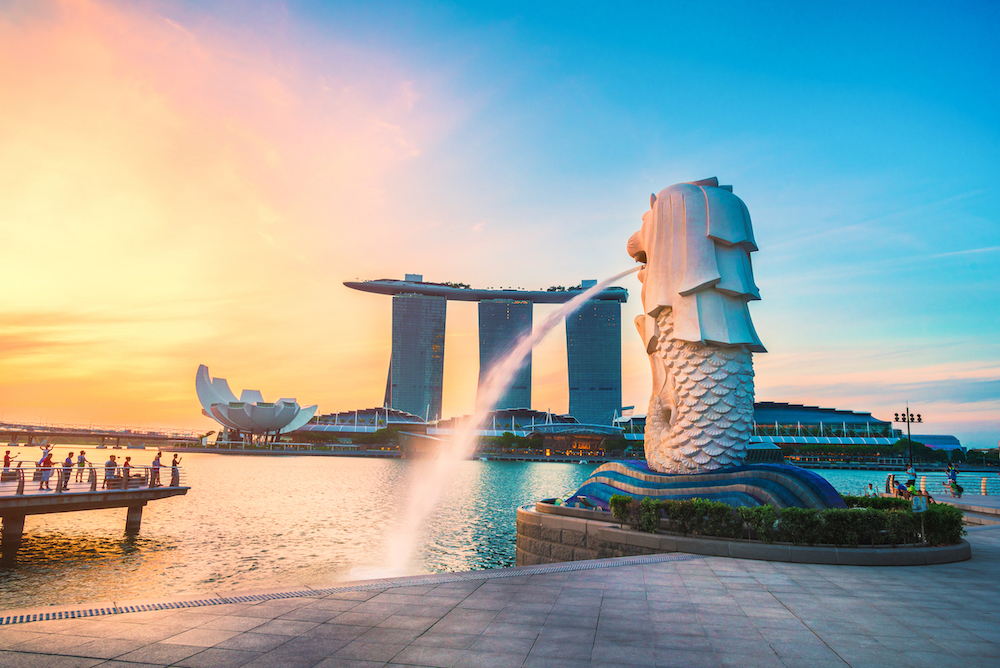
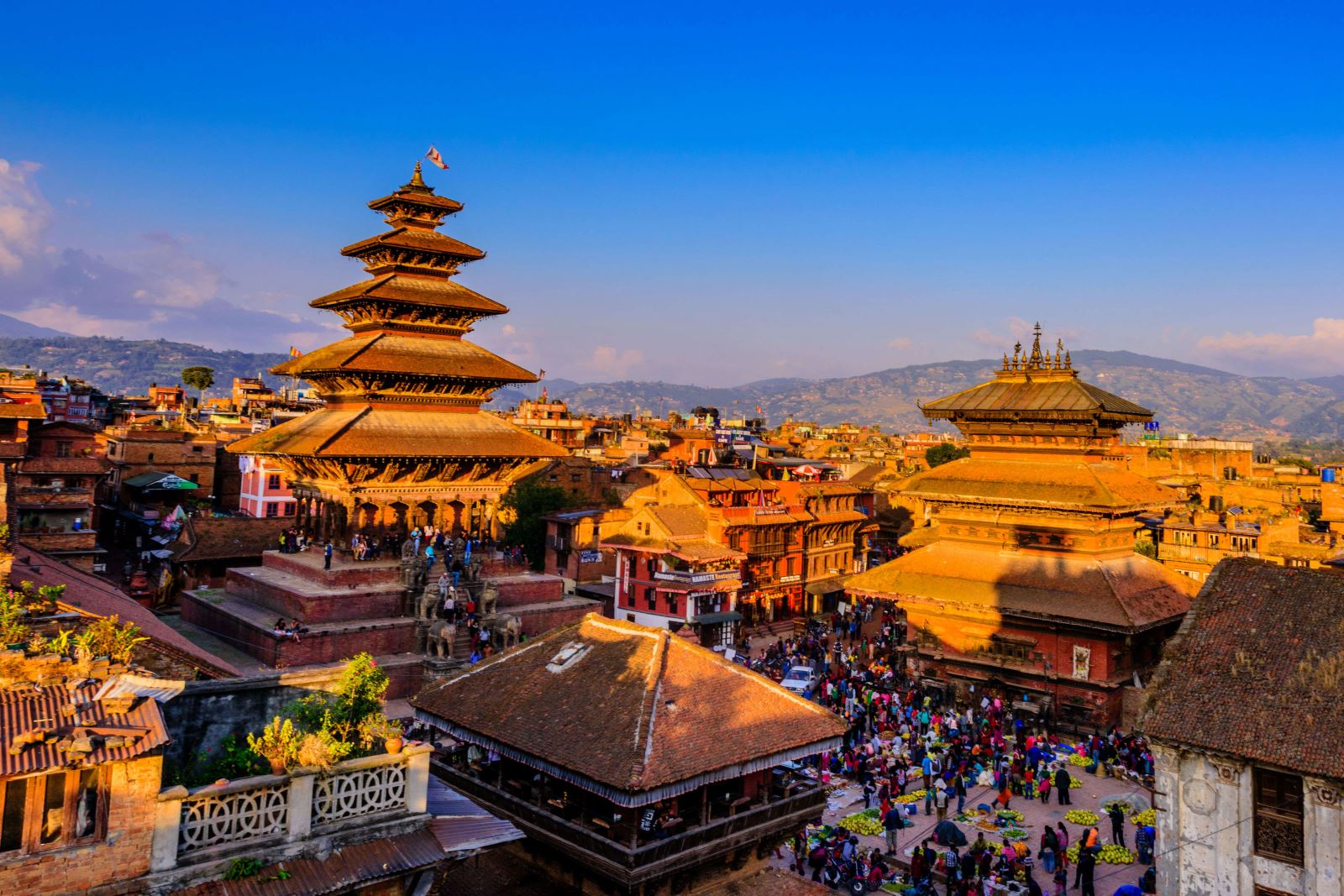
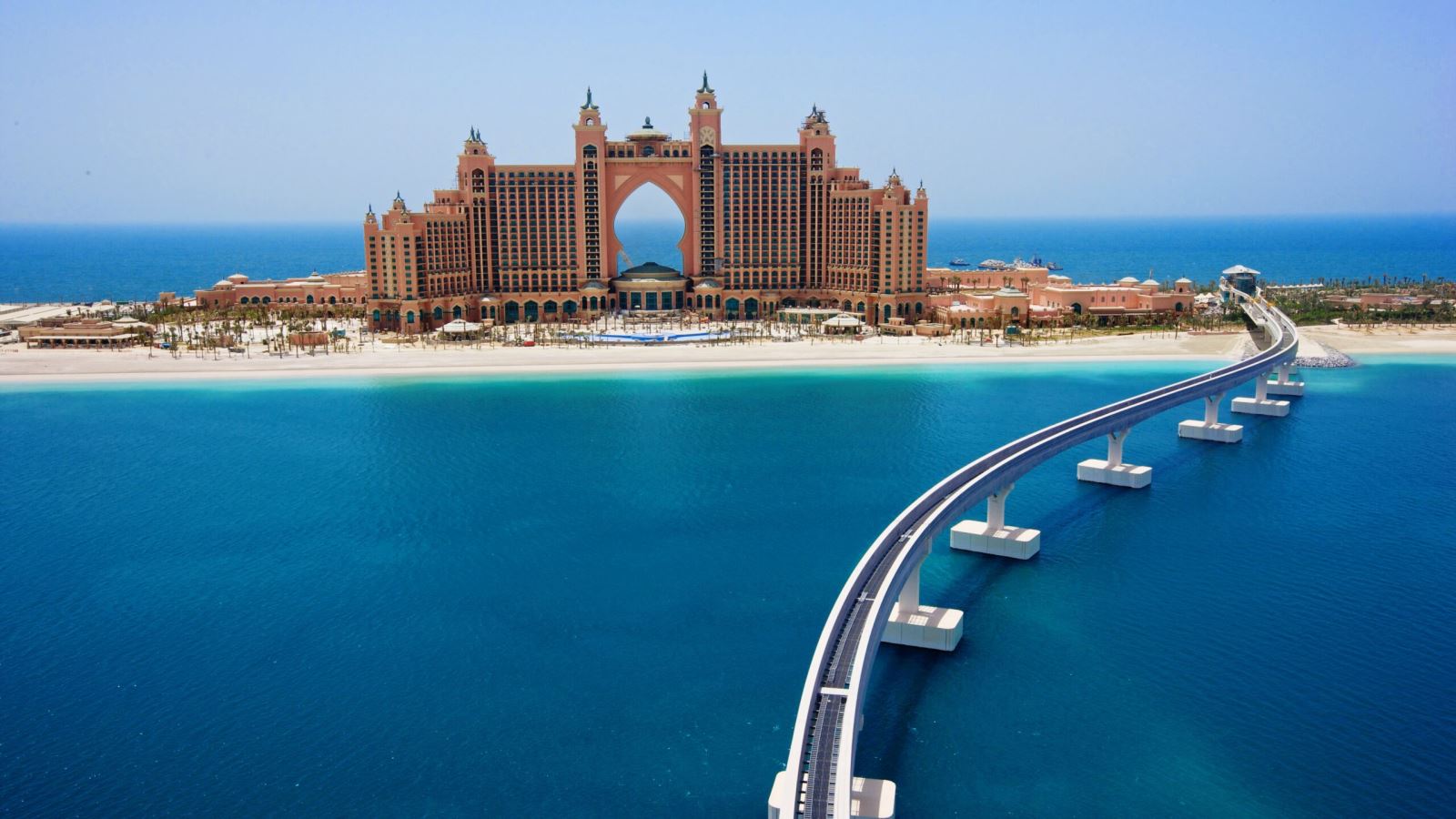

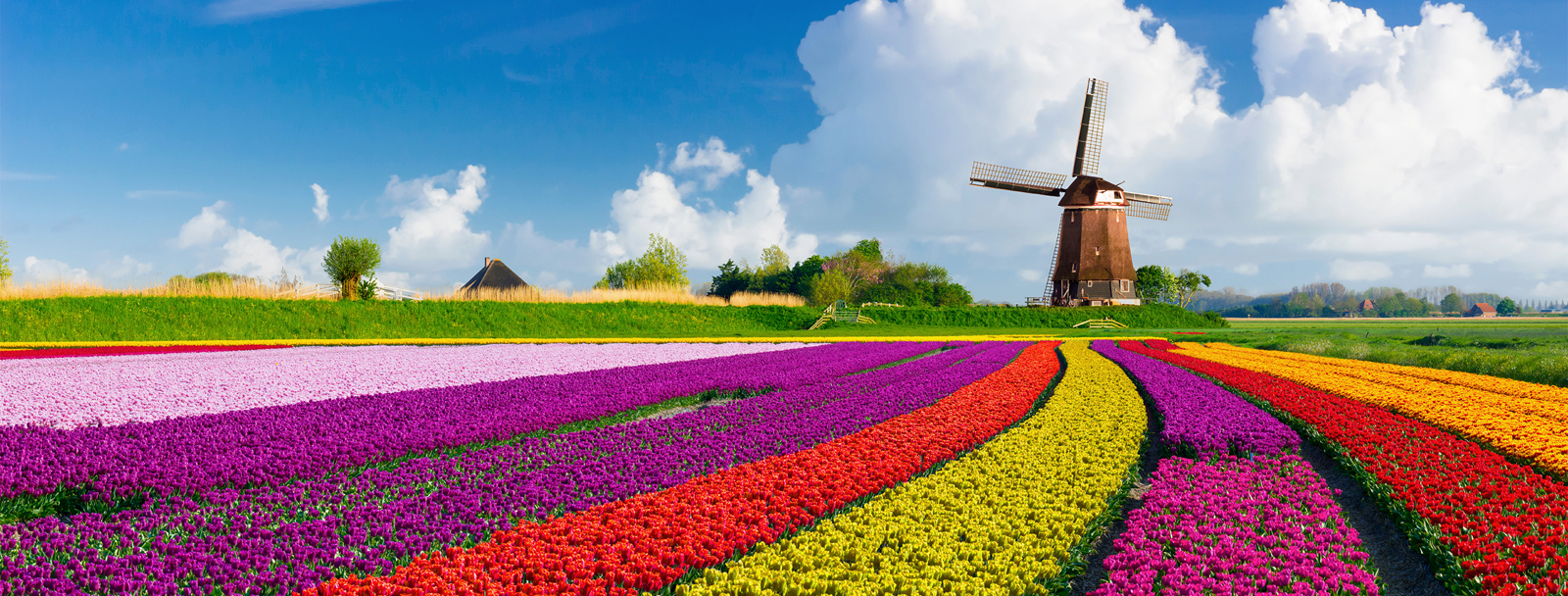

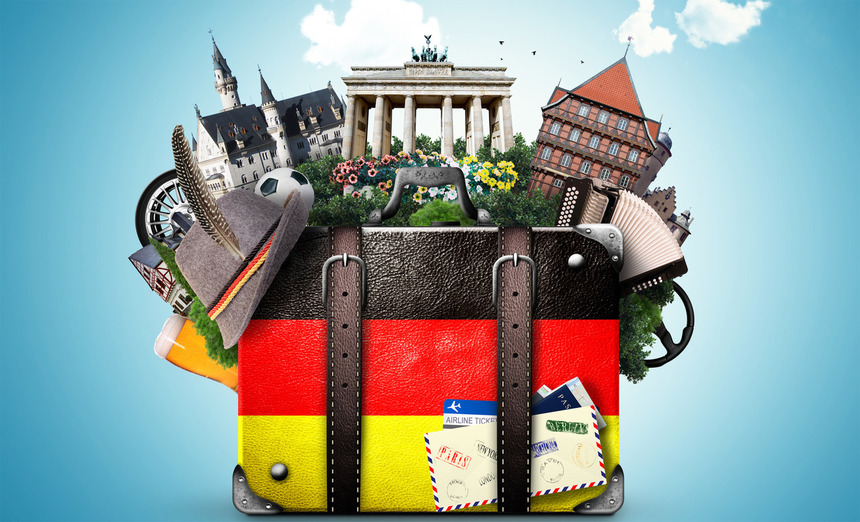



.jpg)
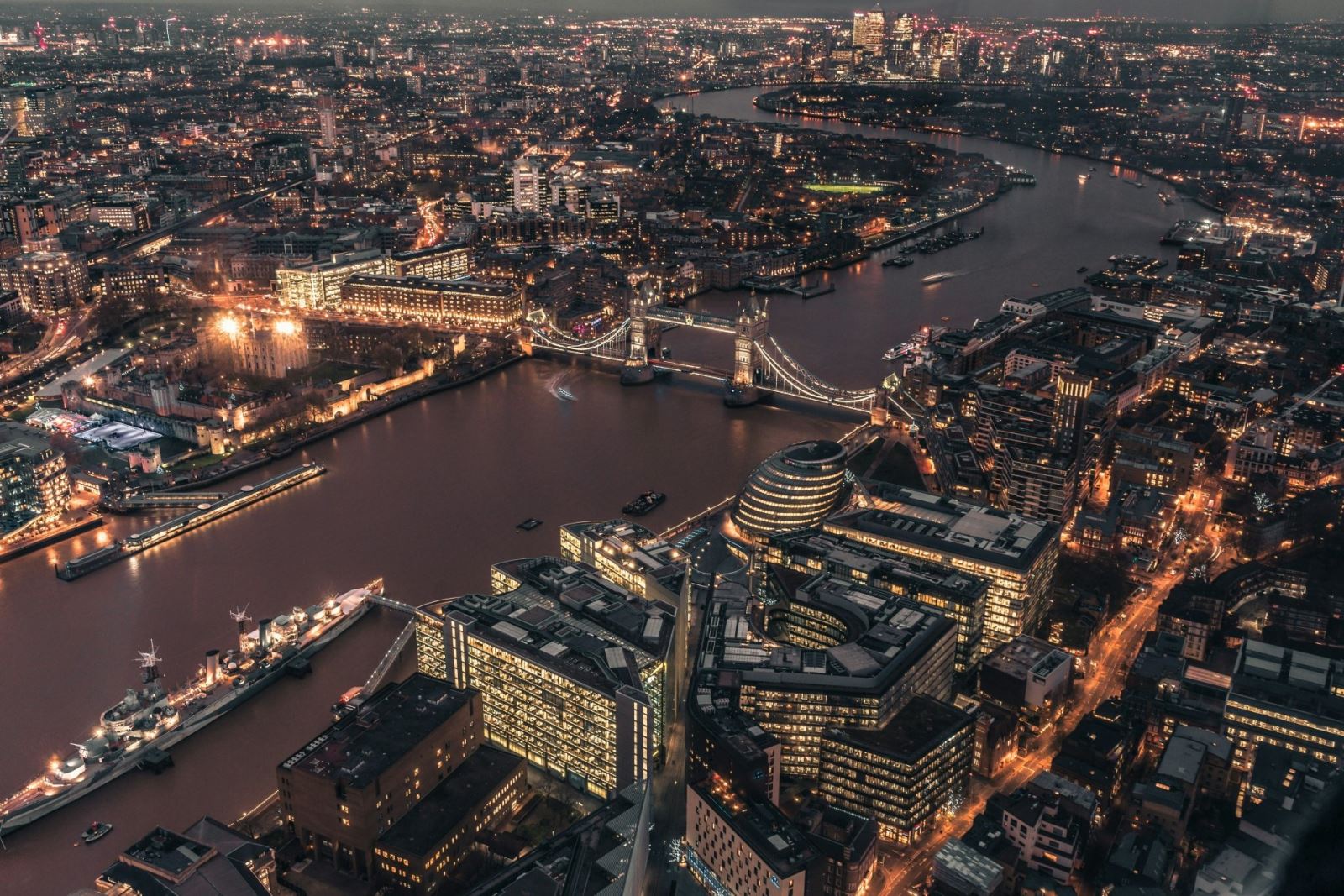

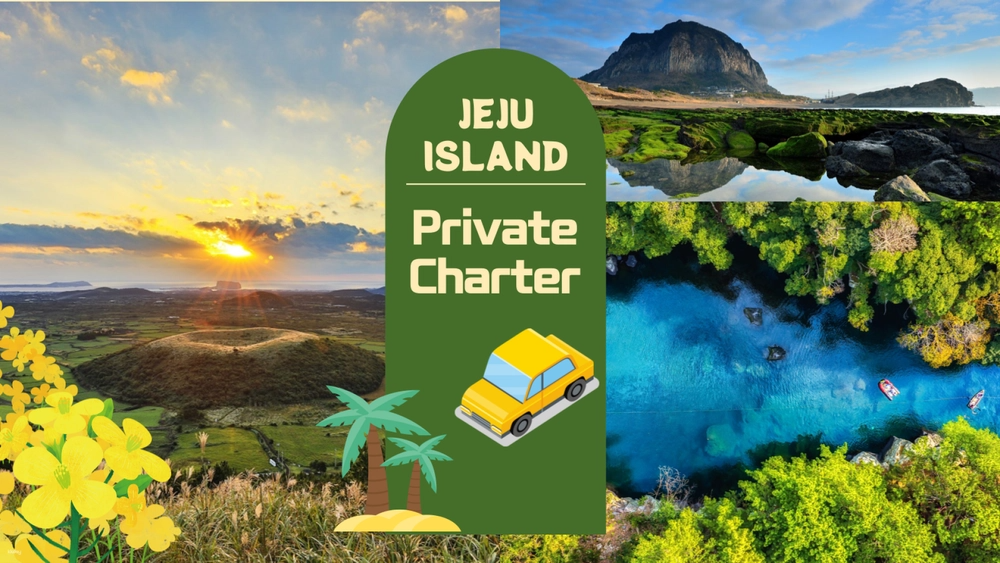
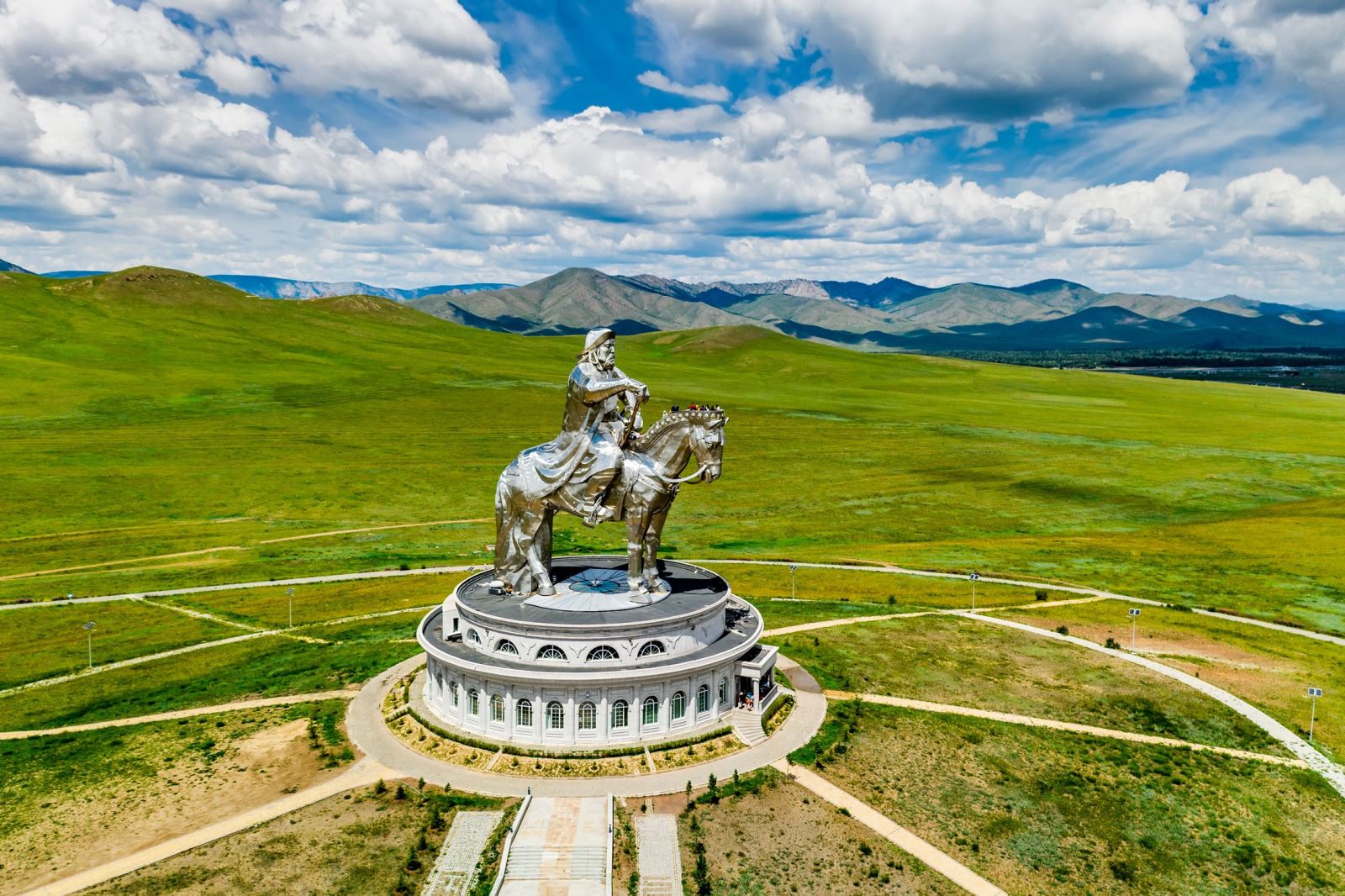
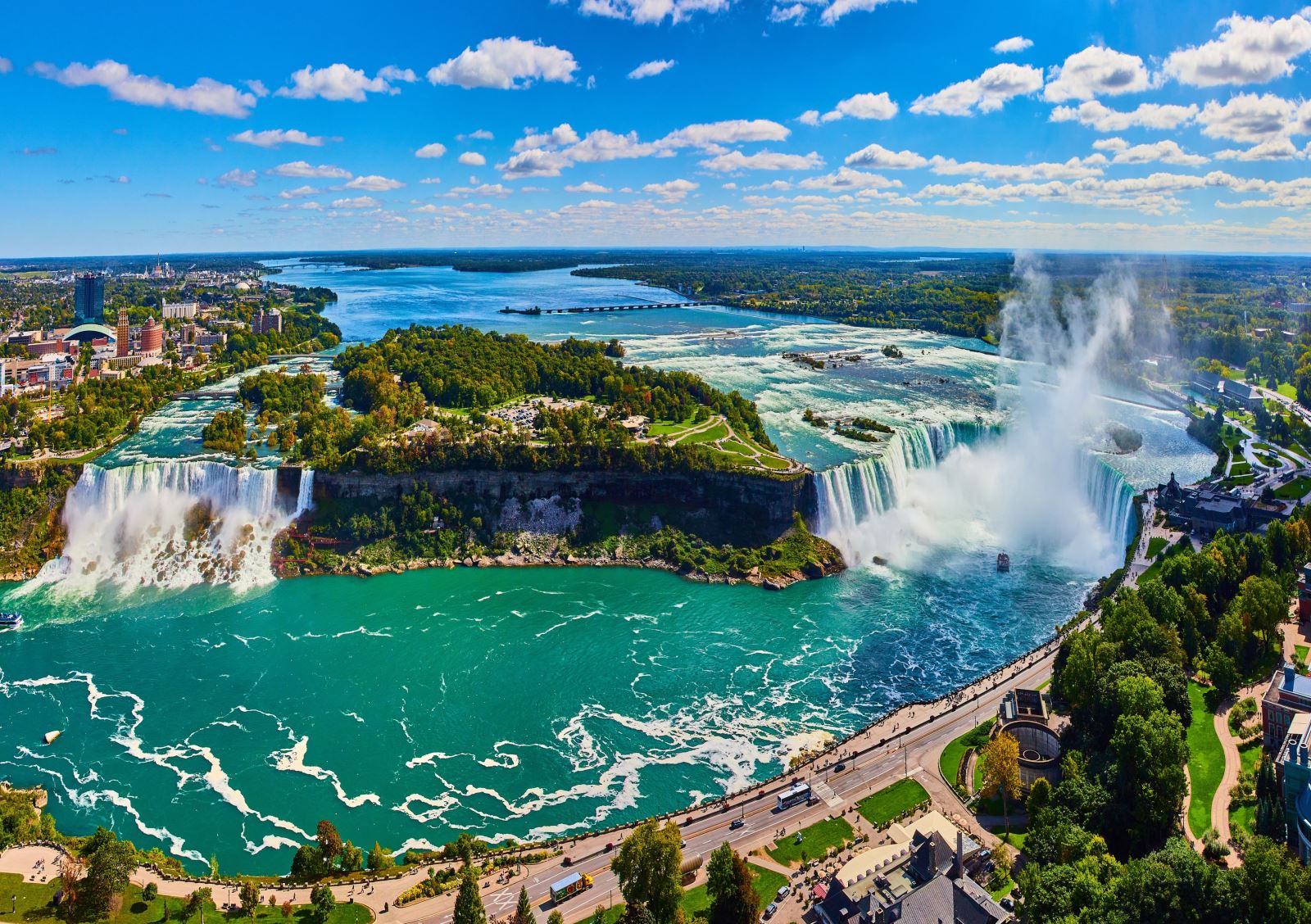
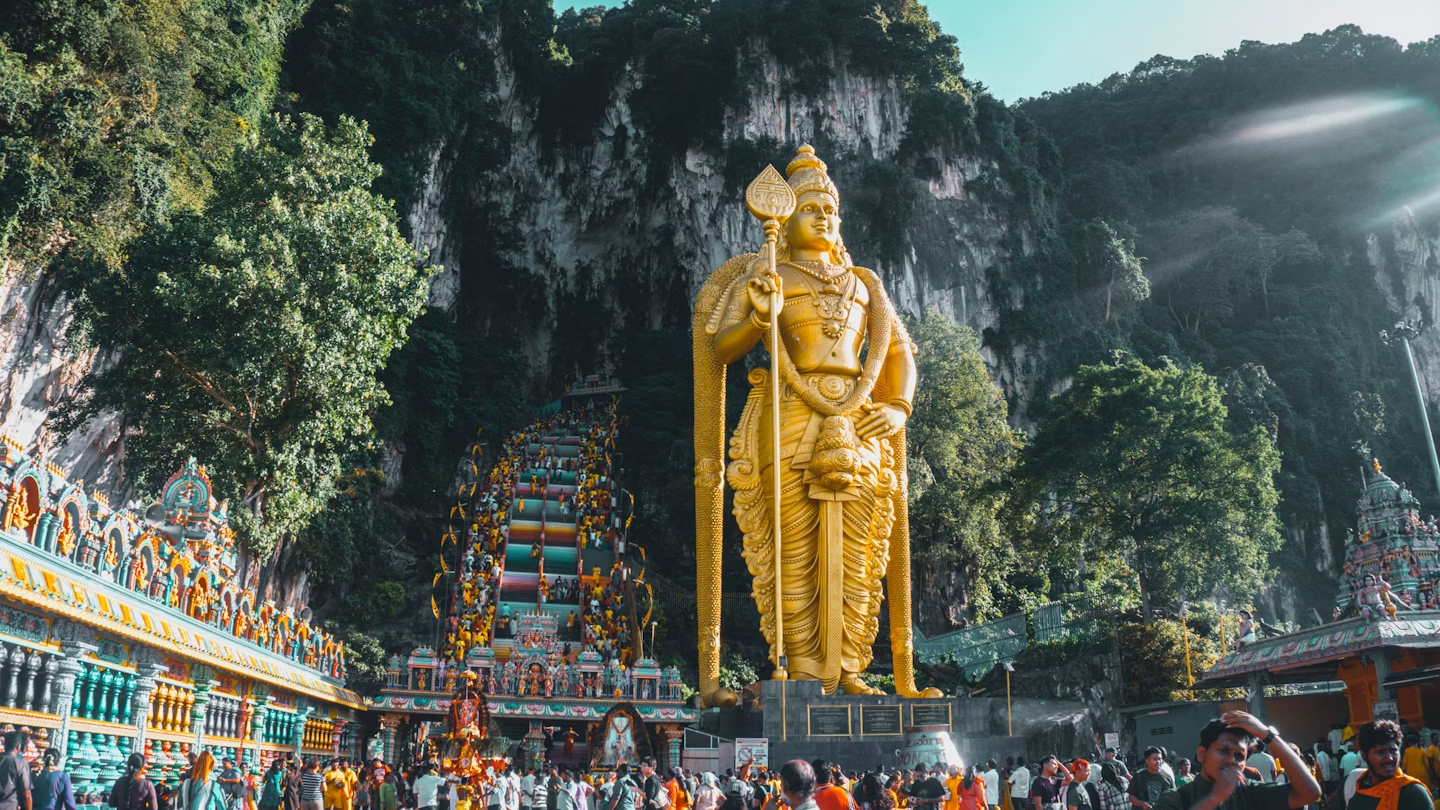
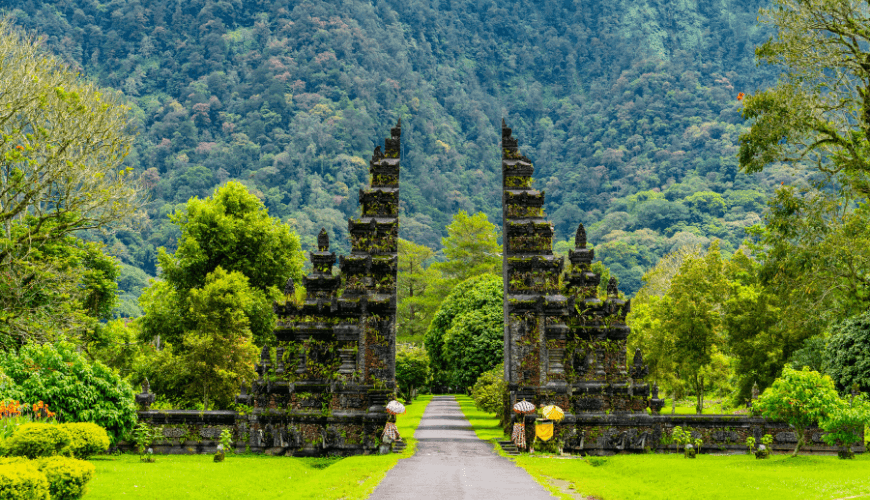



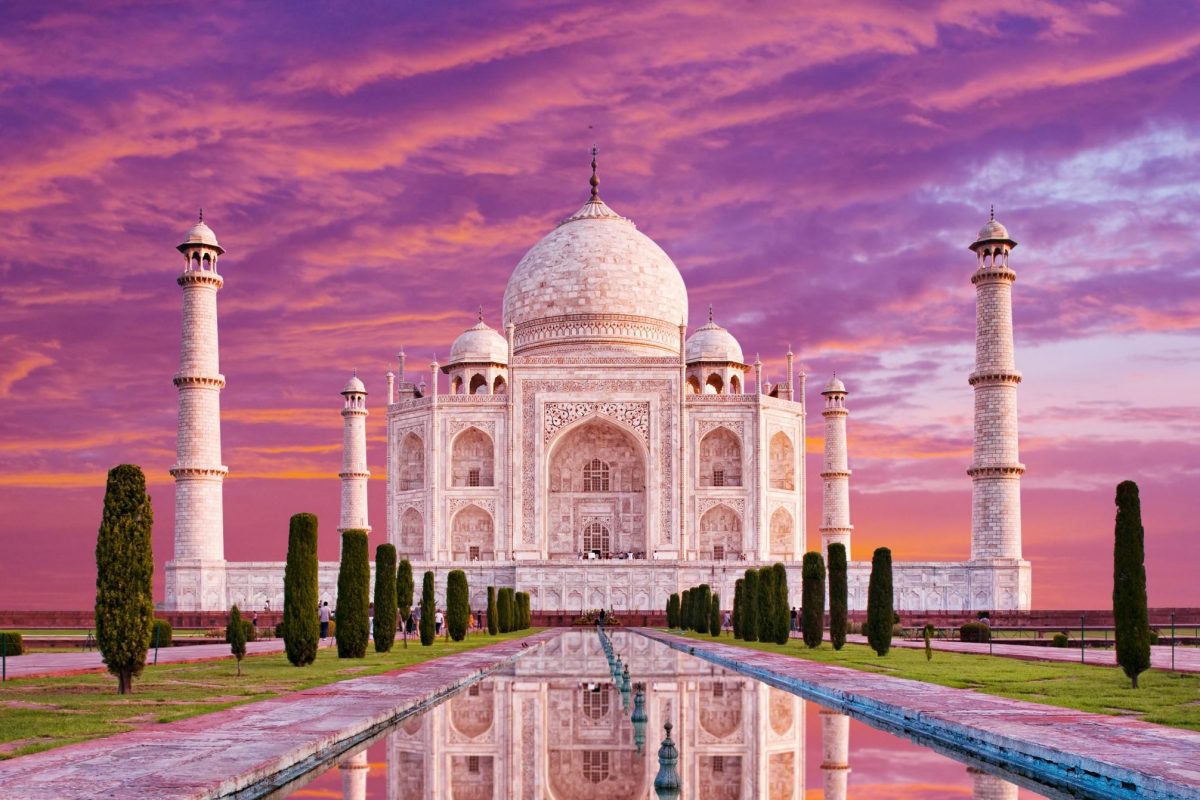


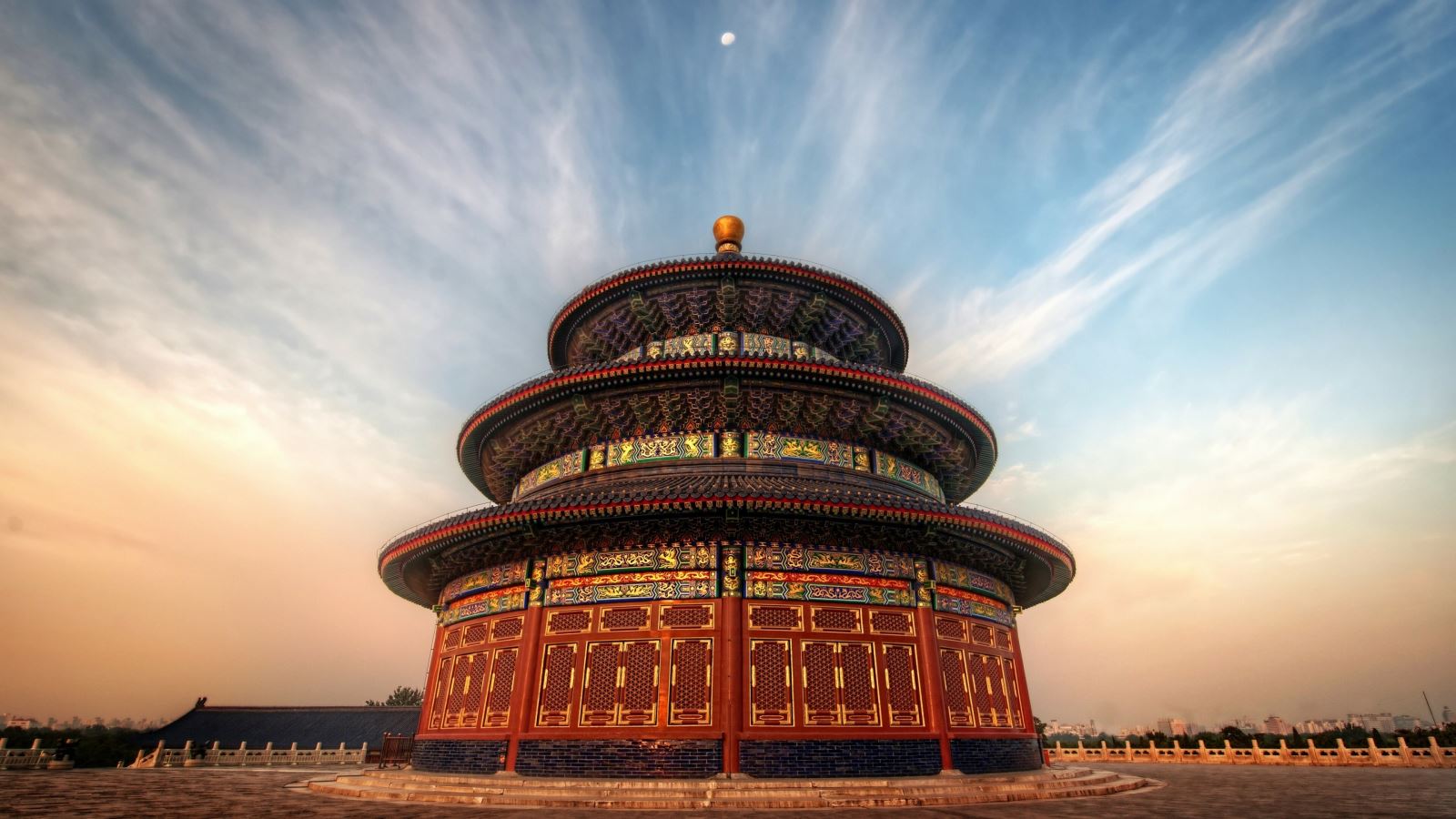

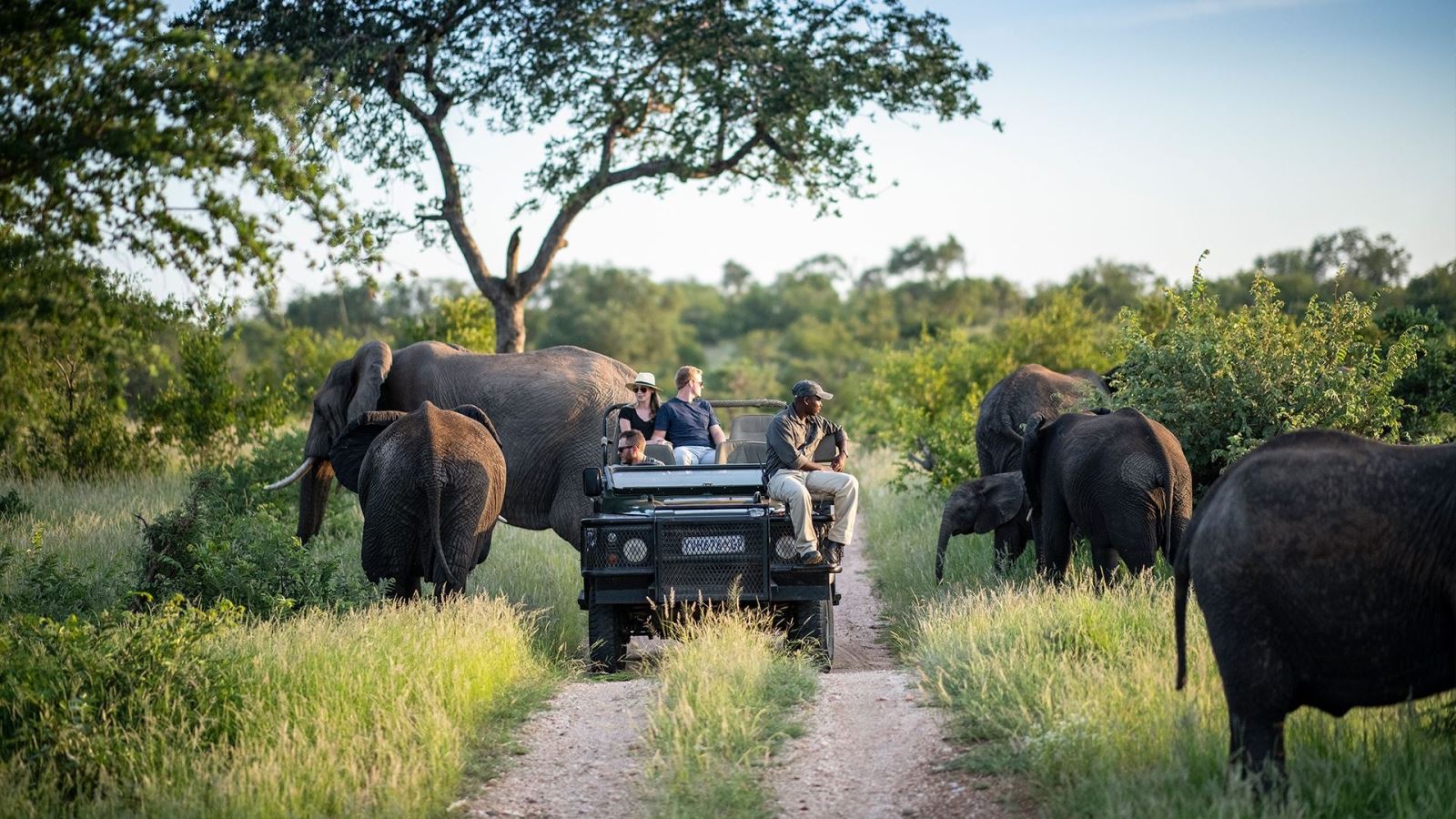
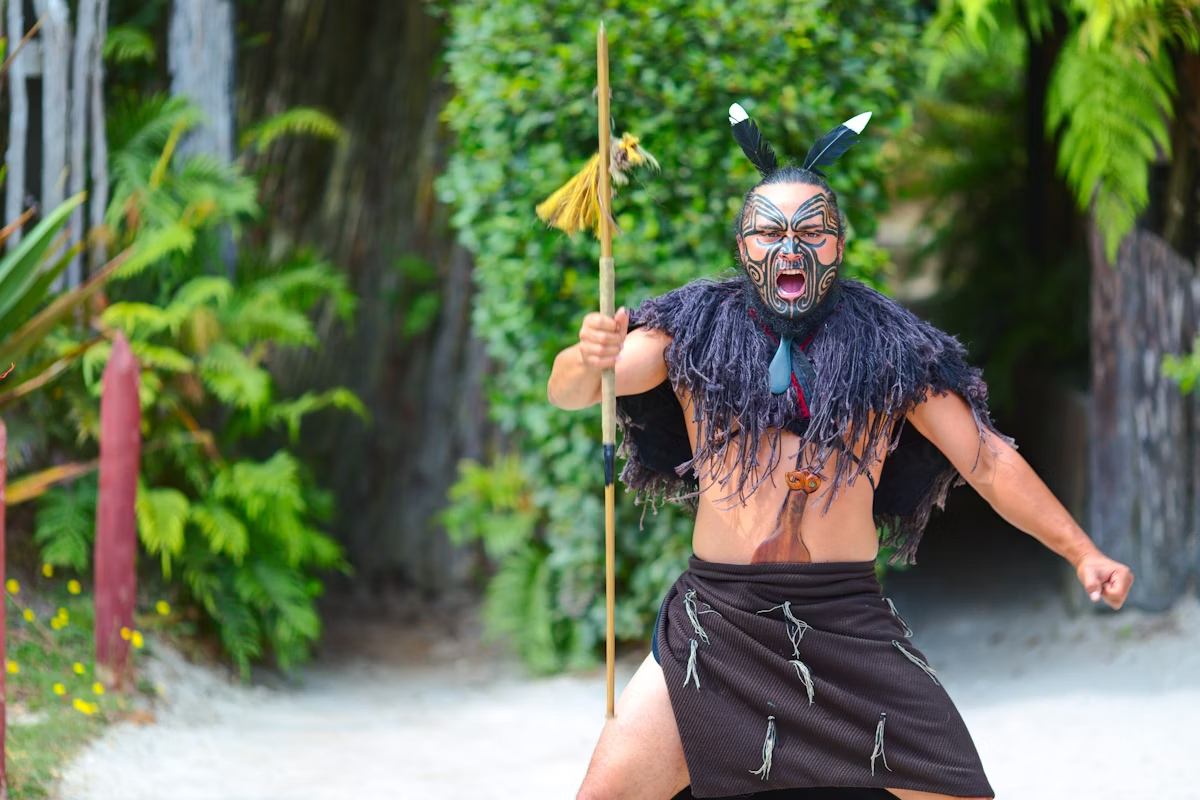
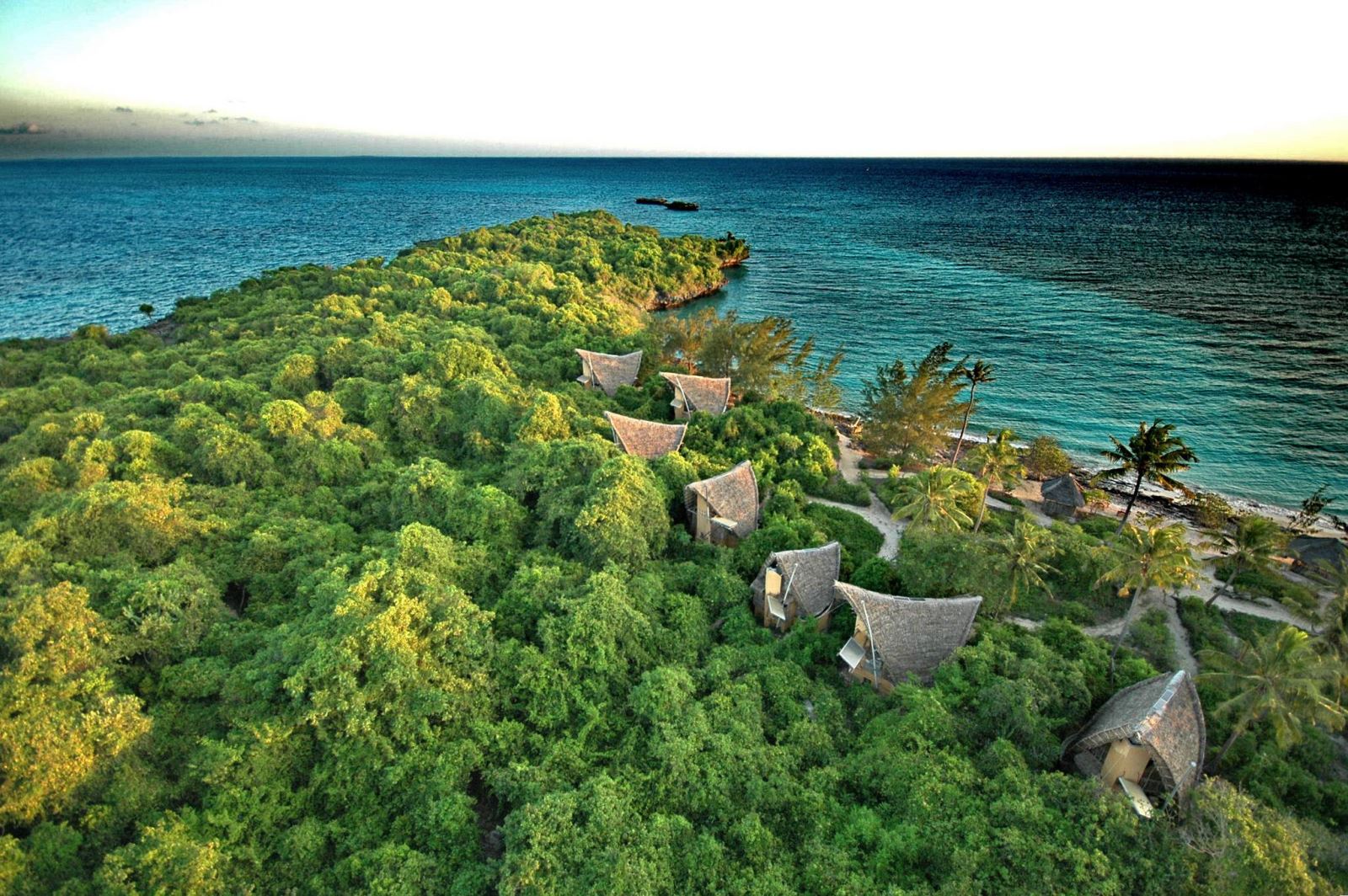
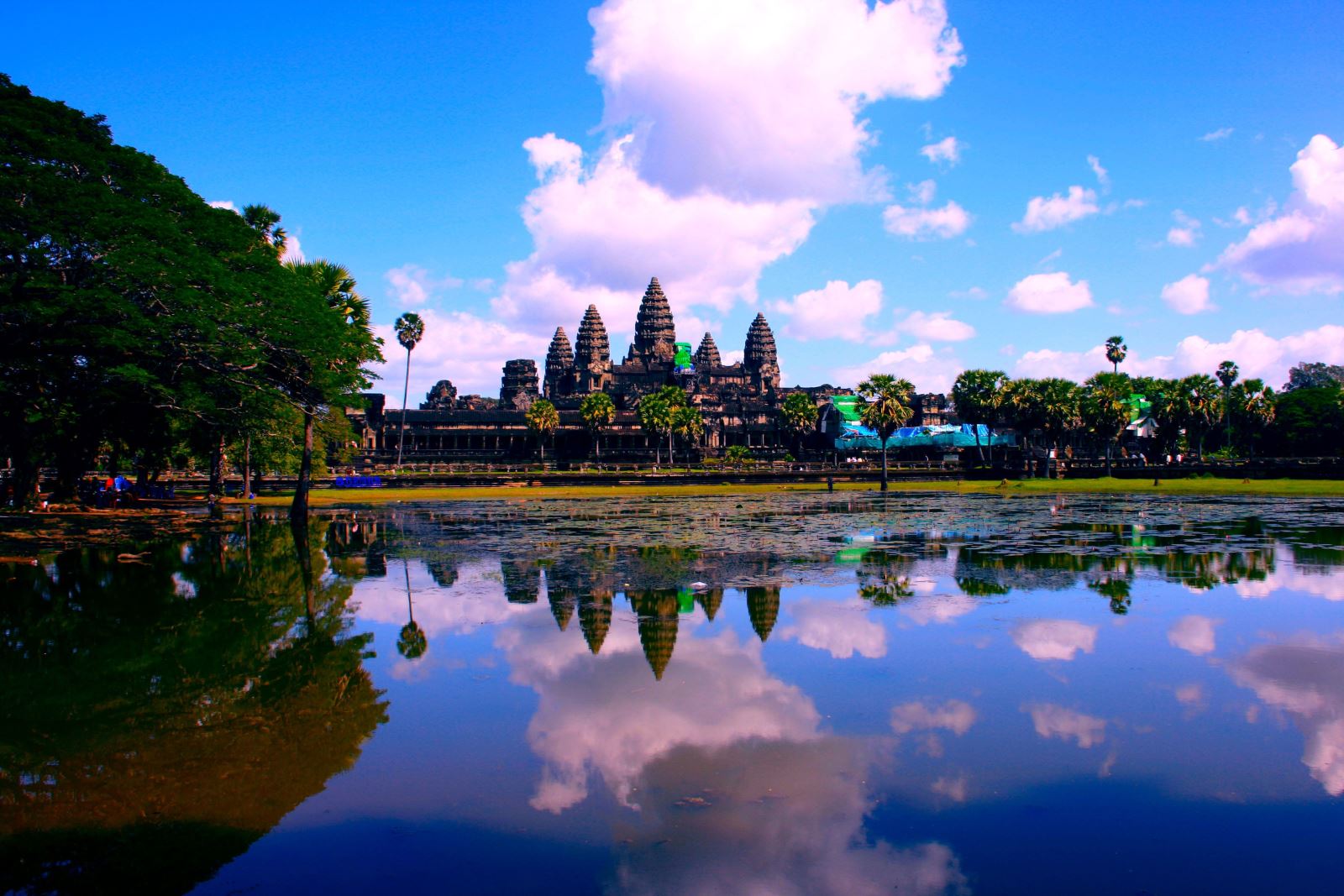
.png)



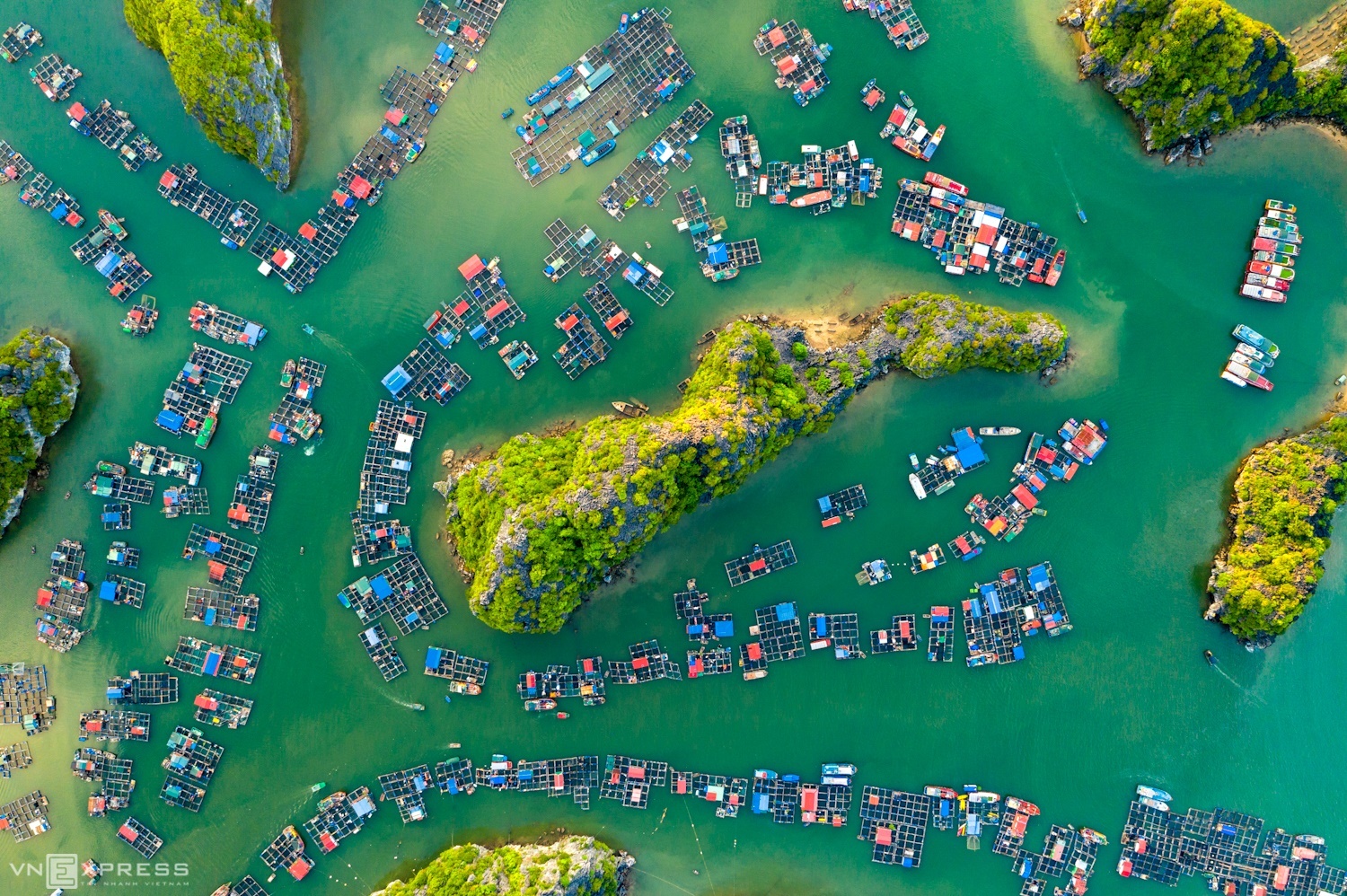
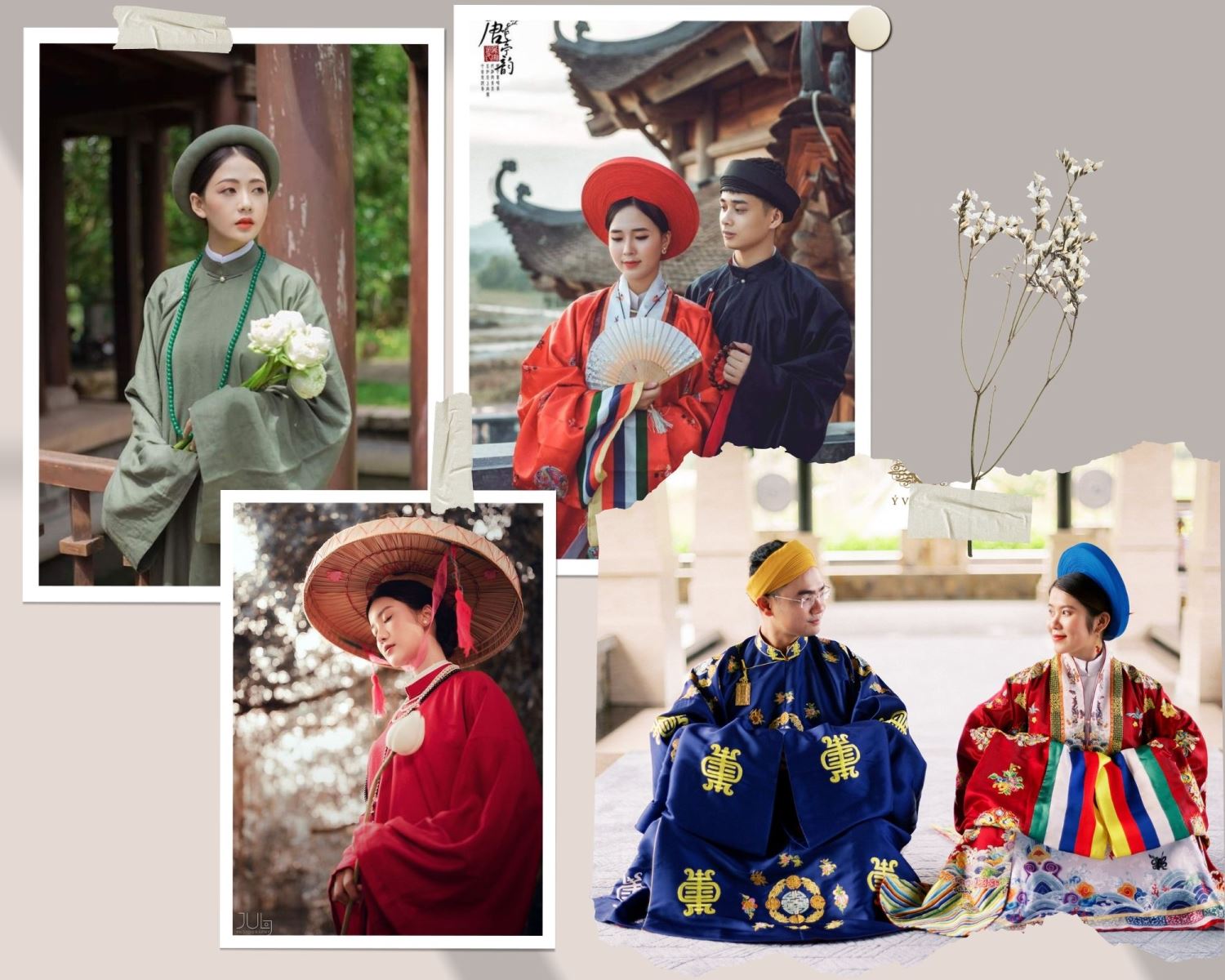
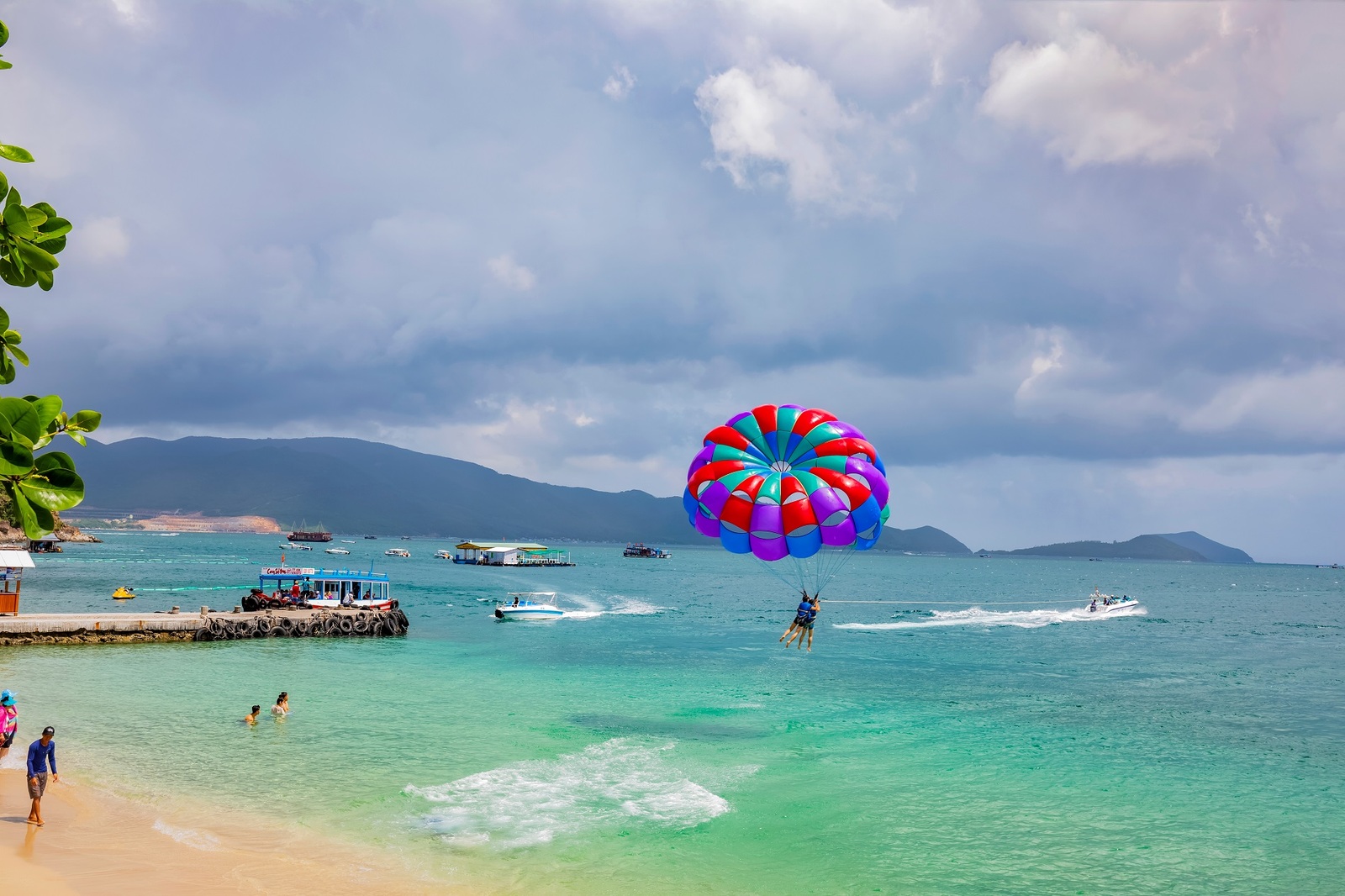
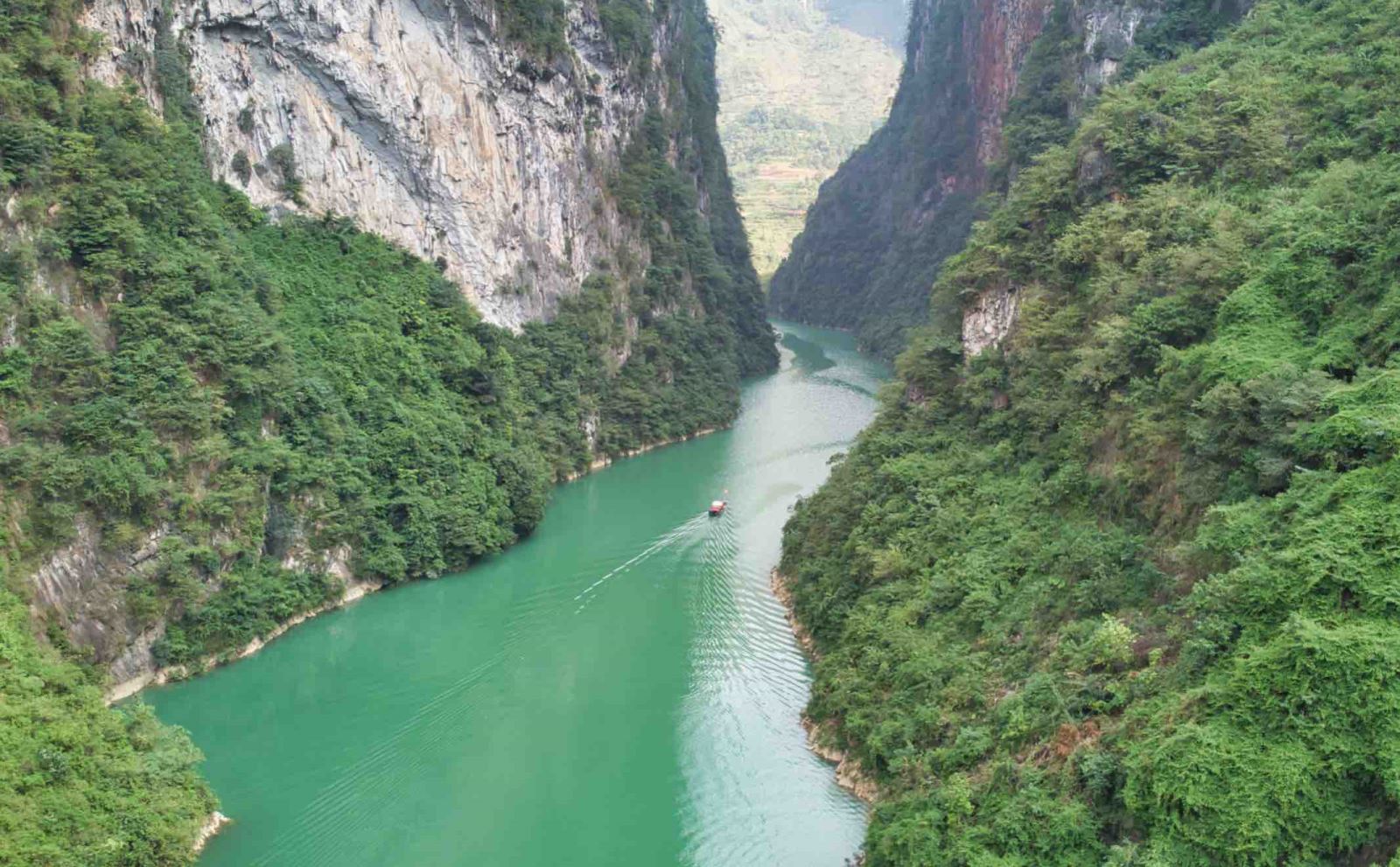
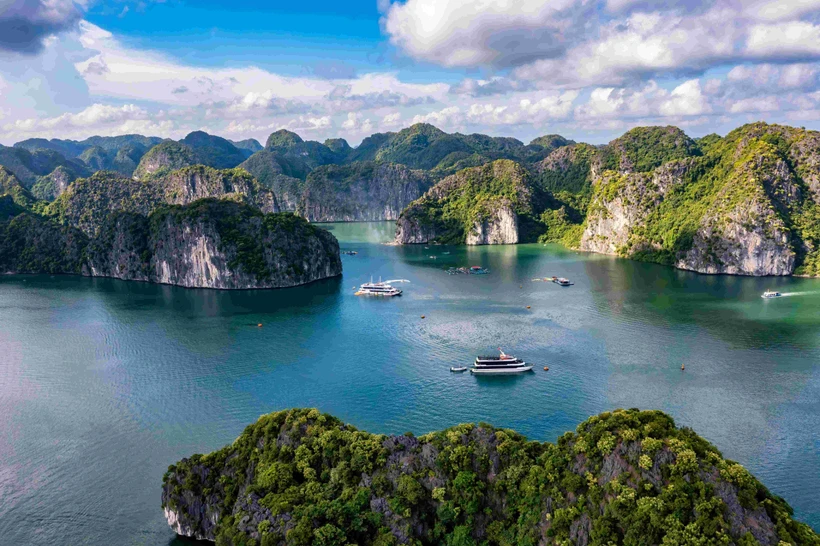
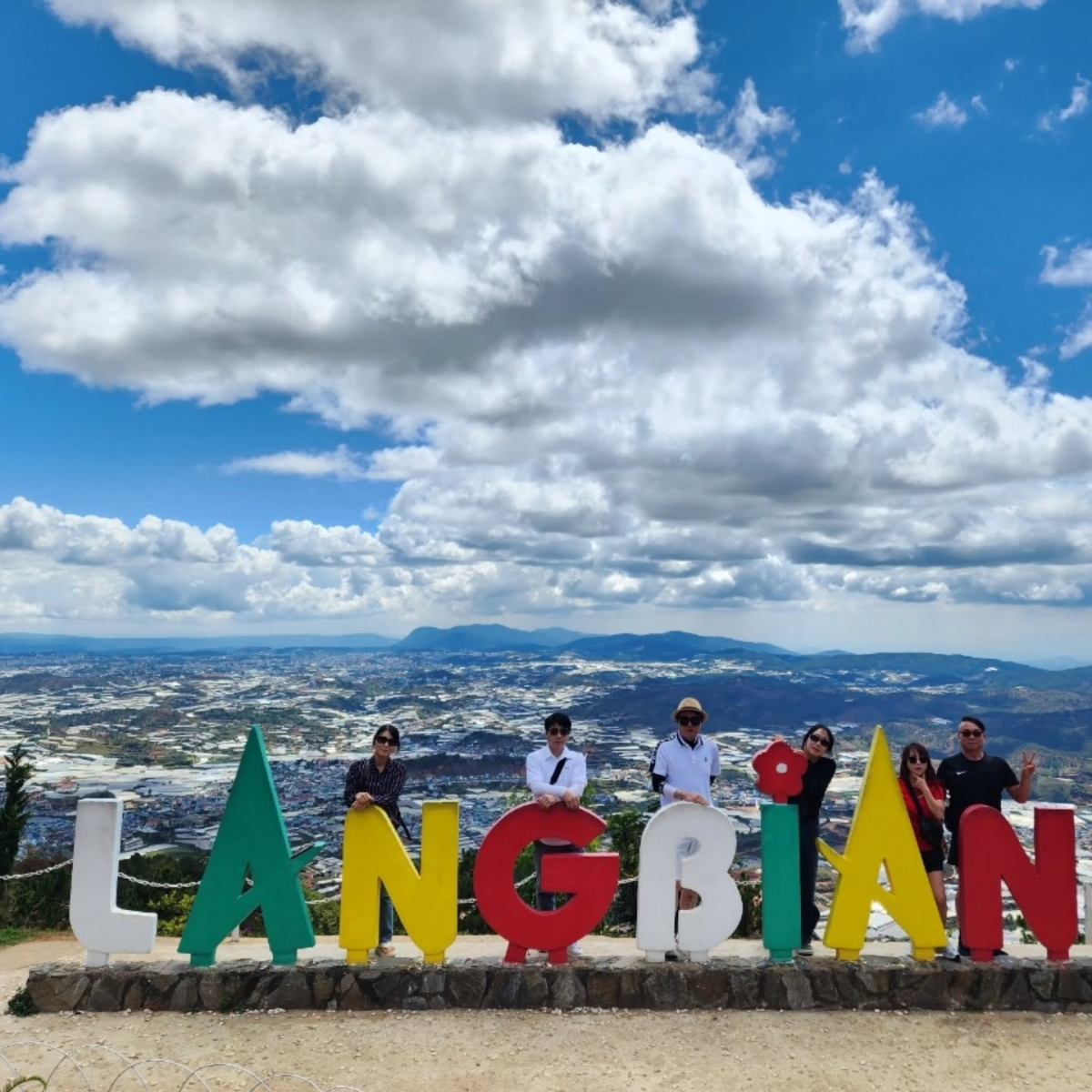
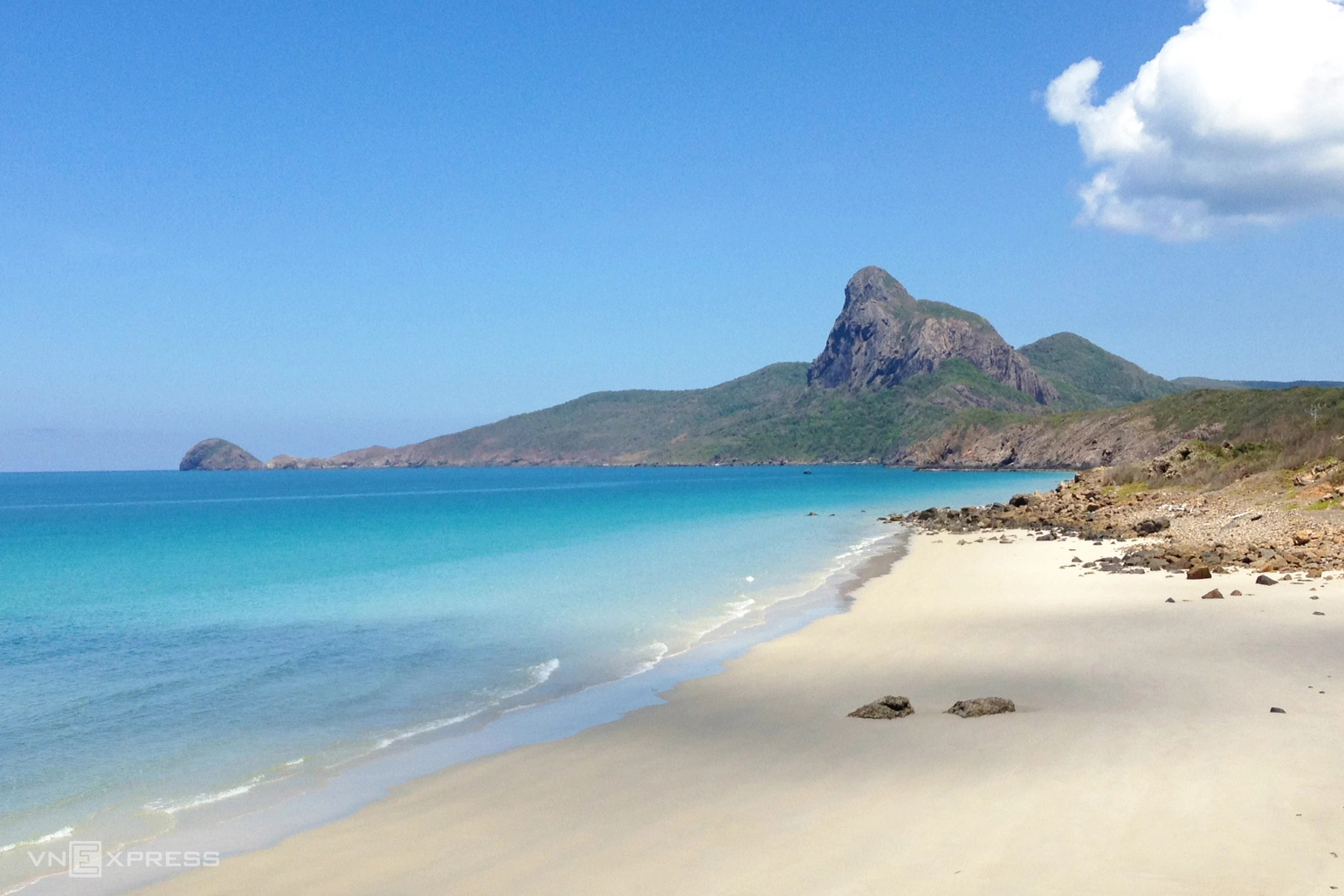
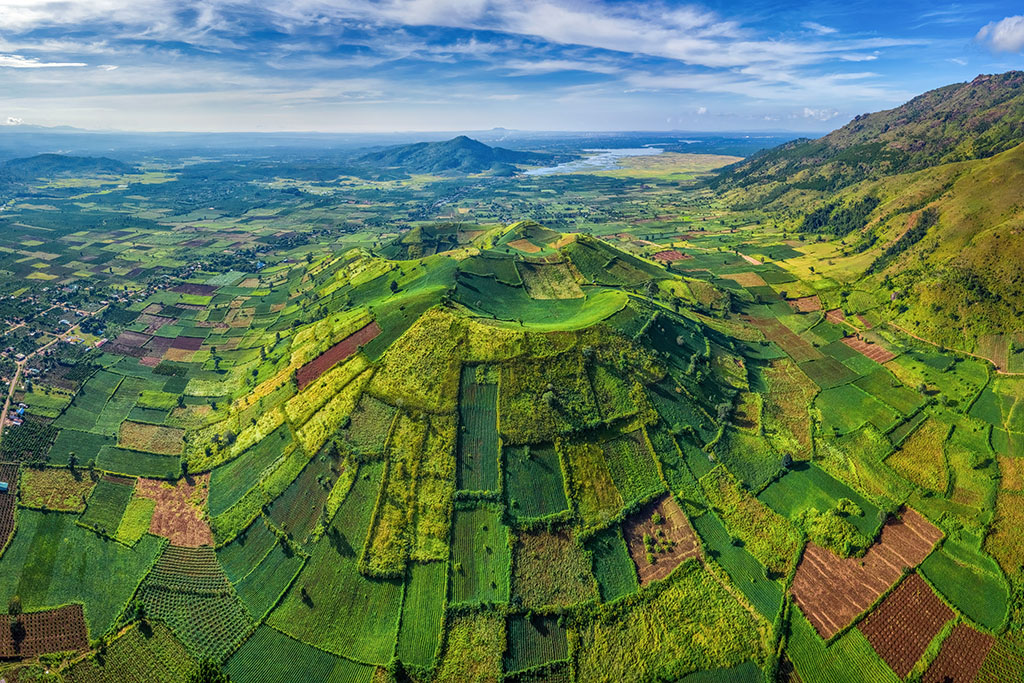


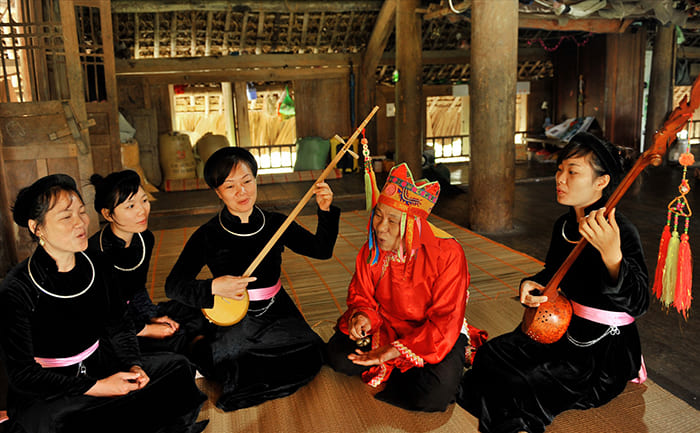
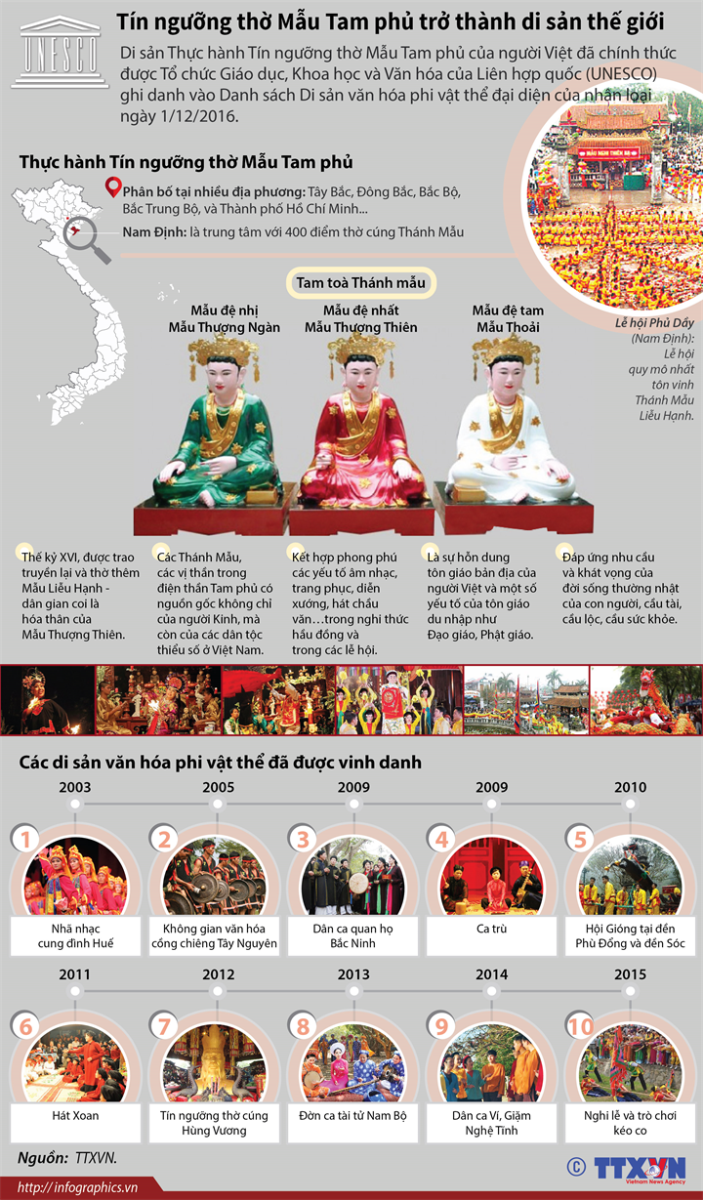
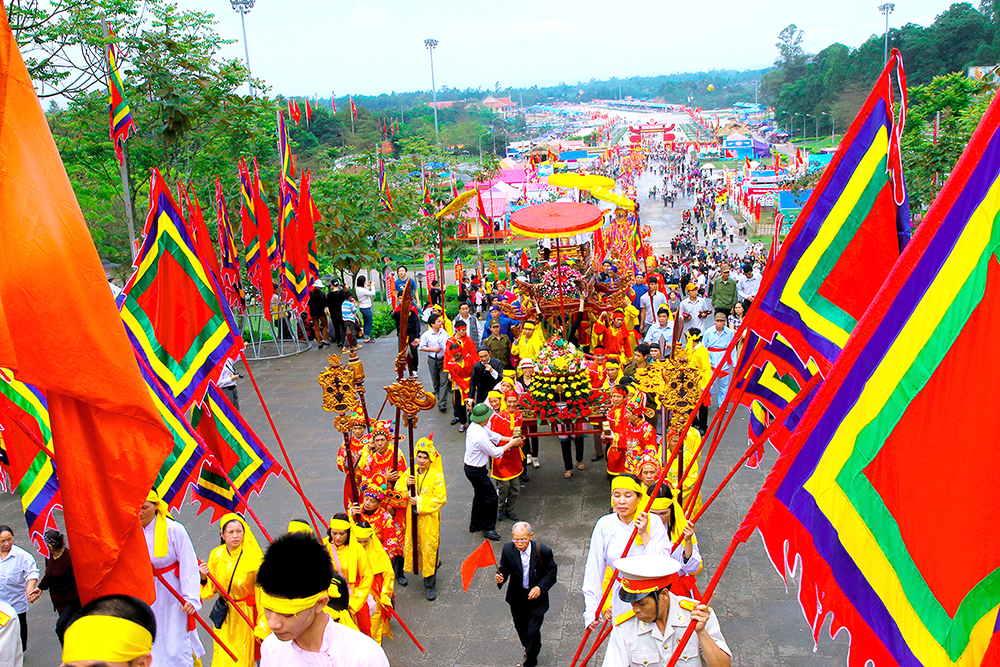

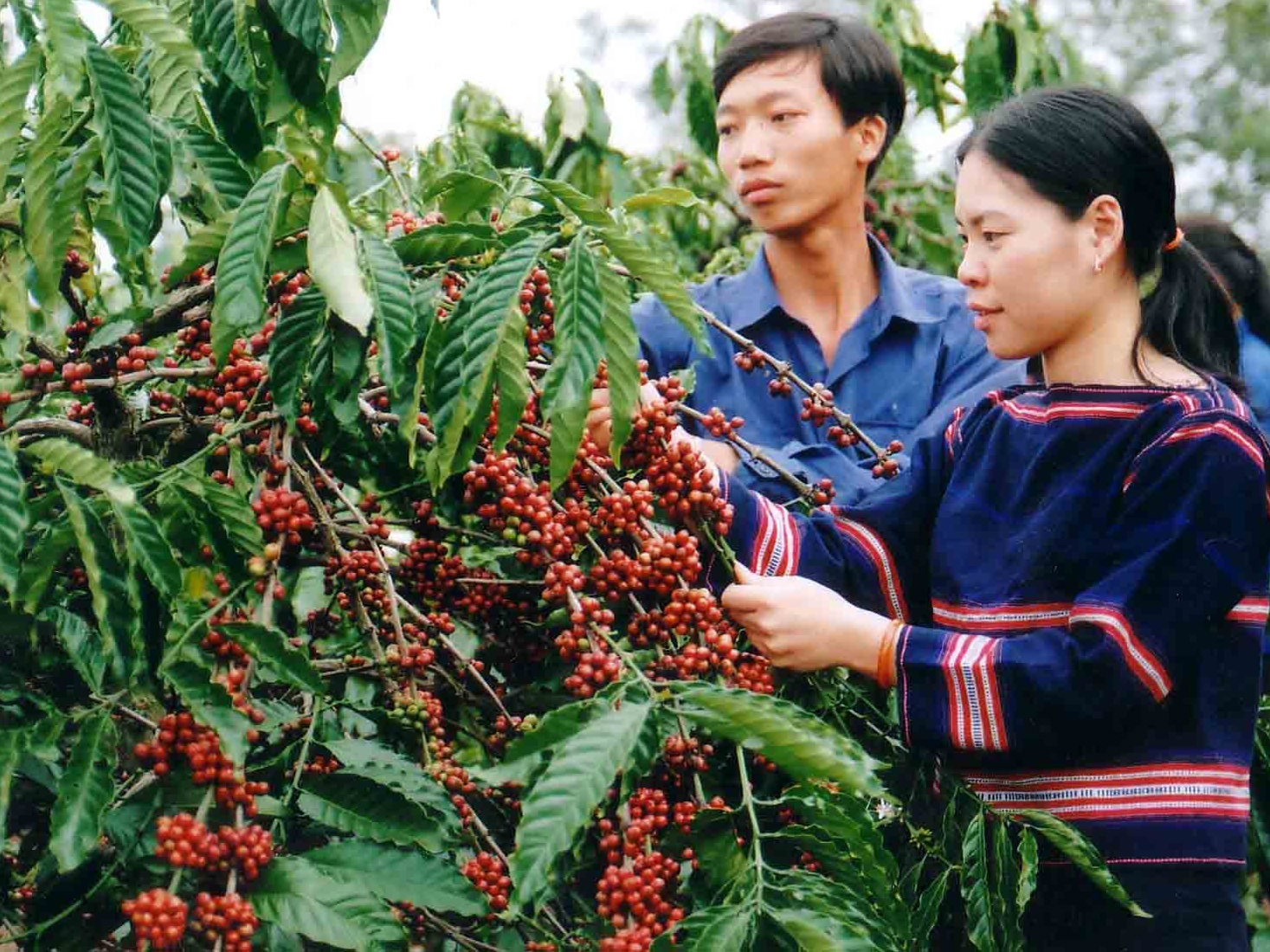

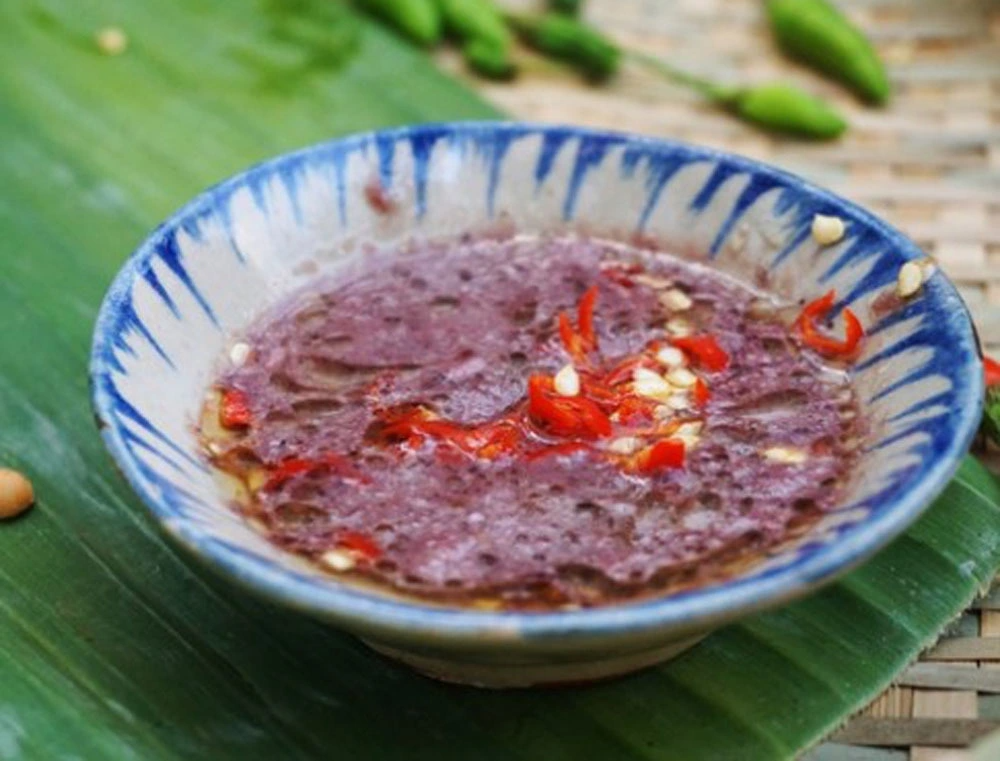
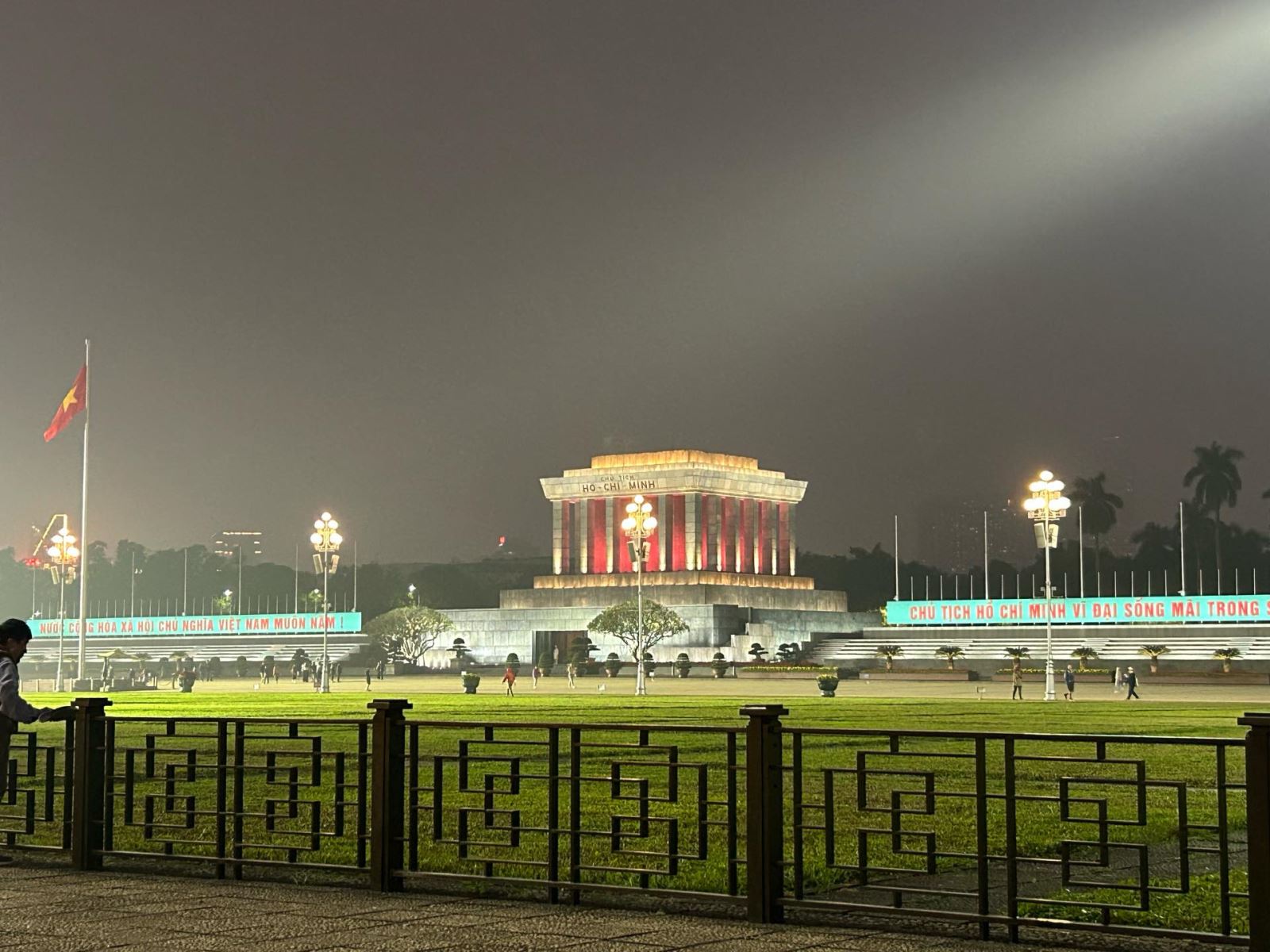
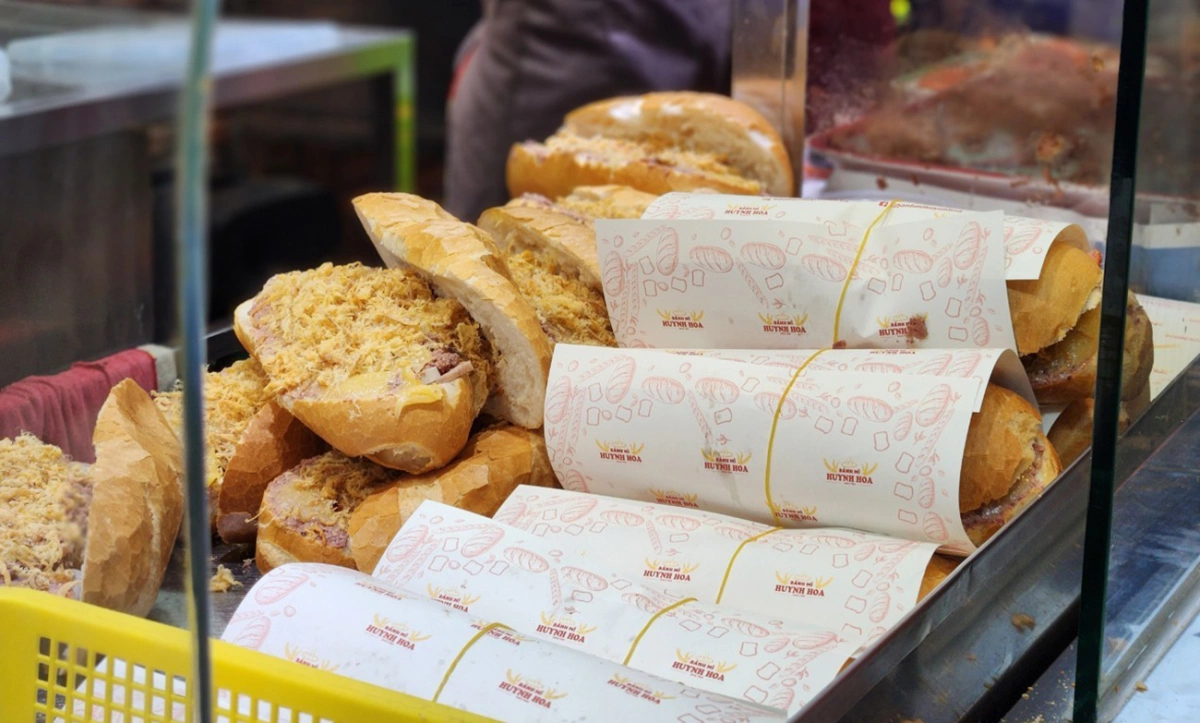
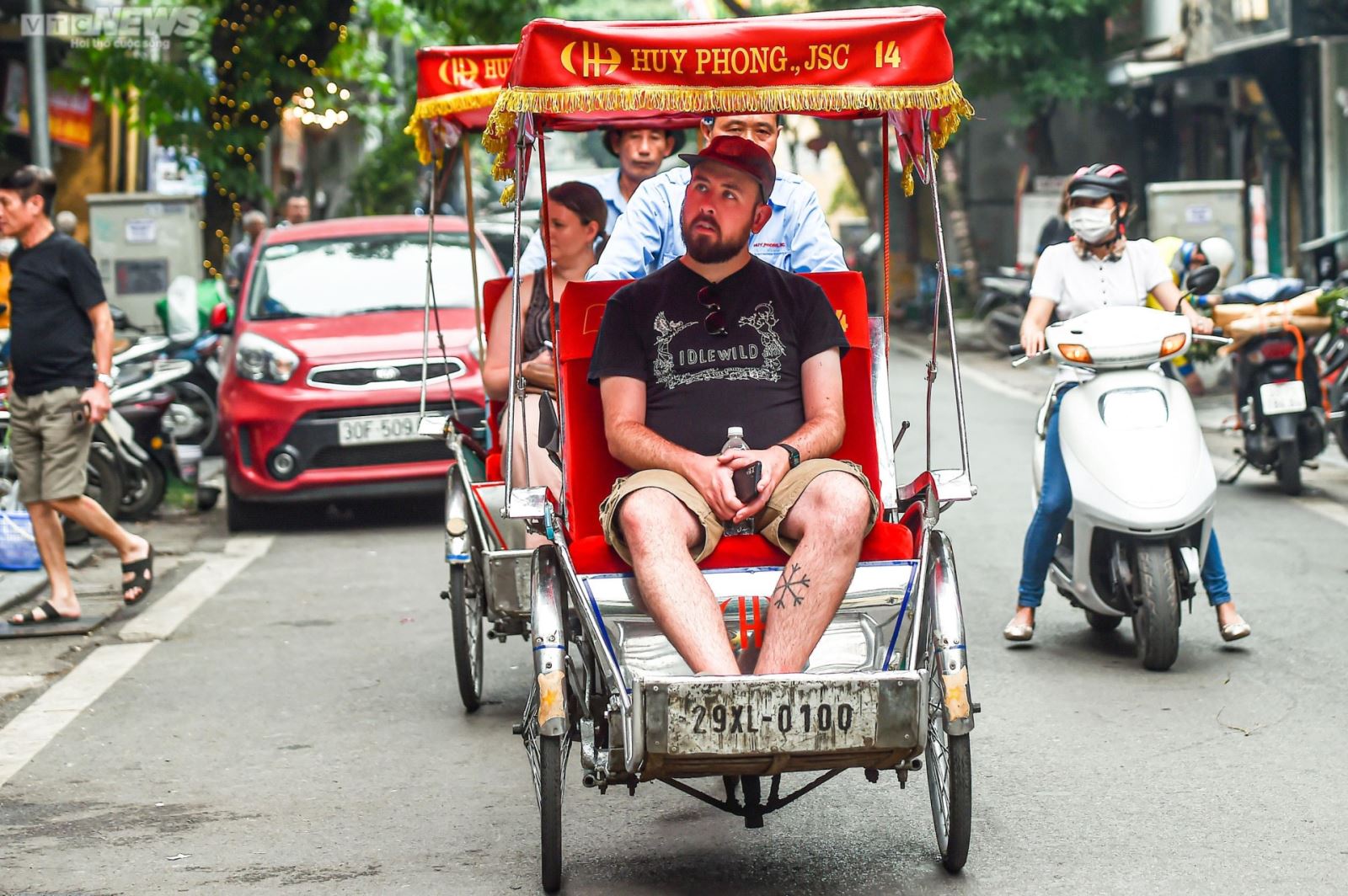
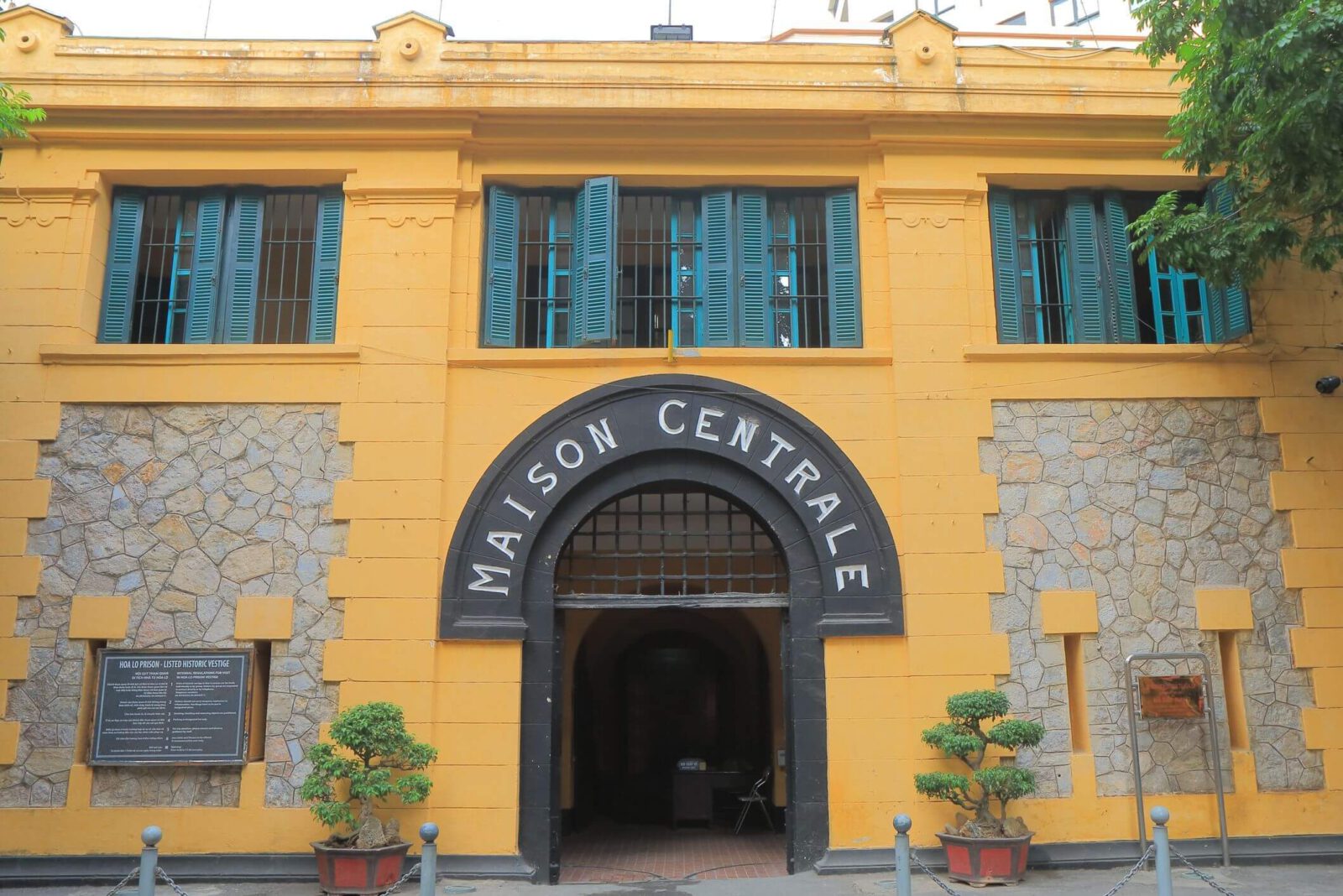
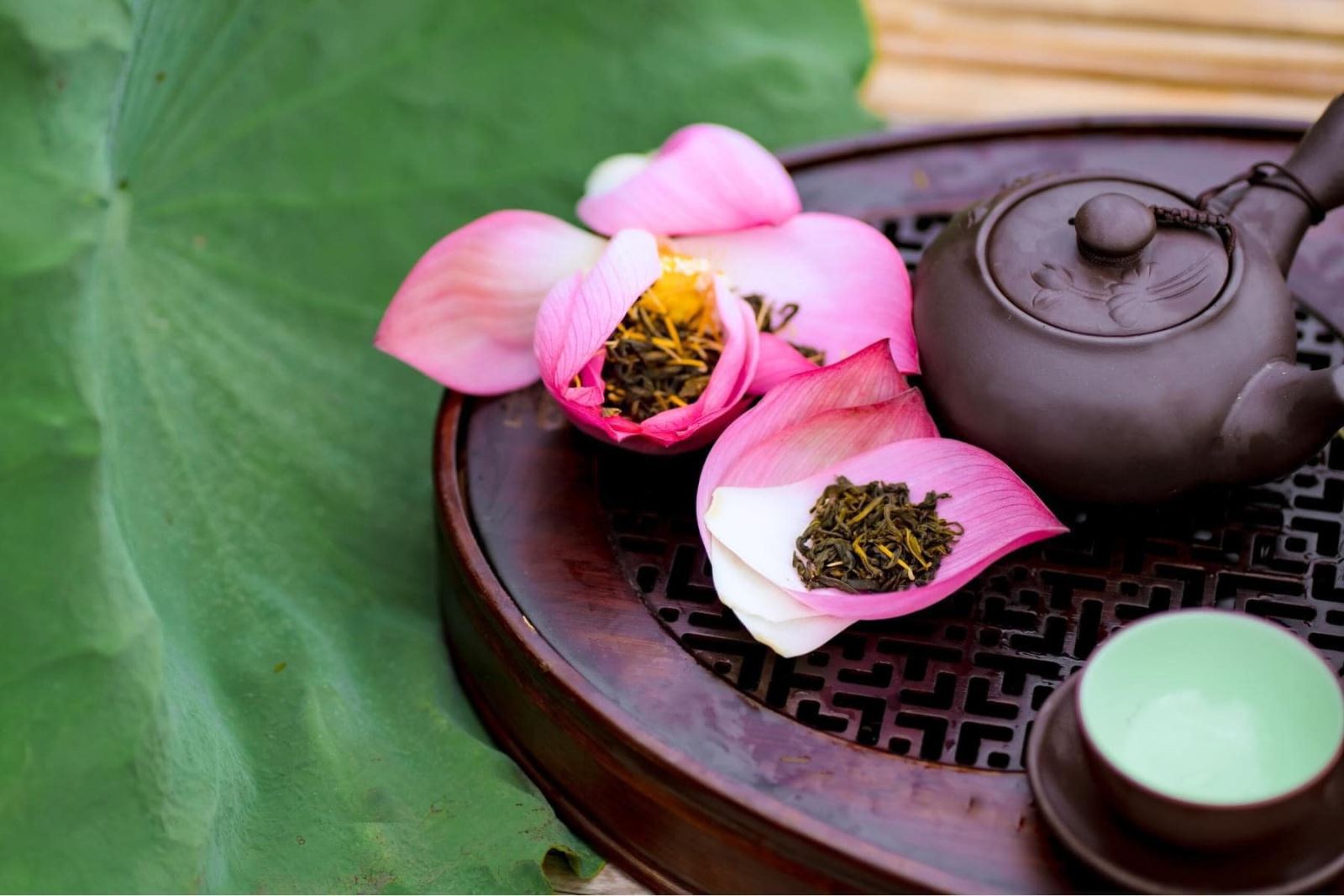
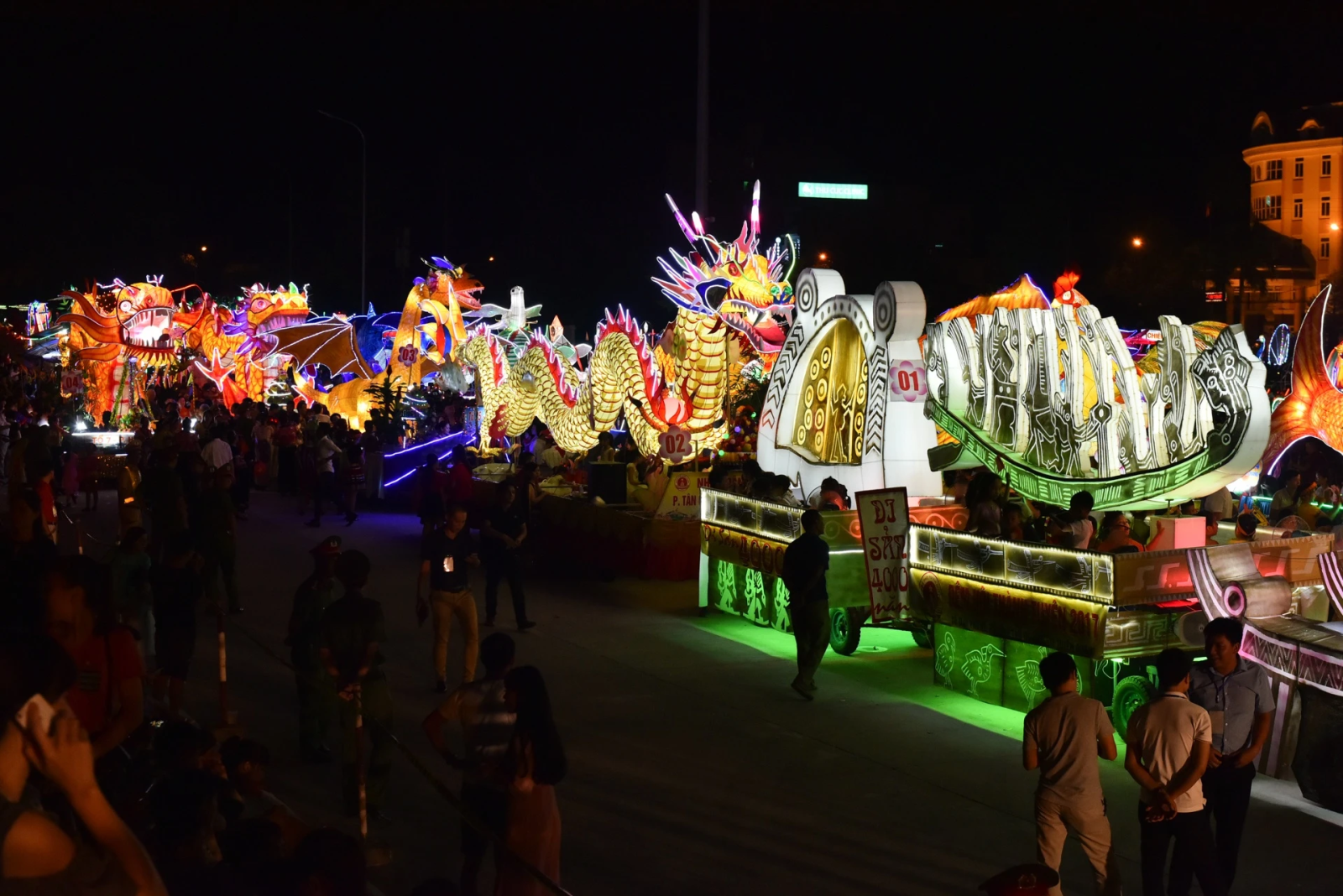
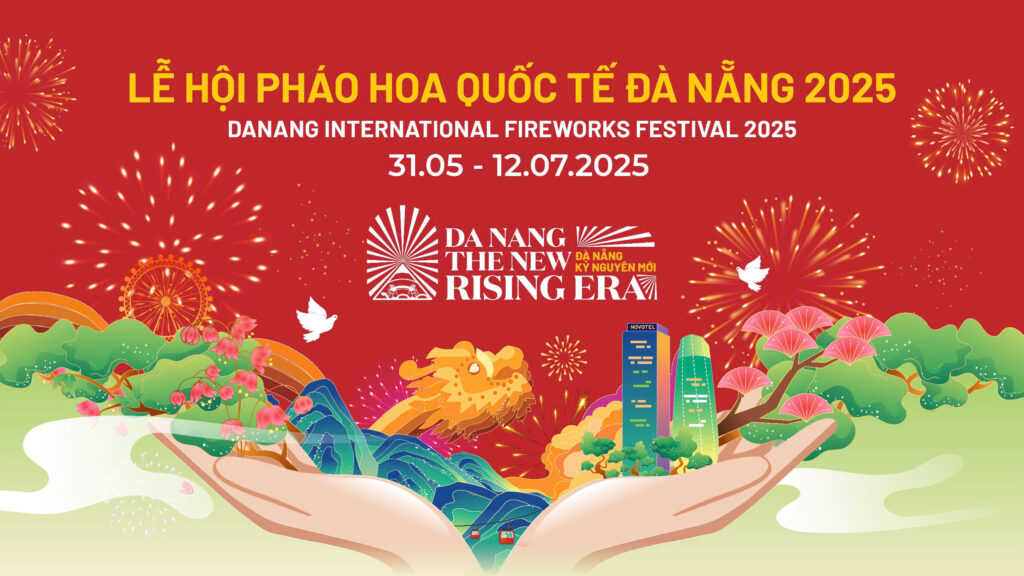
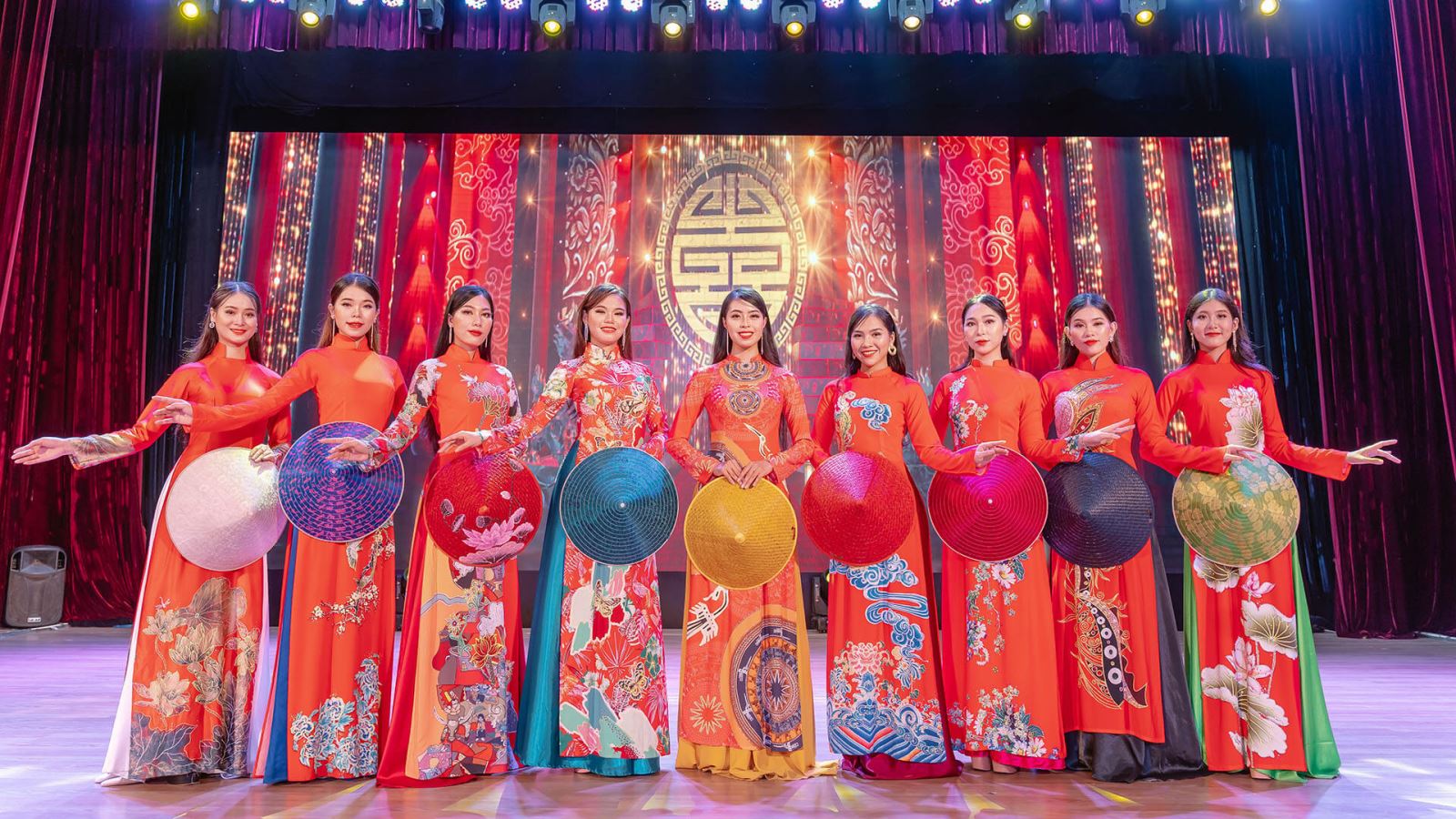
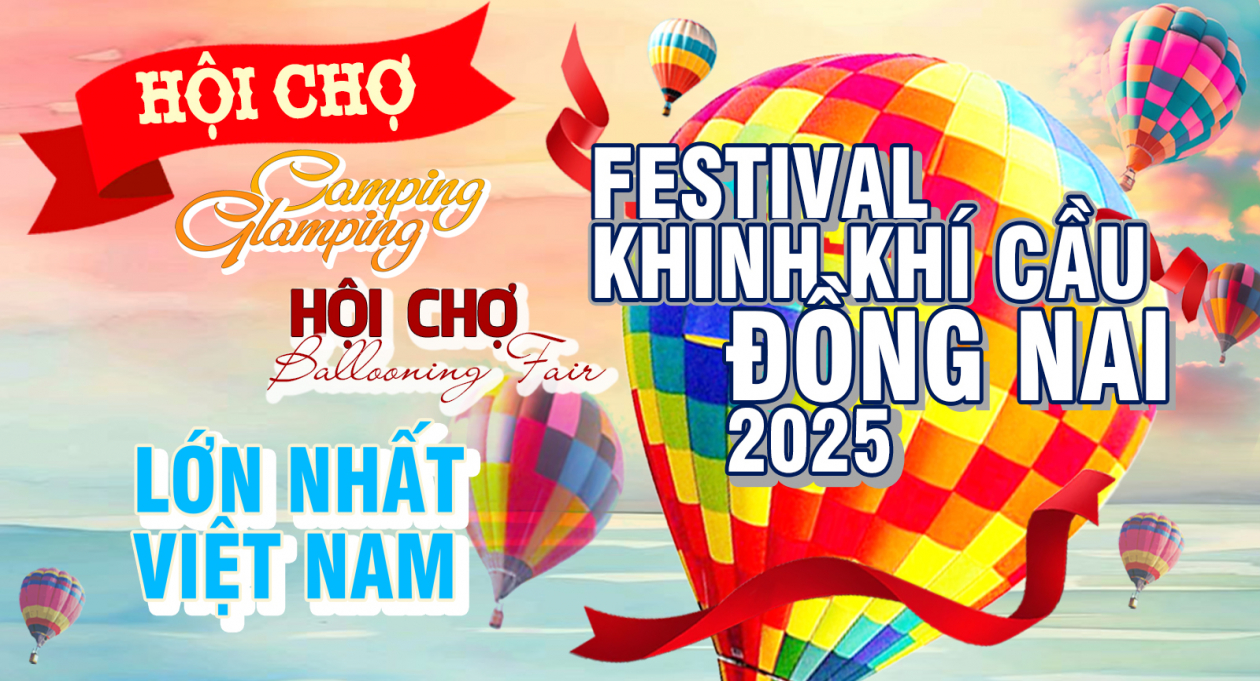

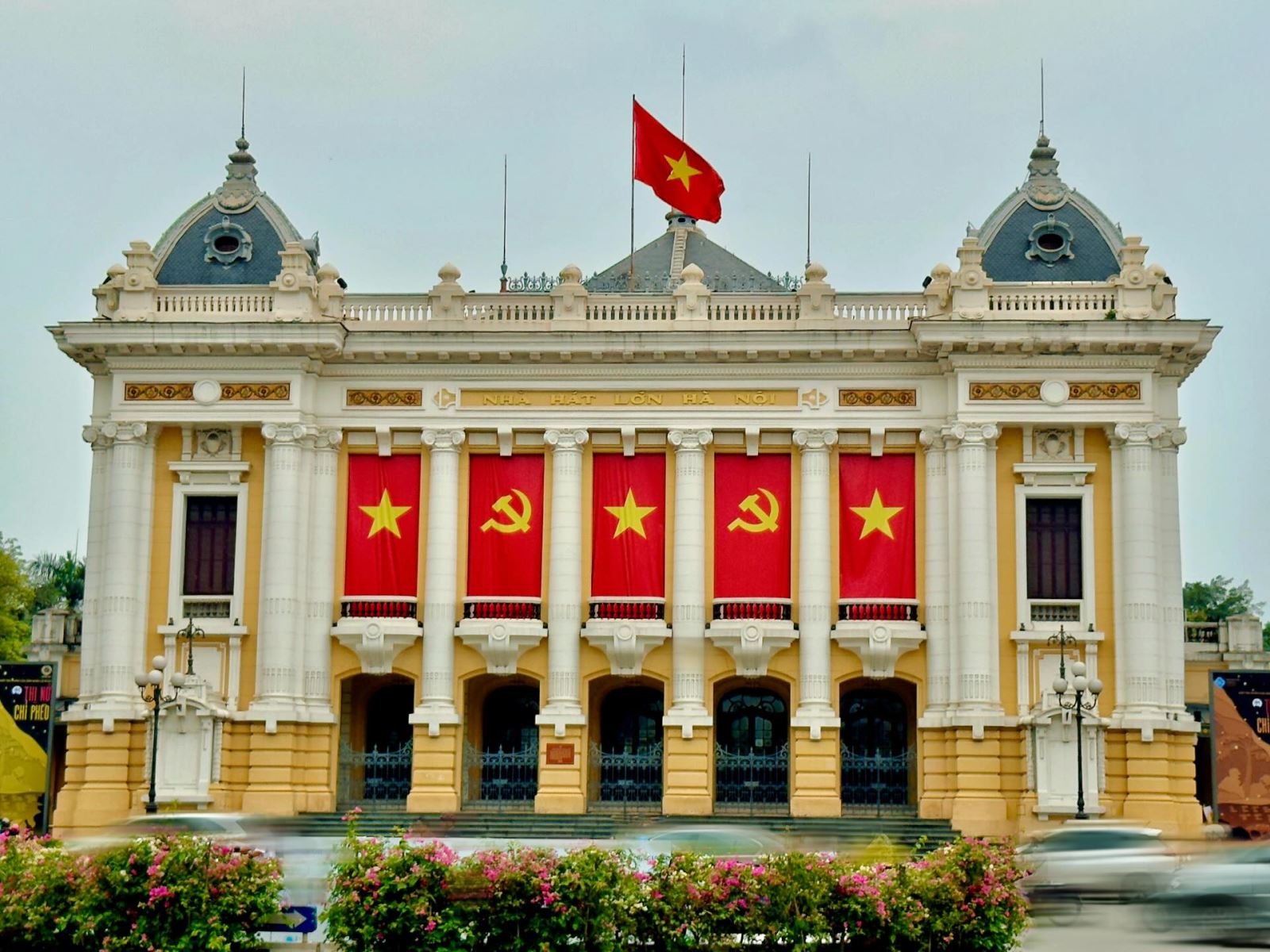
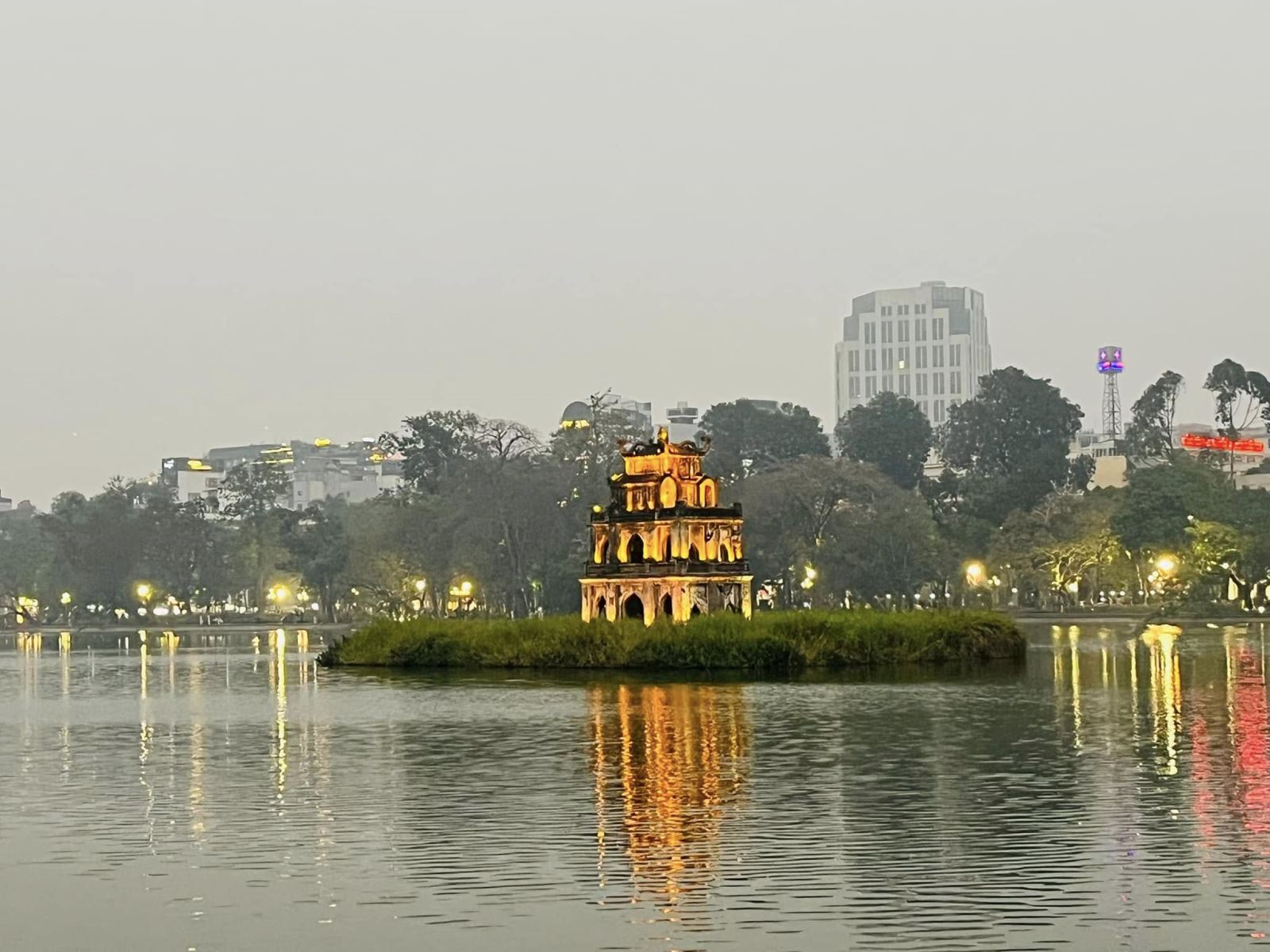
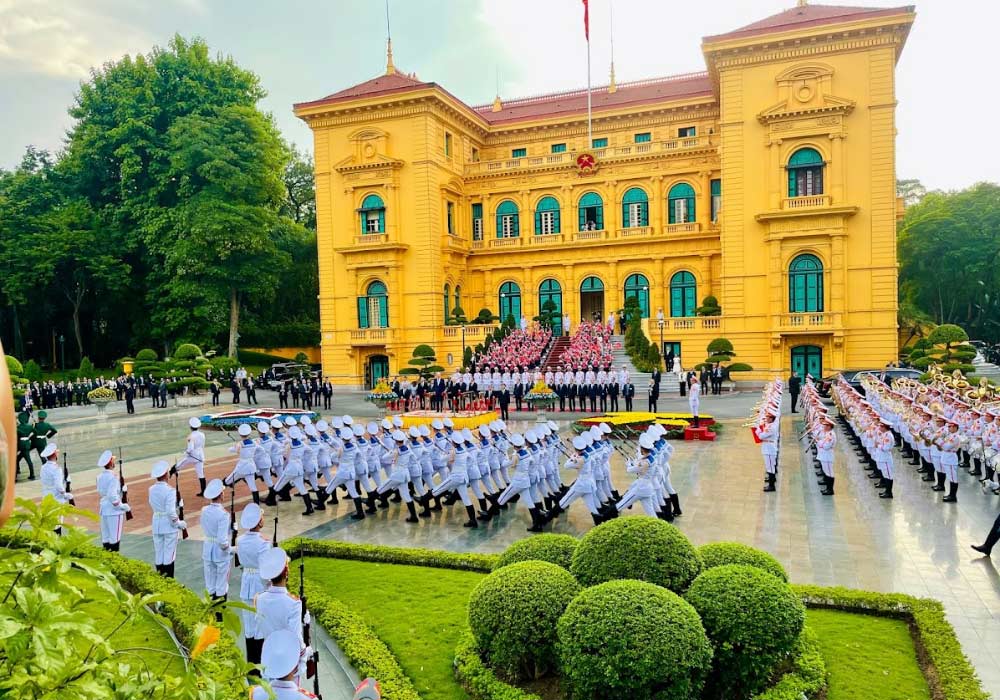
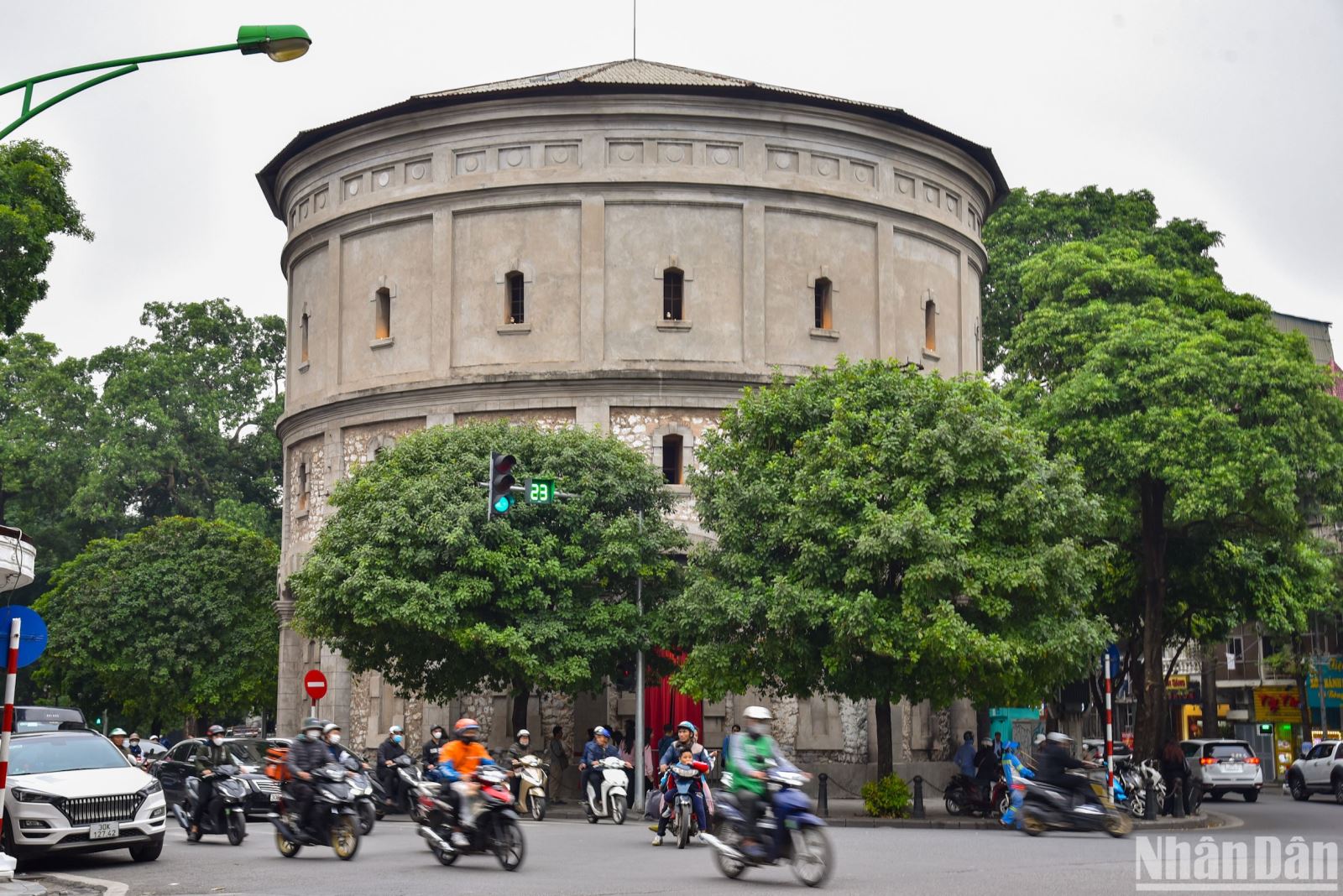


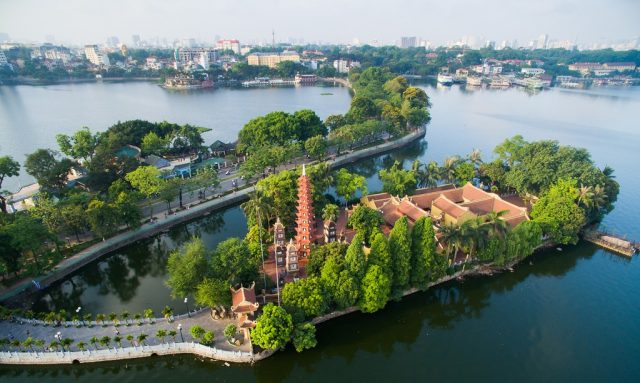
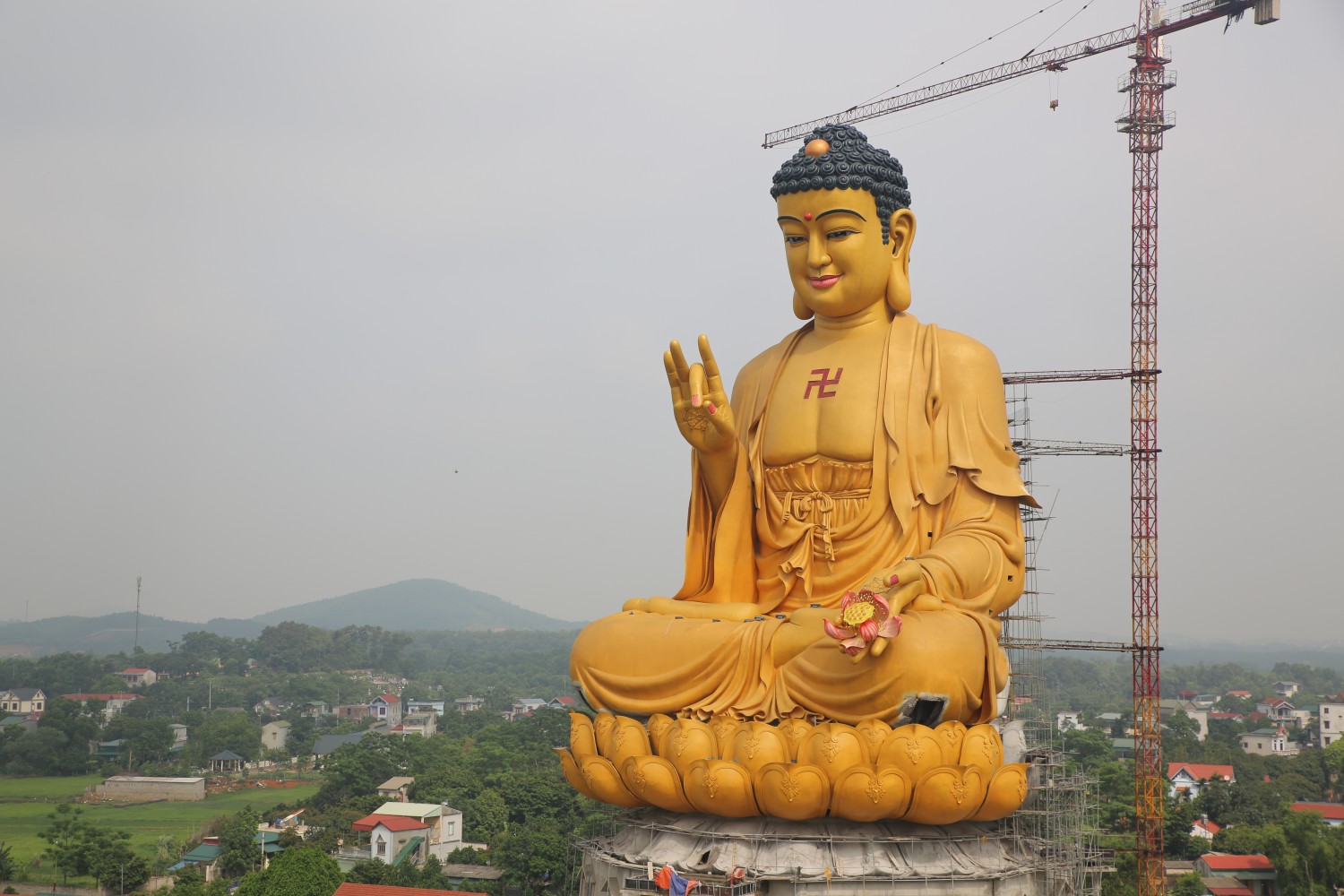
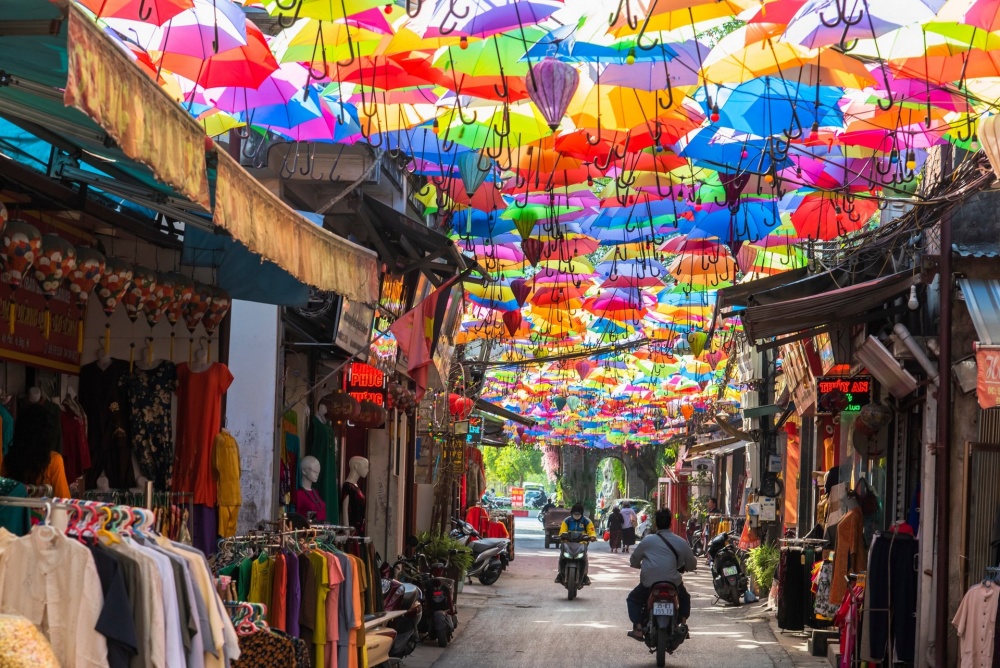

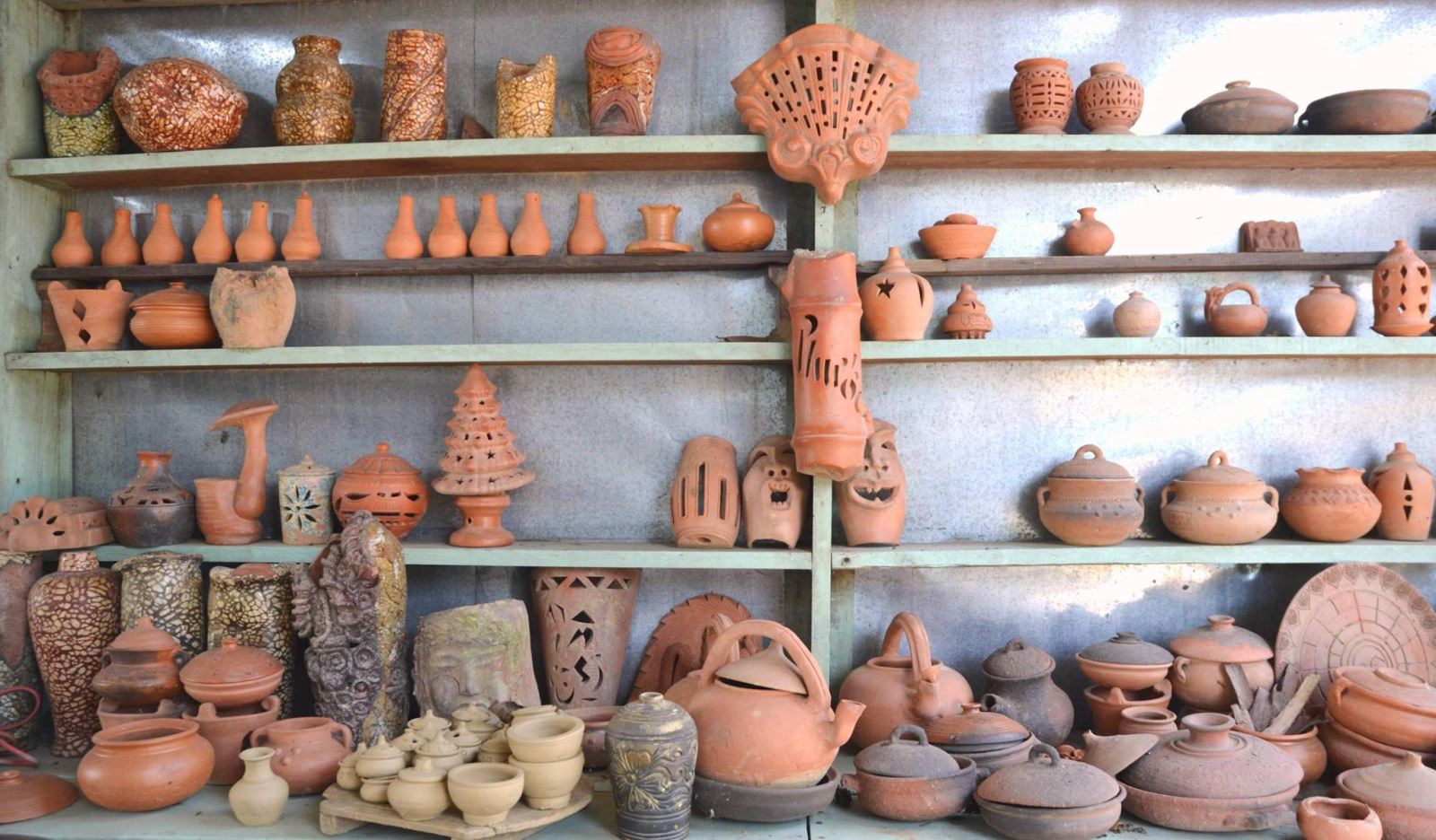
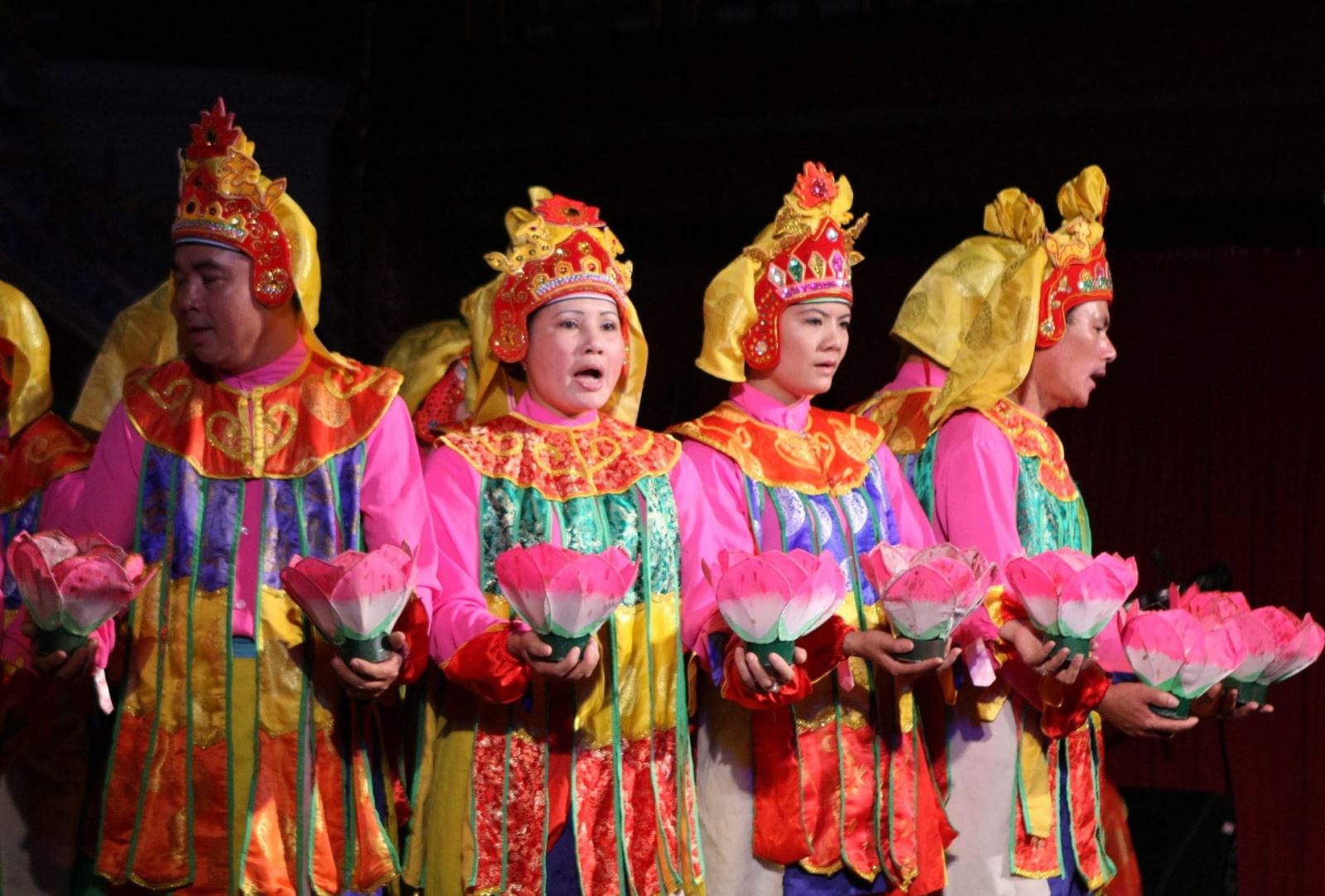
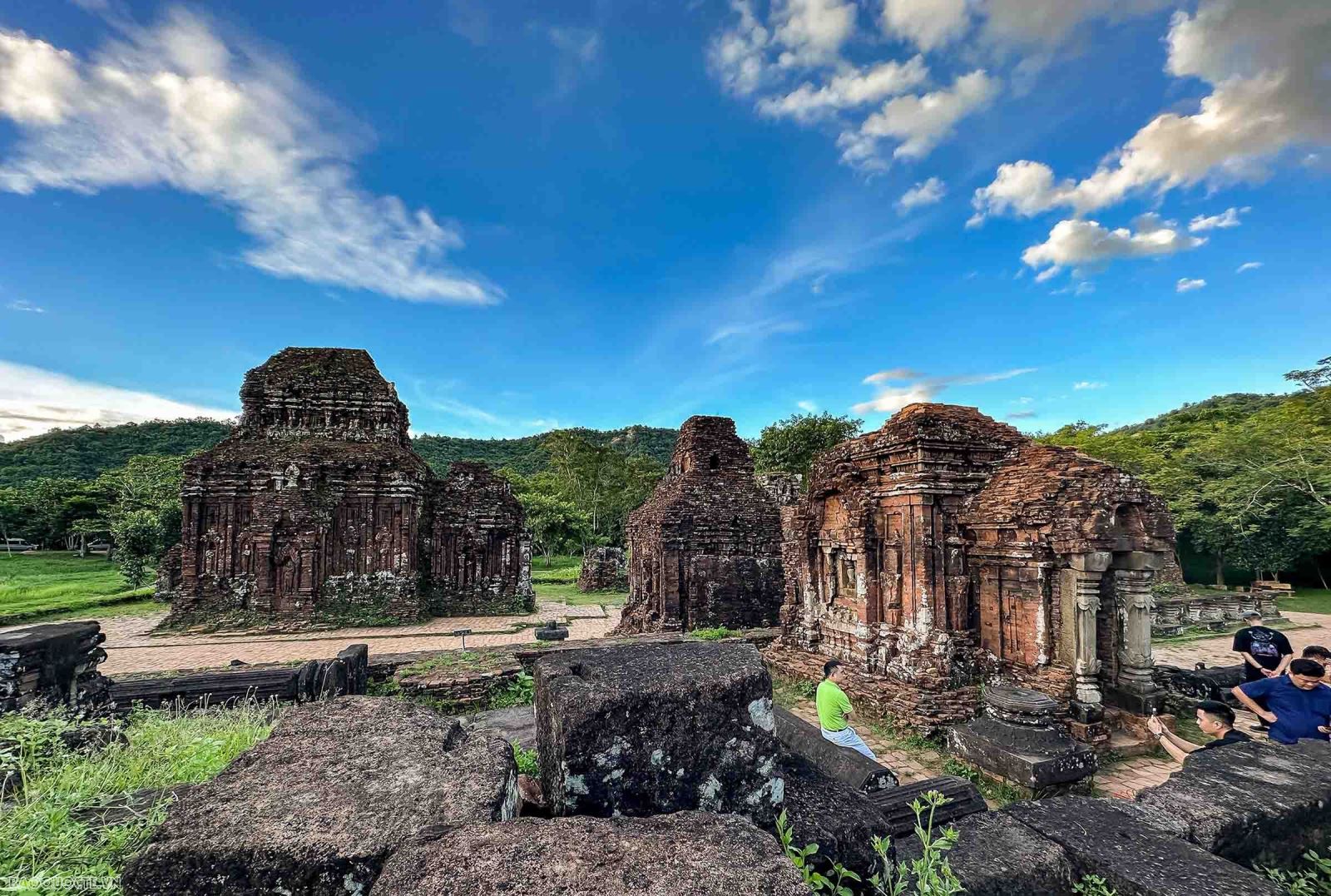
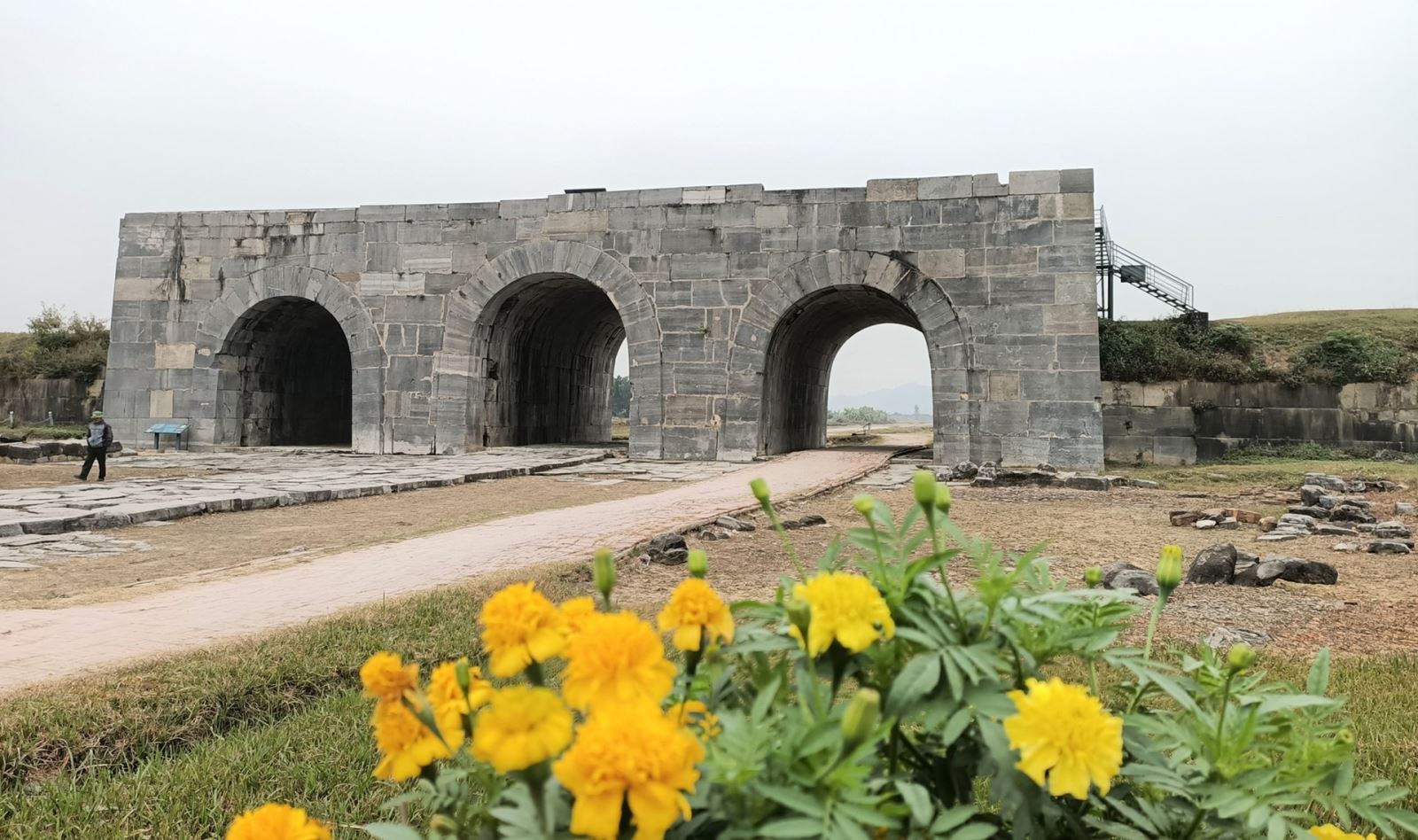
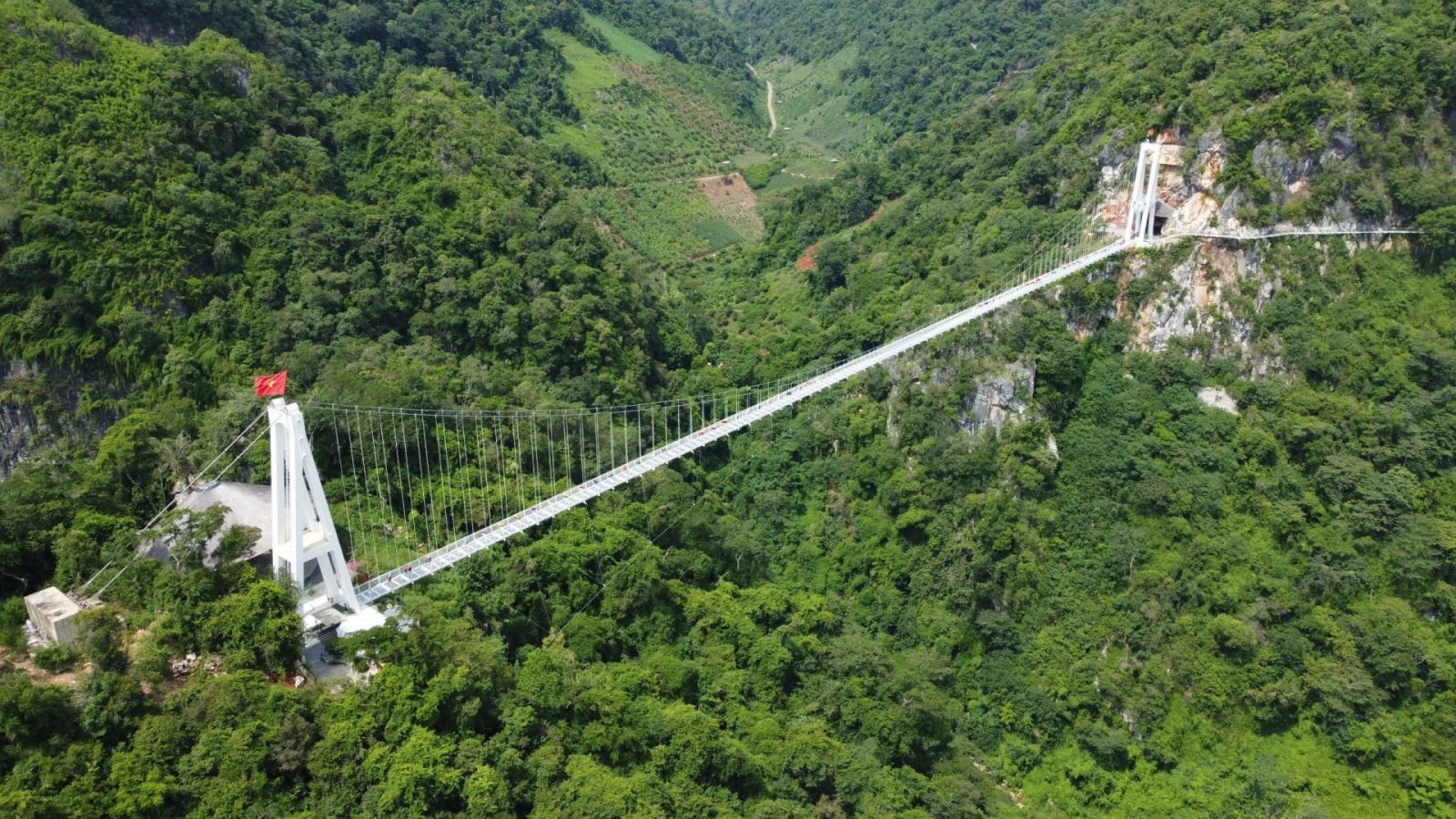
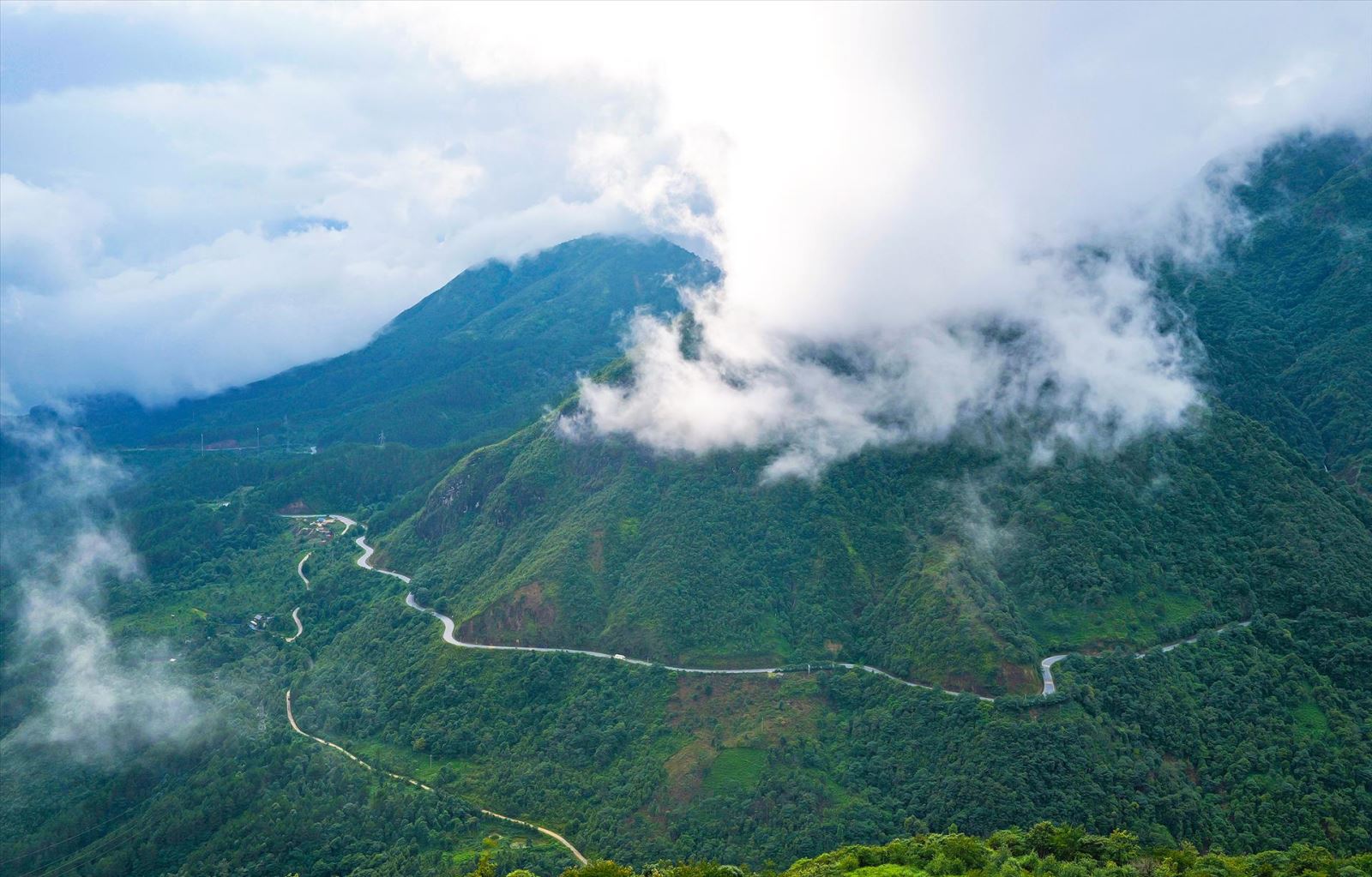

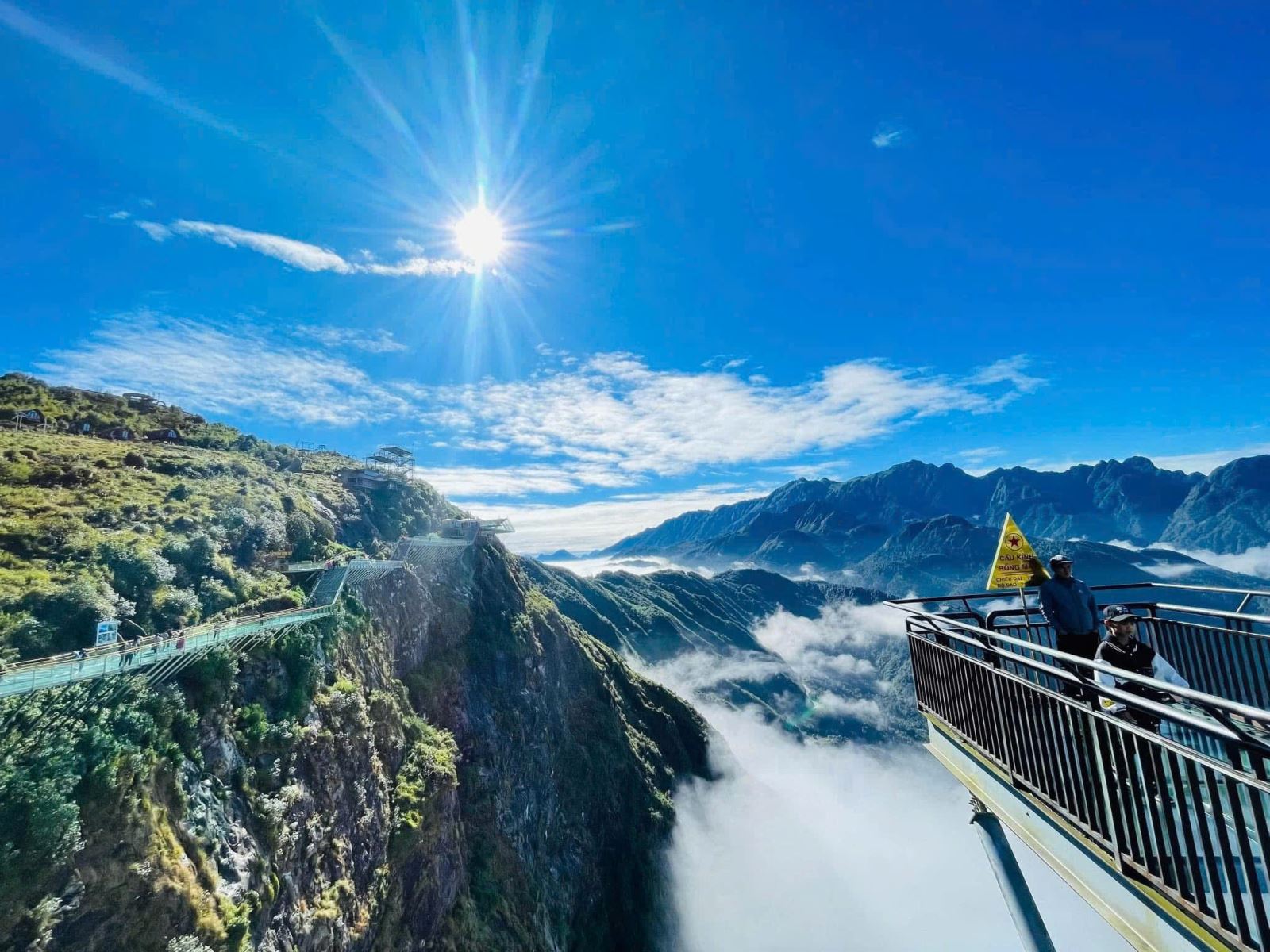
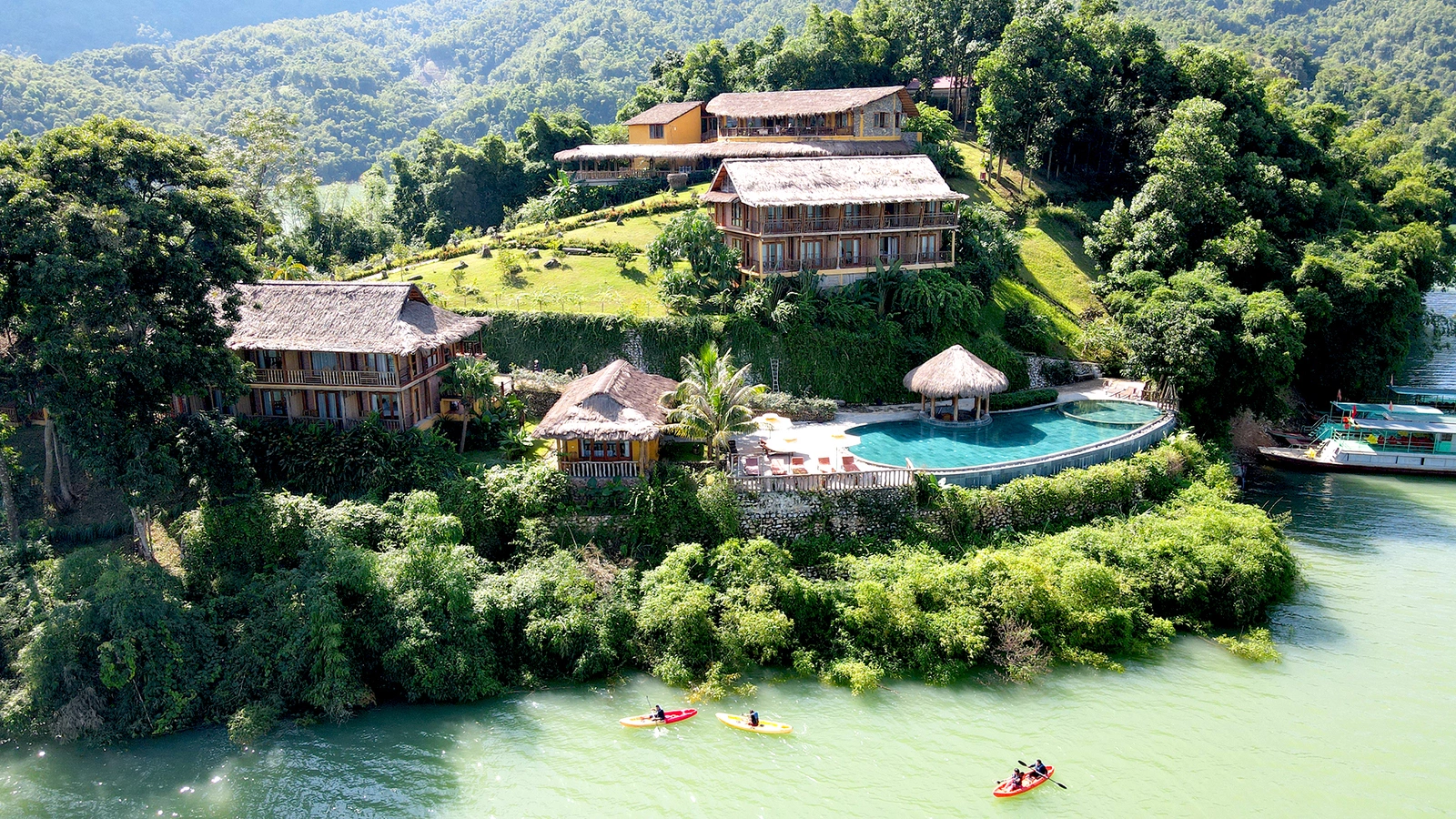

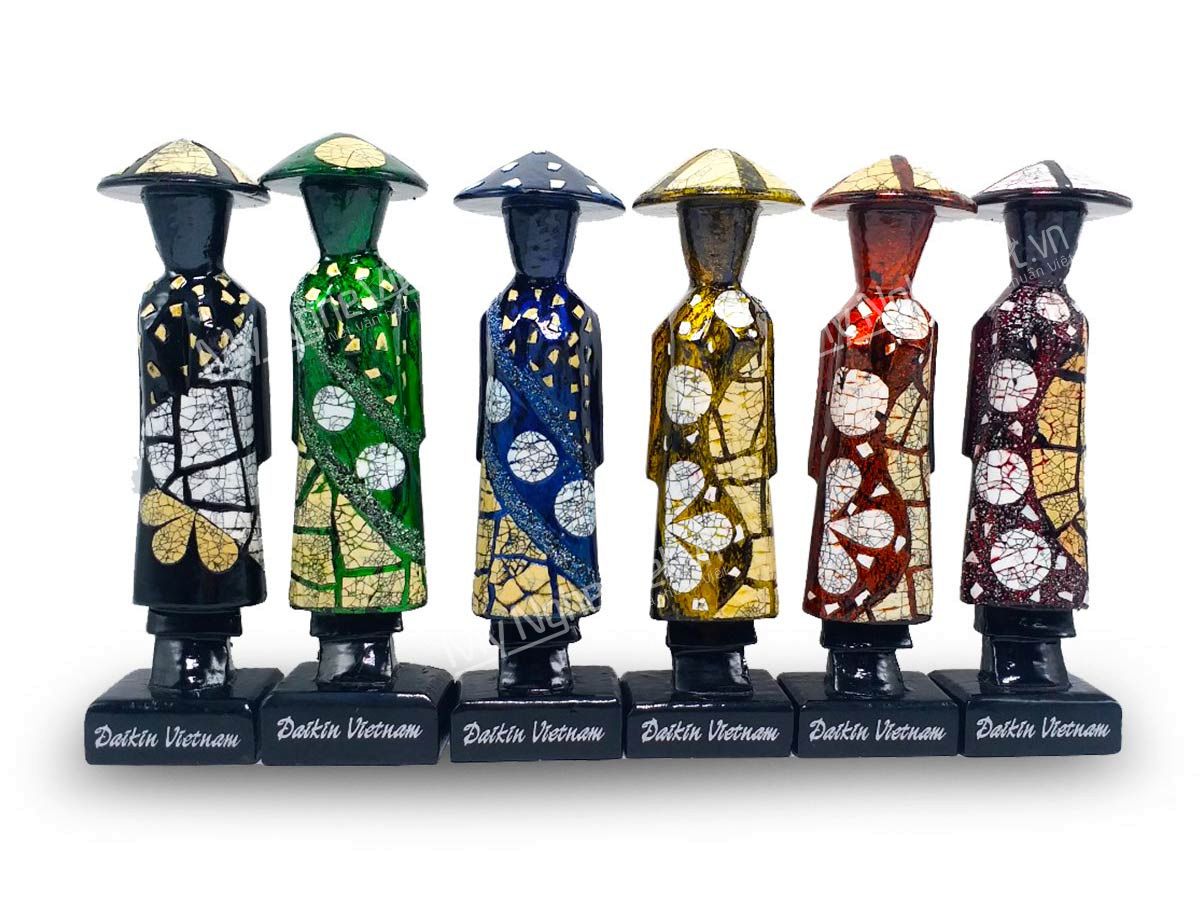
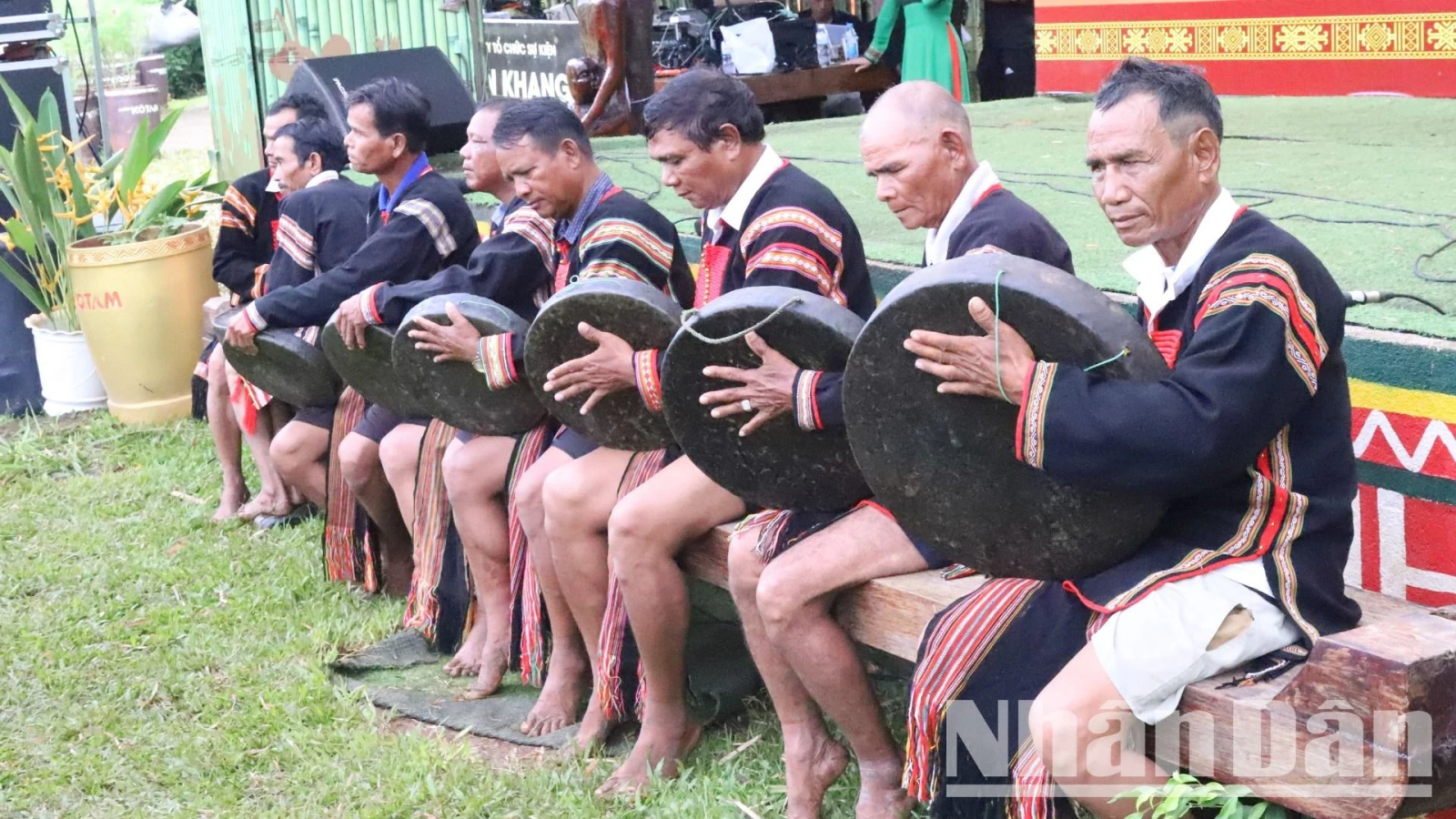

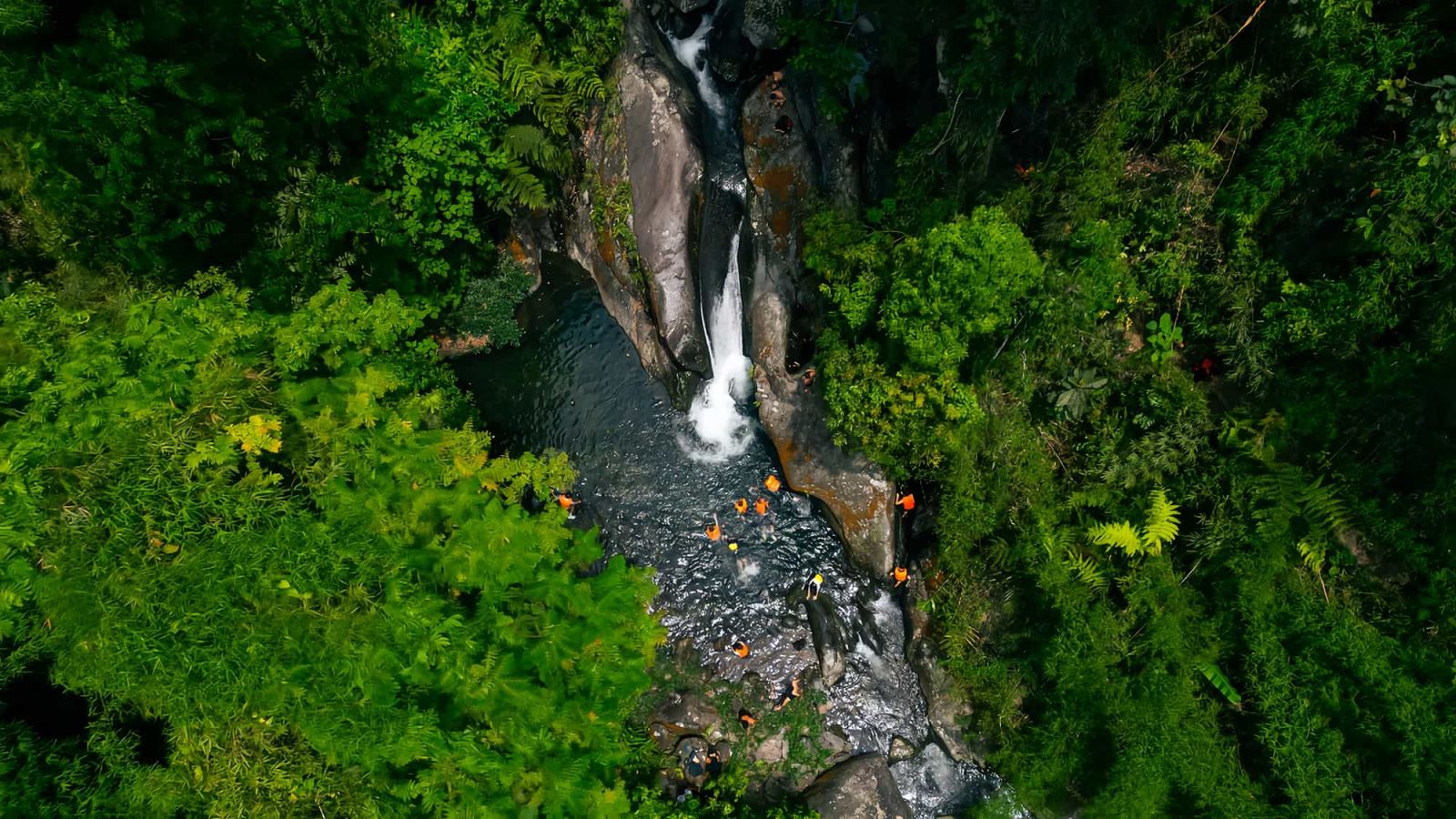
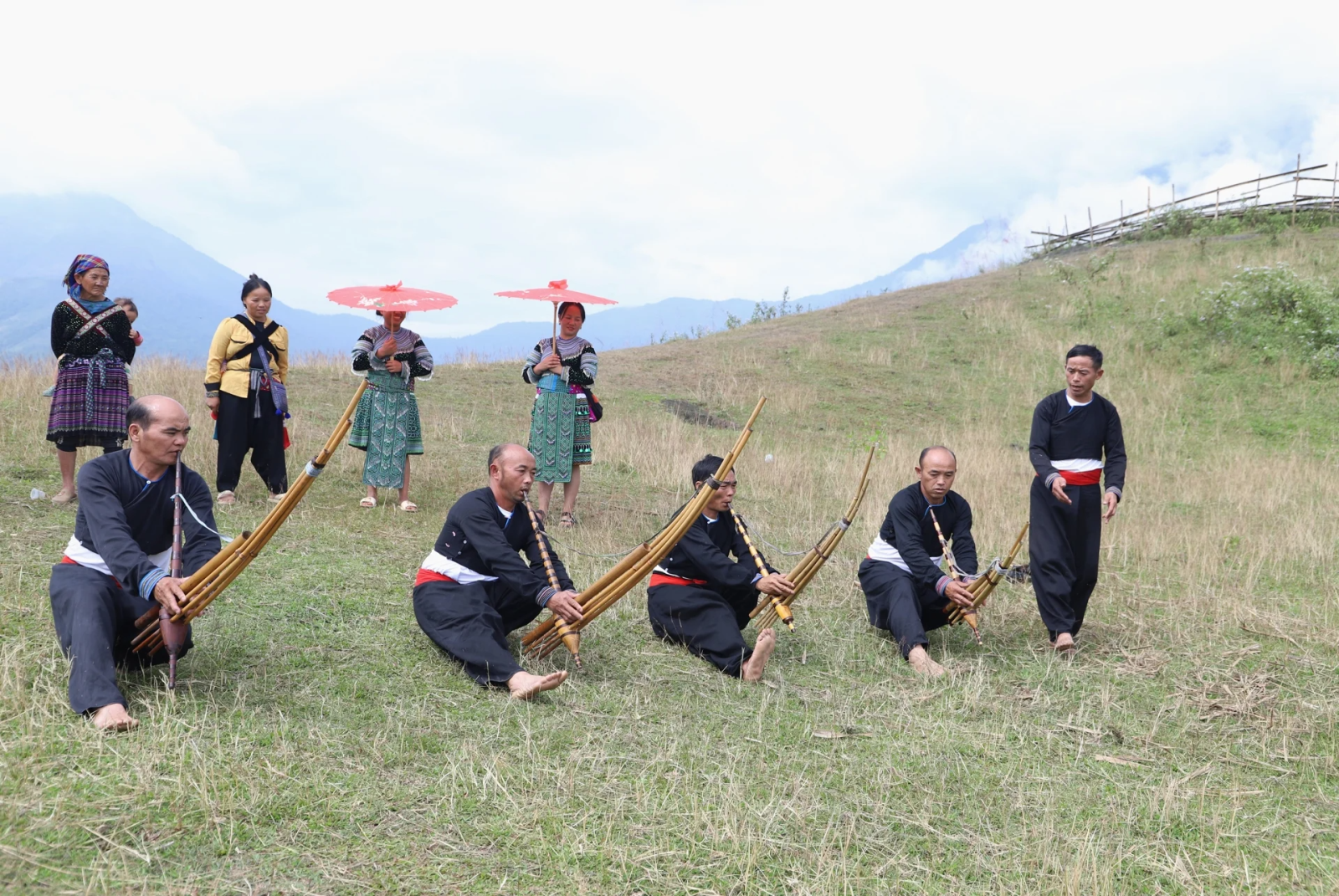
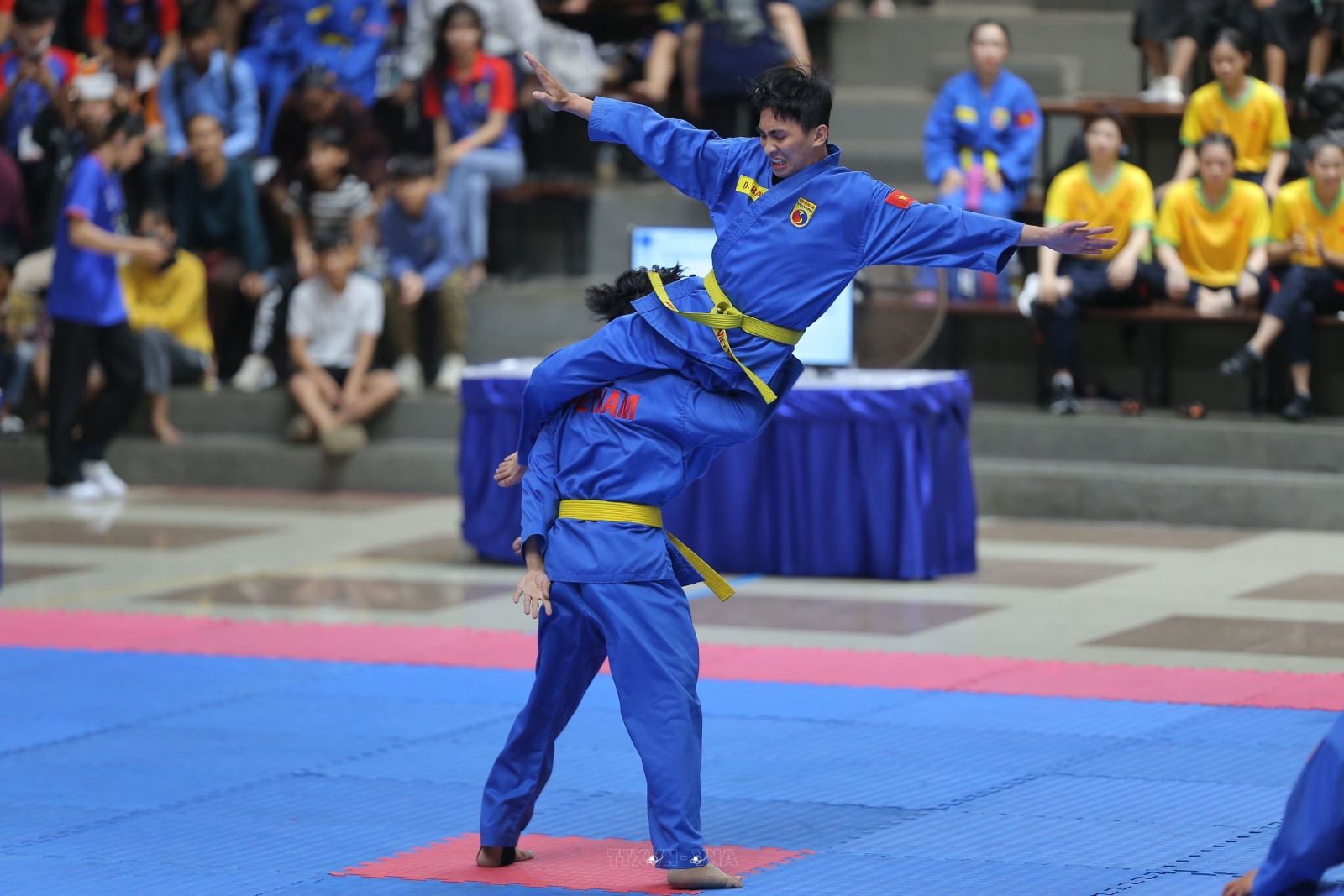
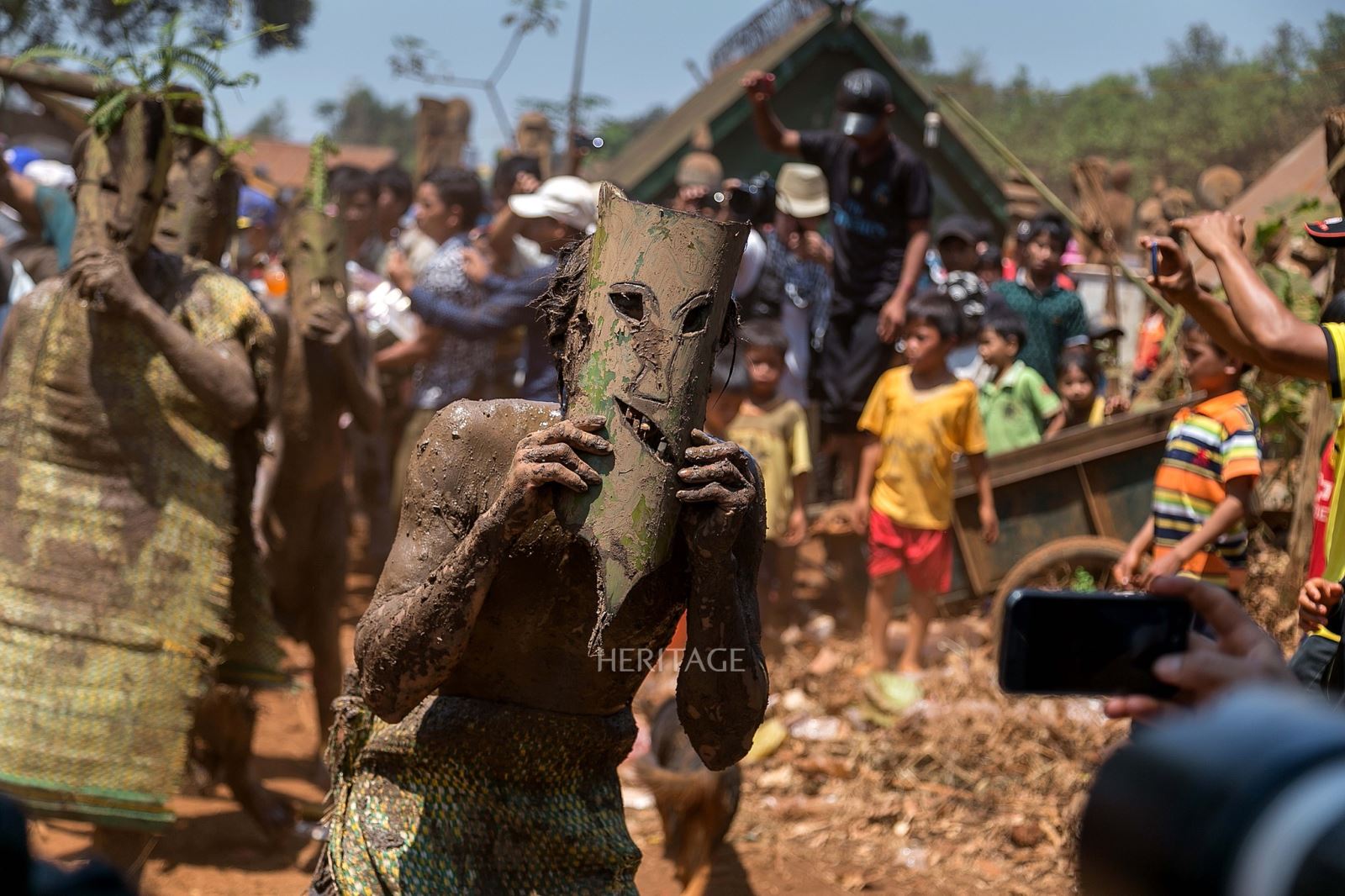
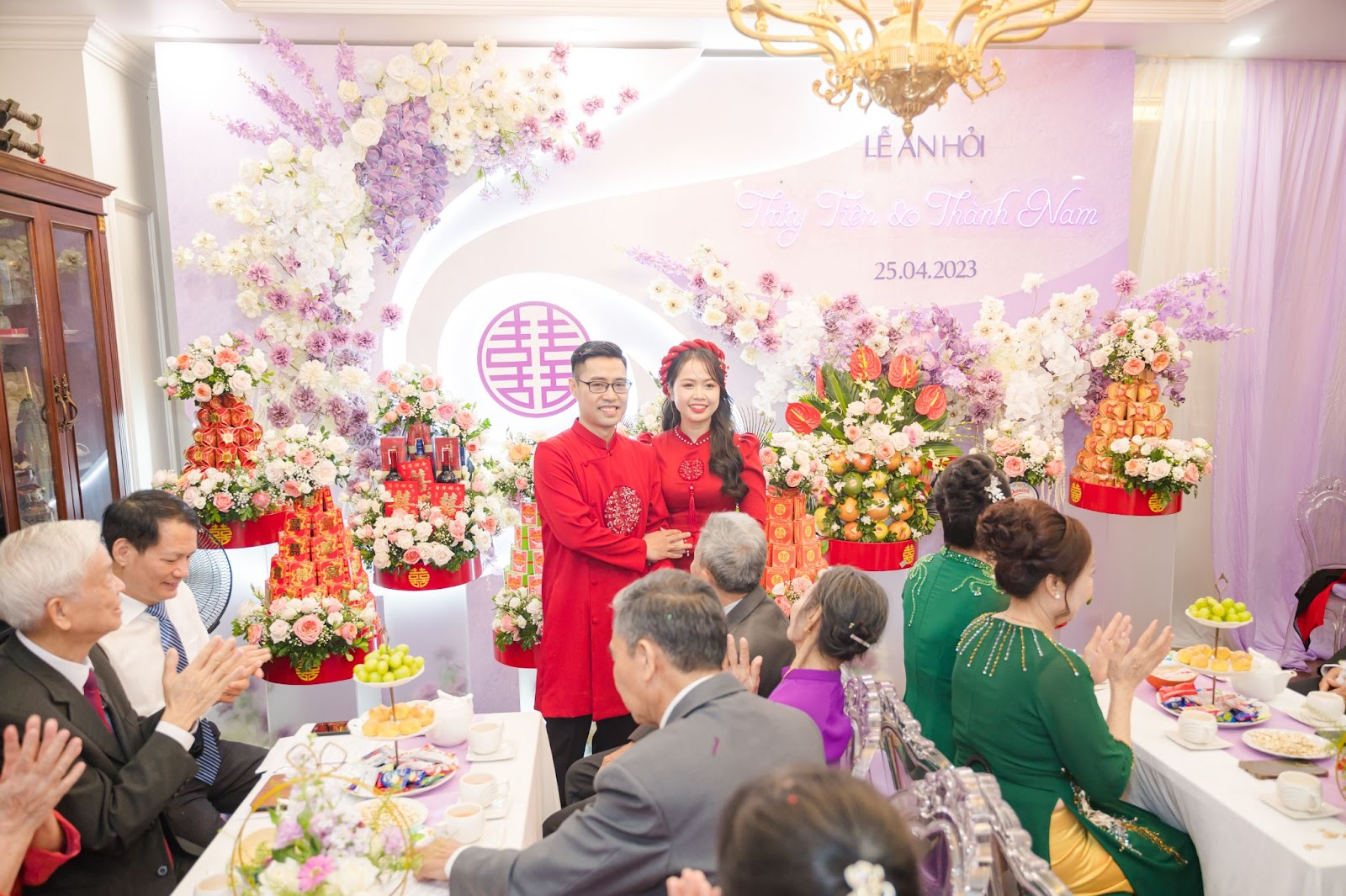

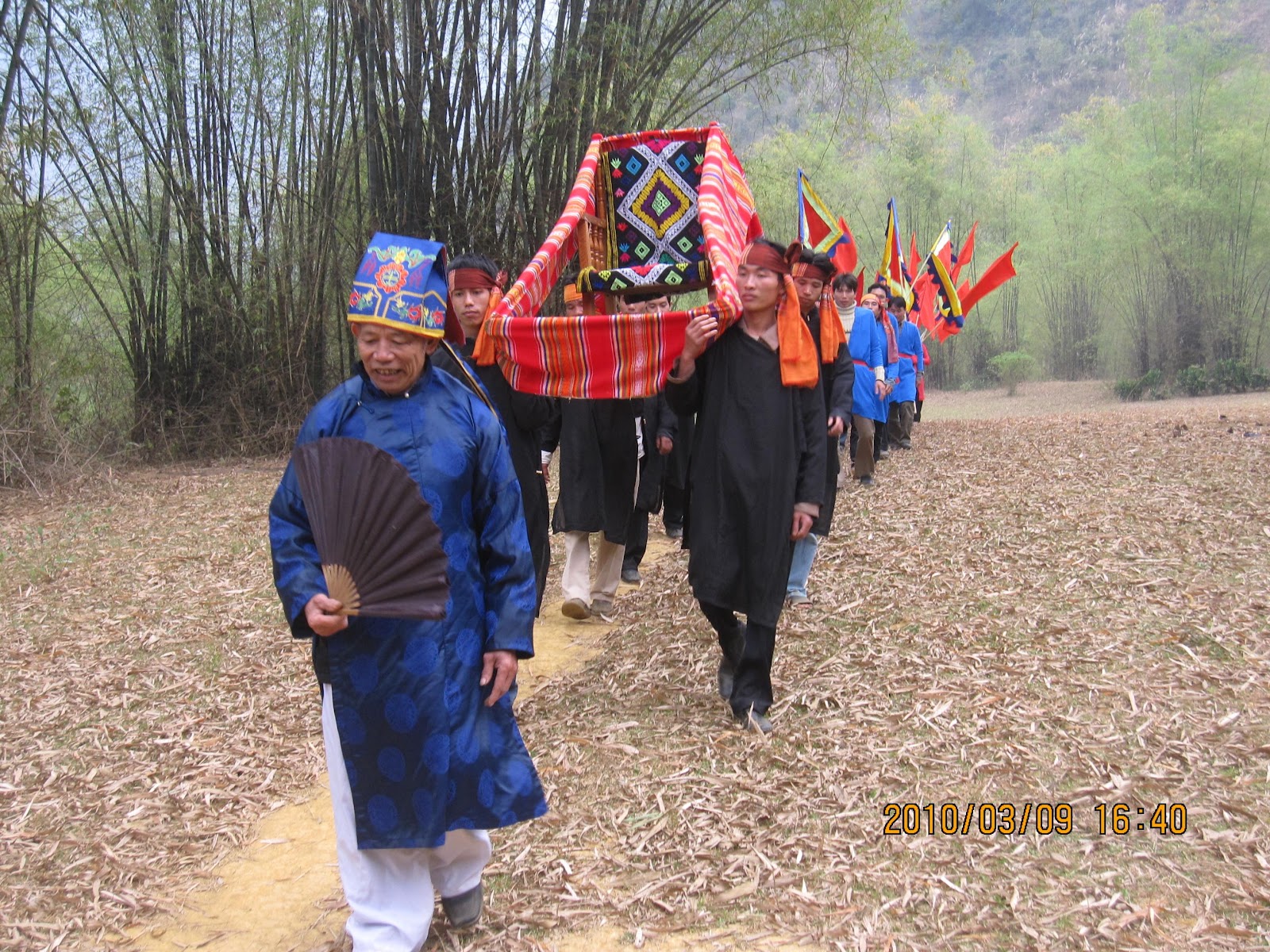
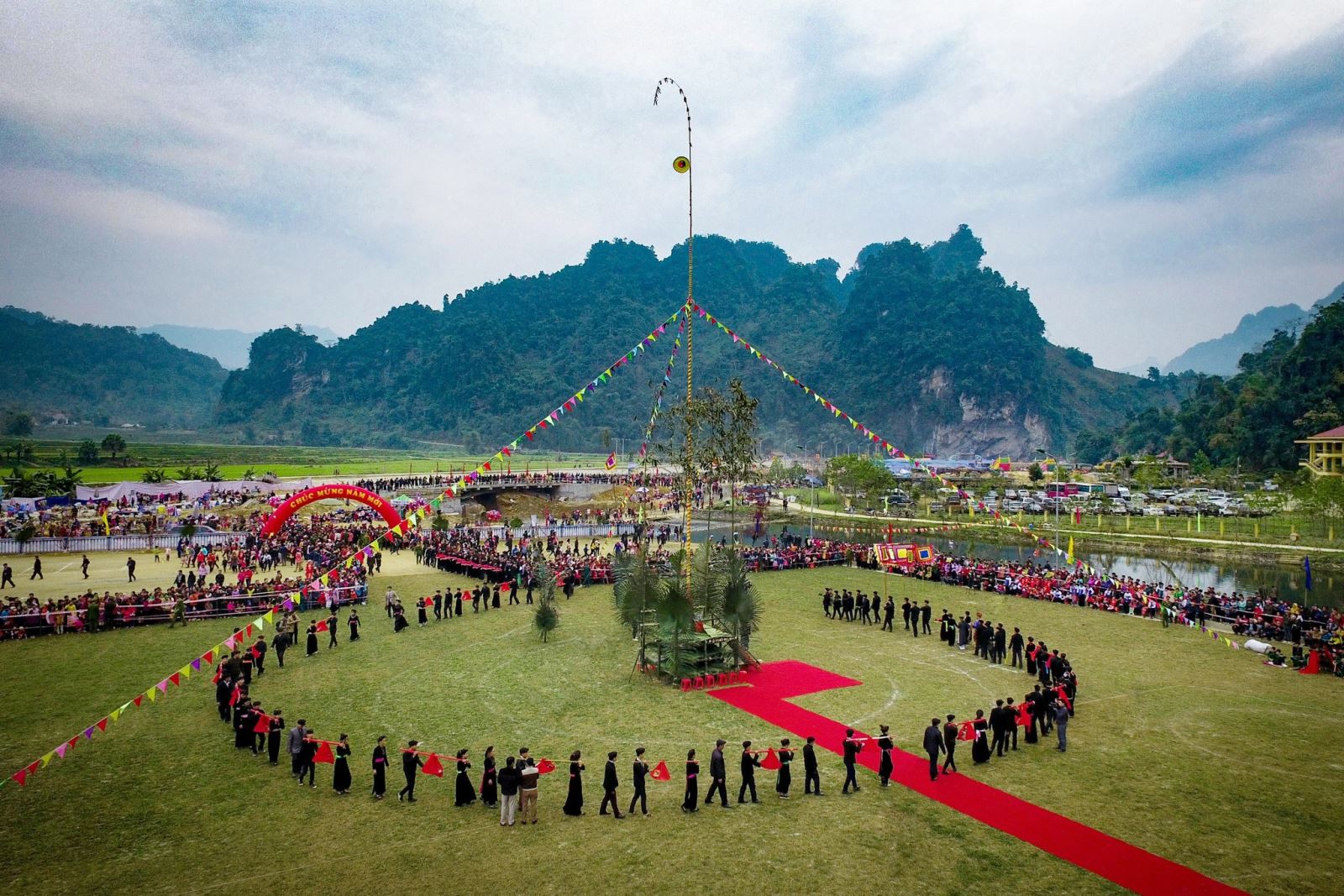
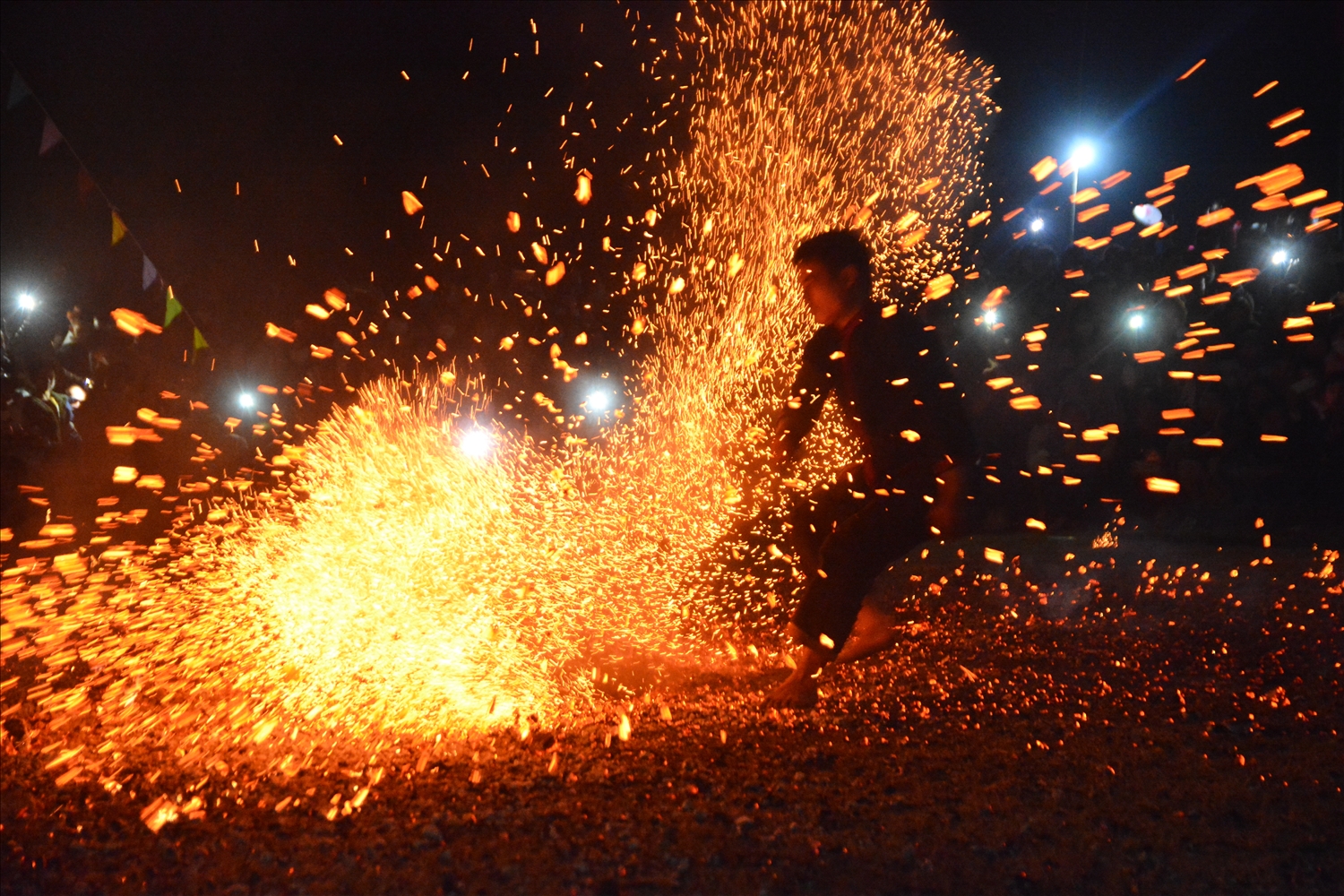
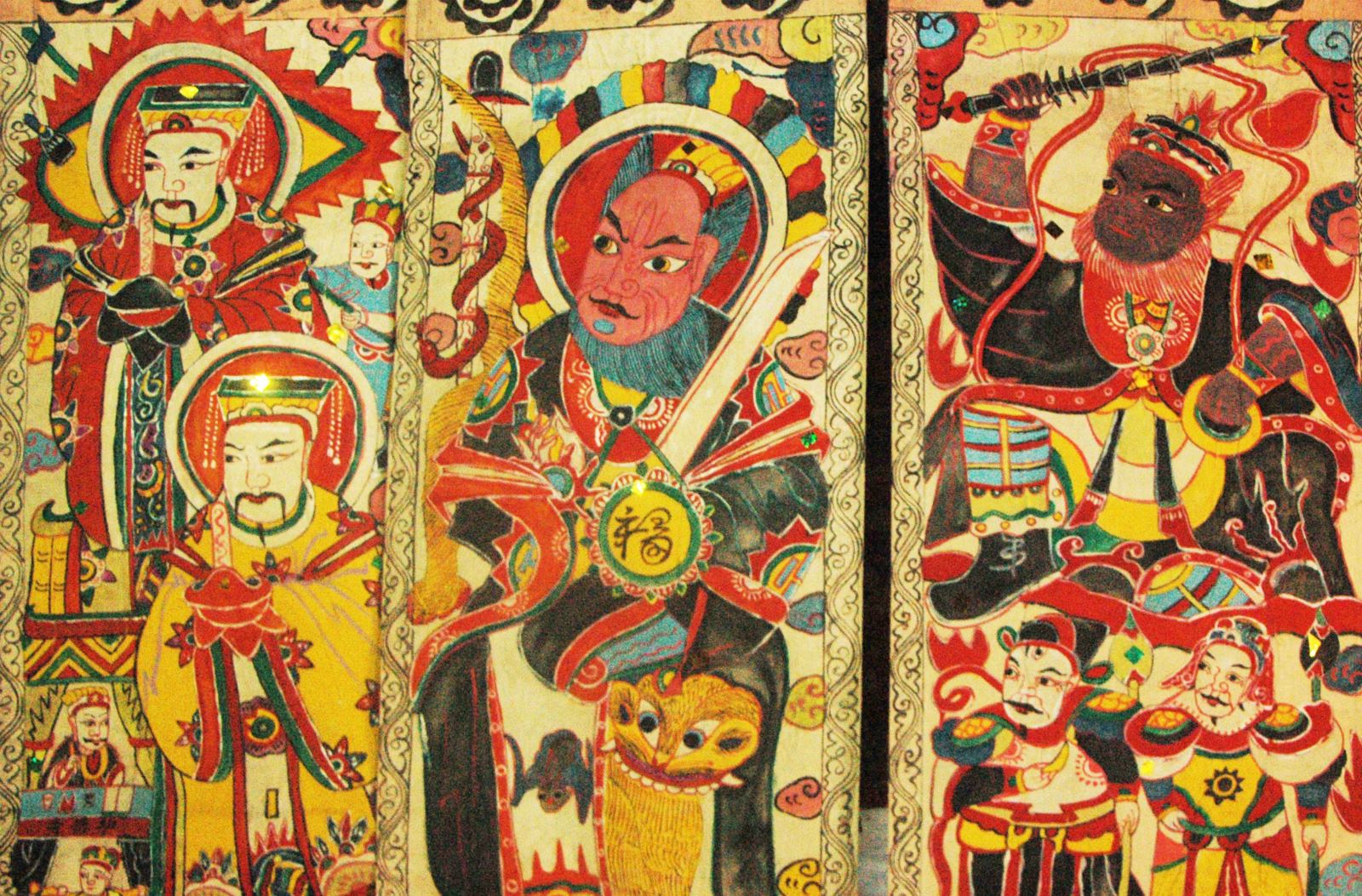
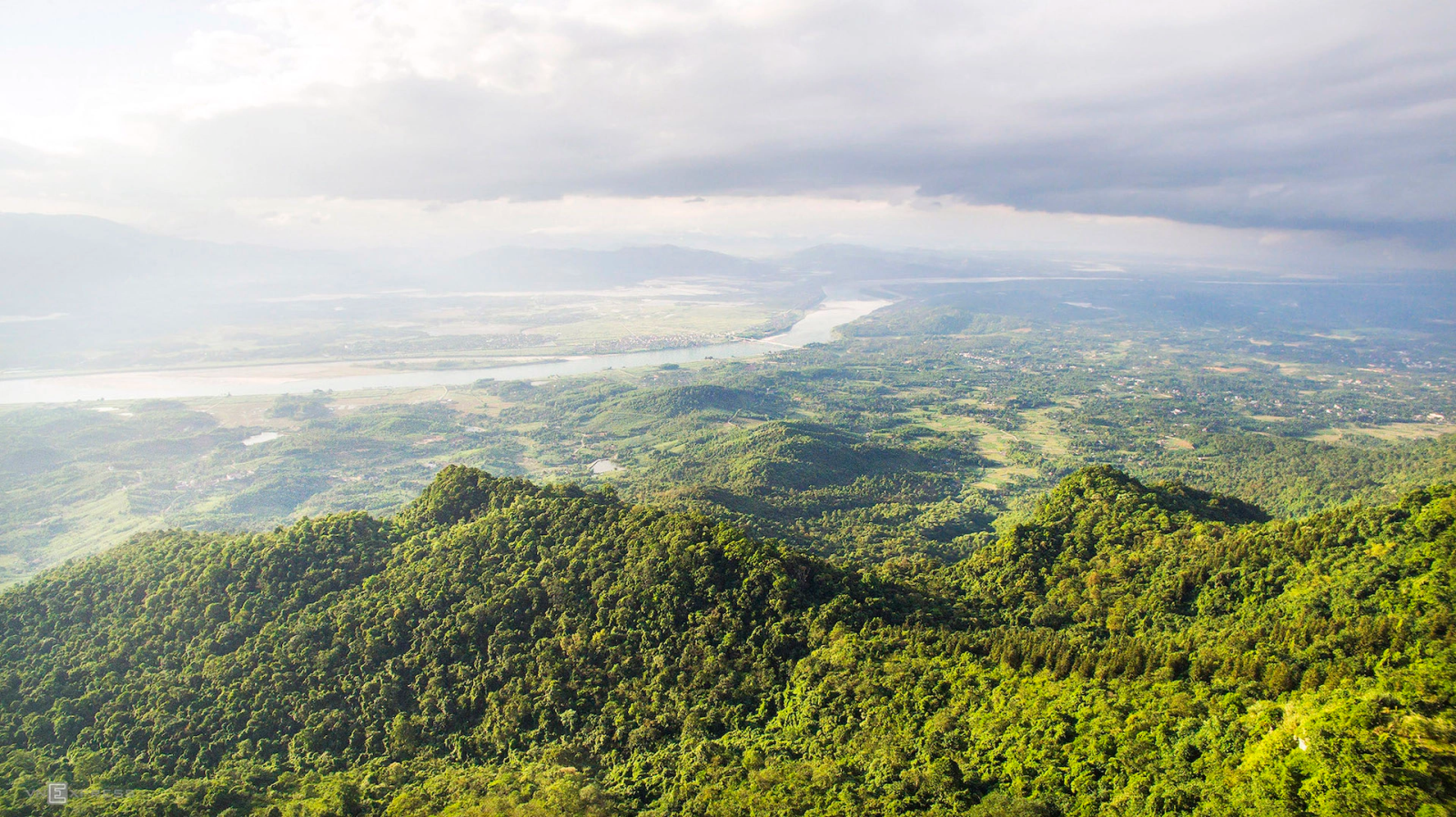
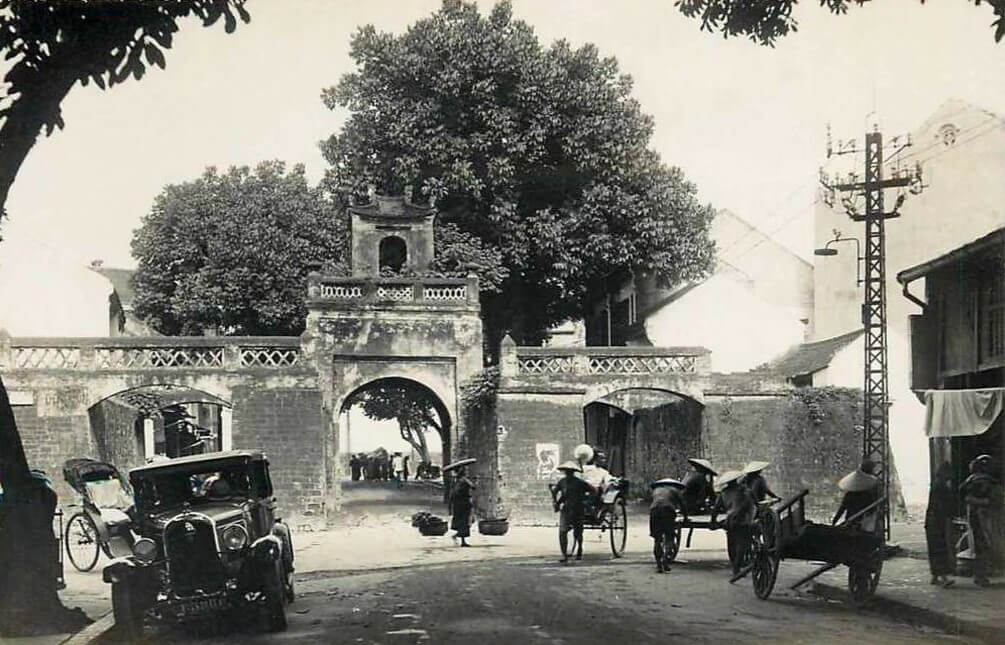
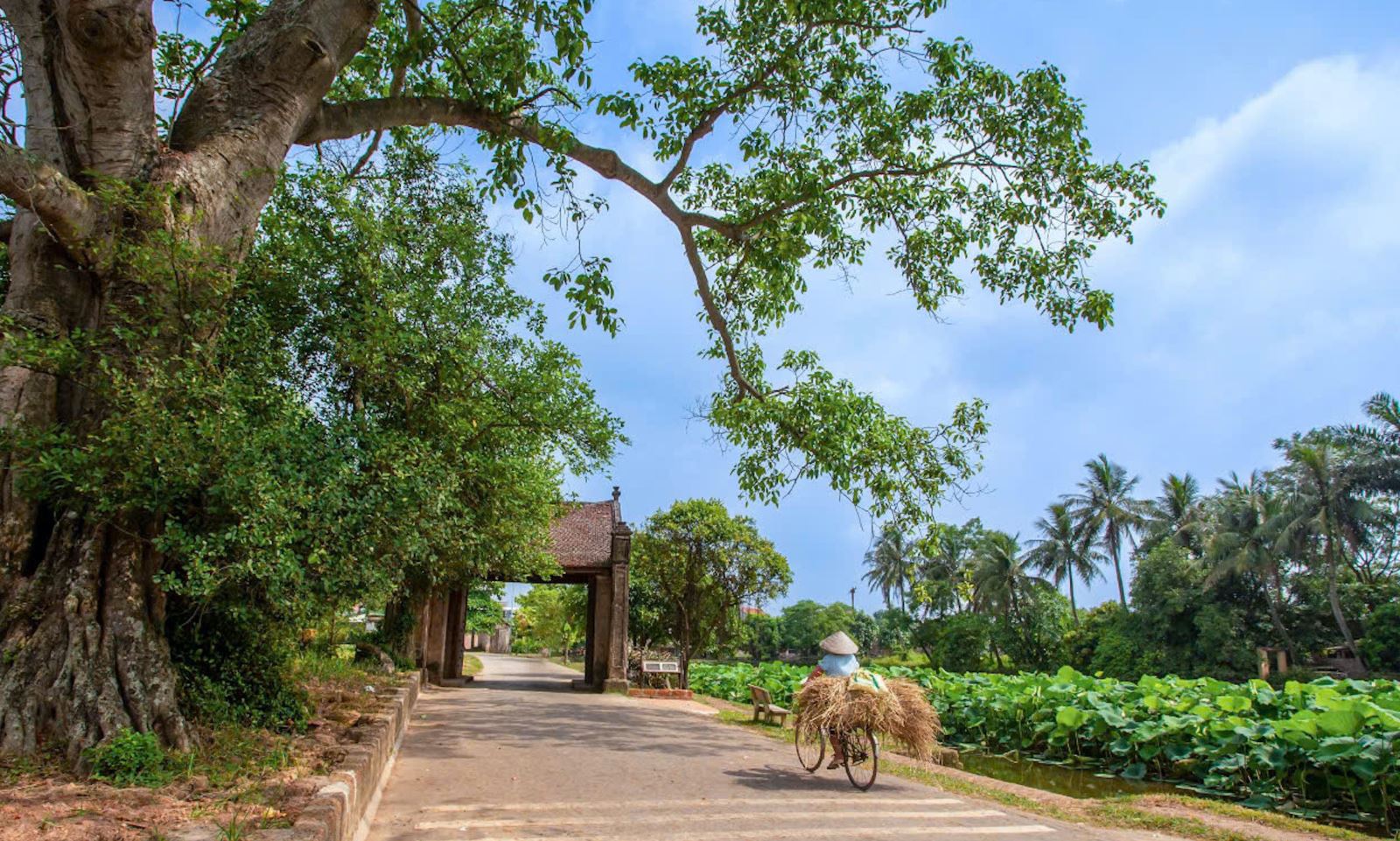

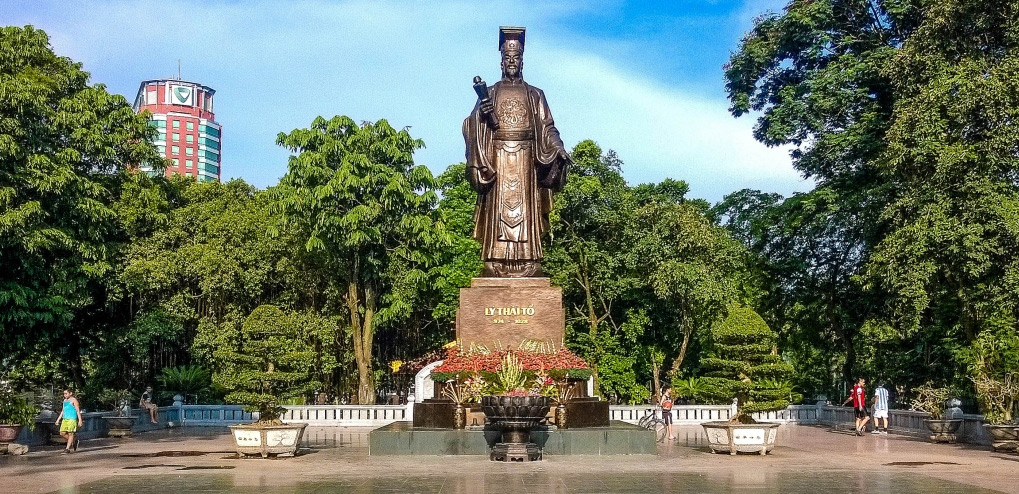
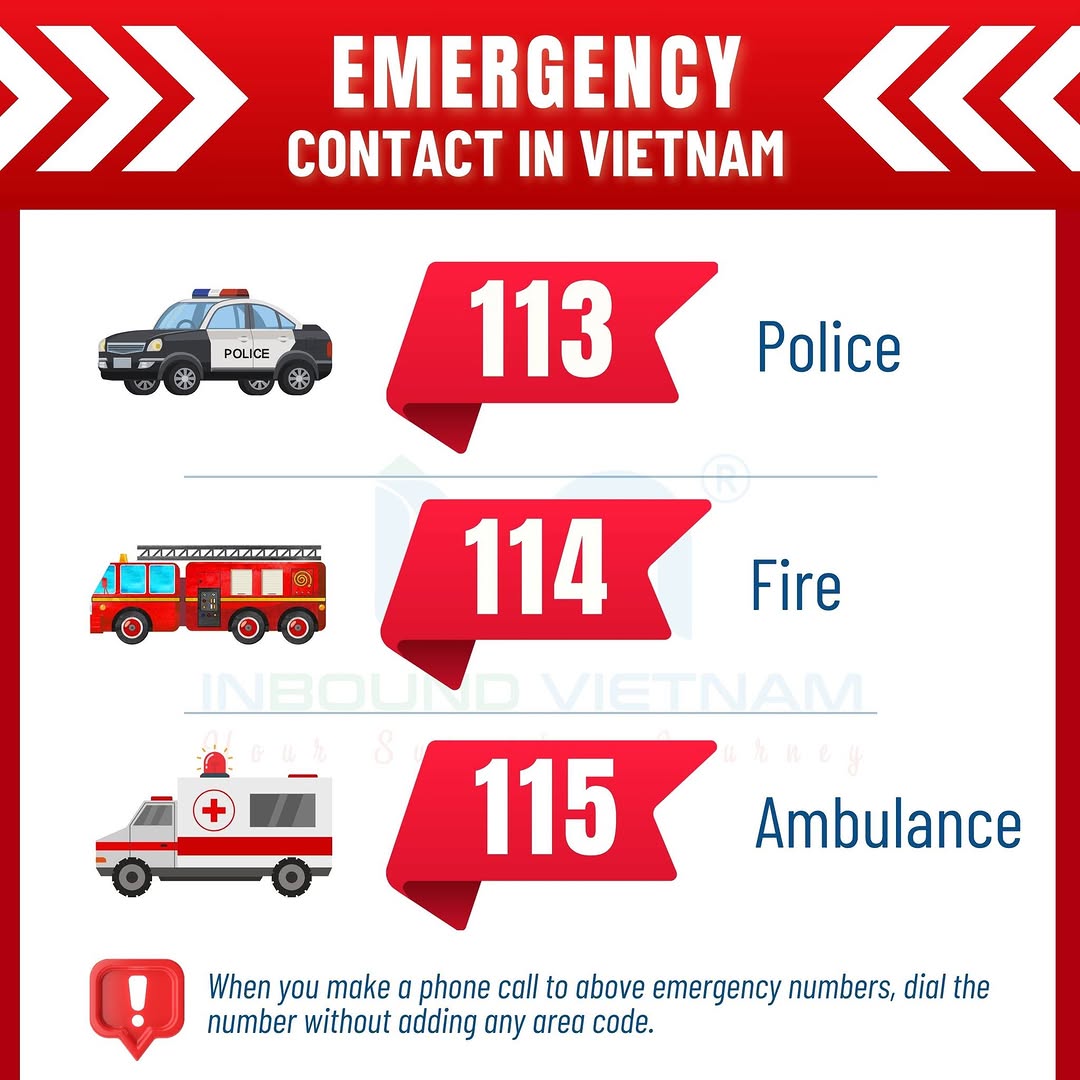
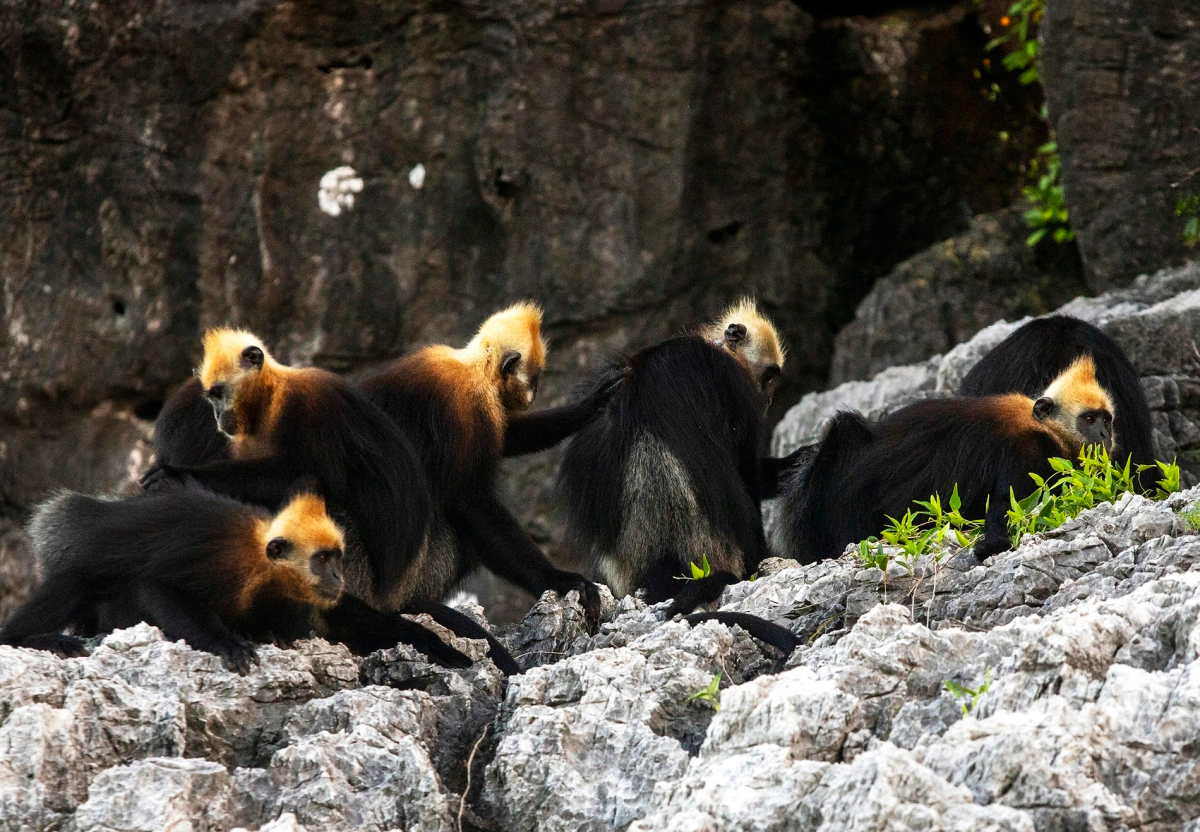
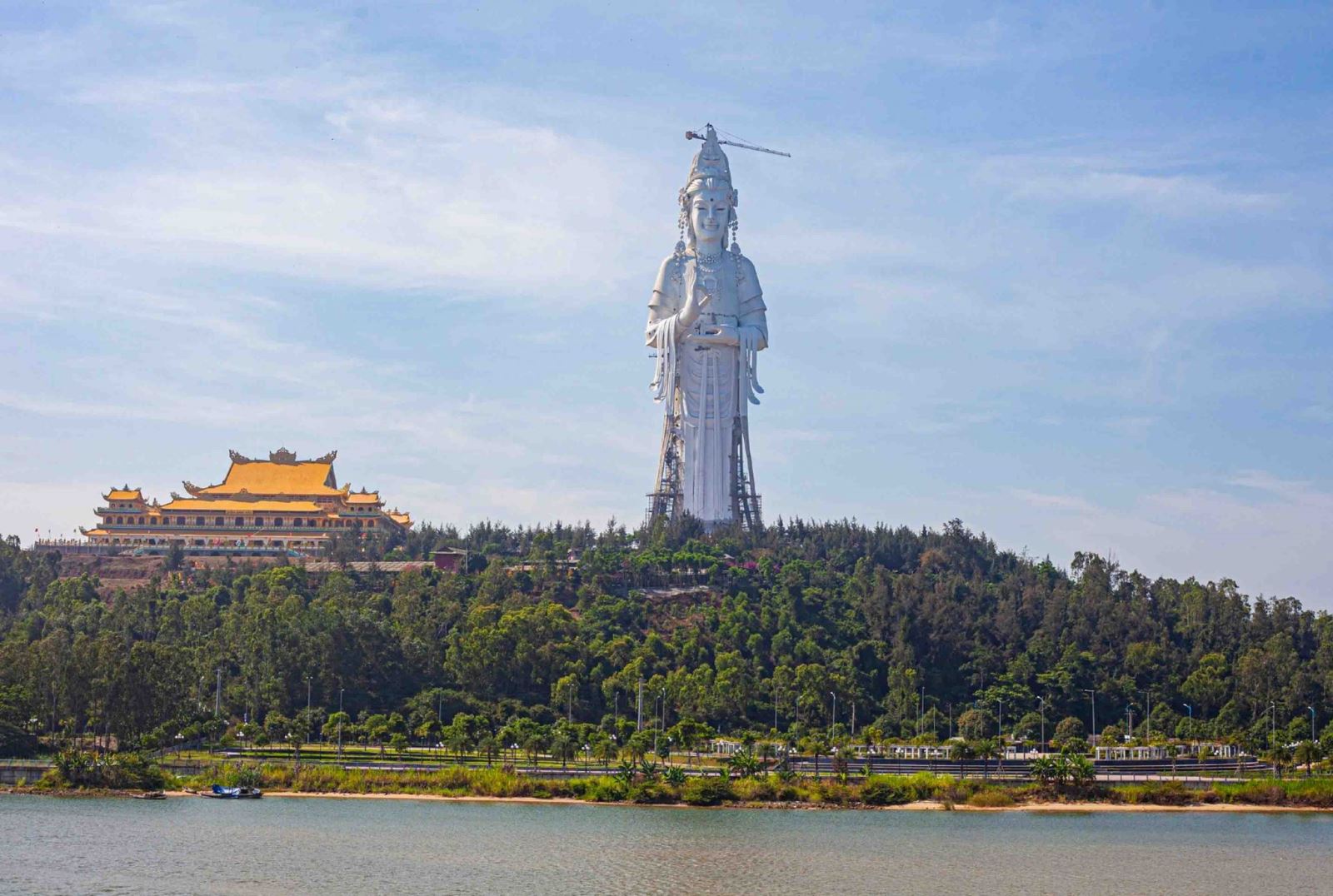
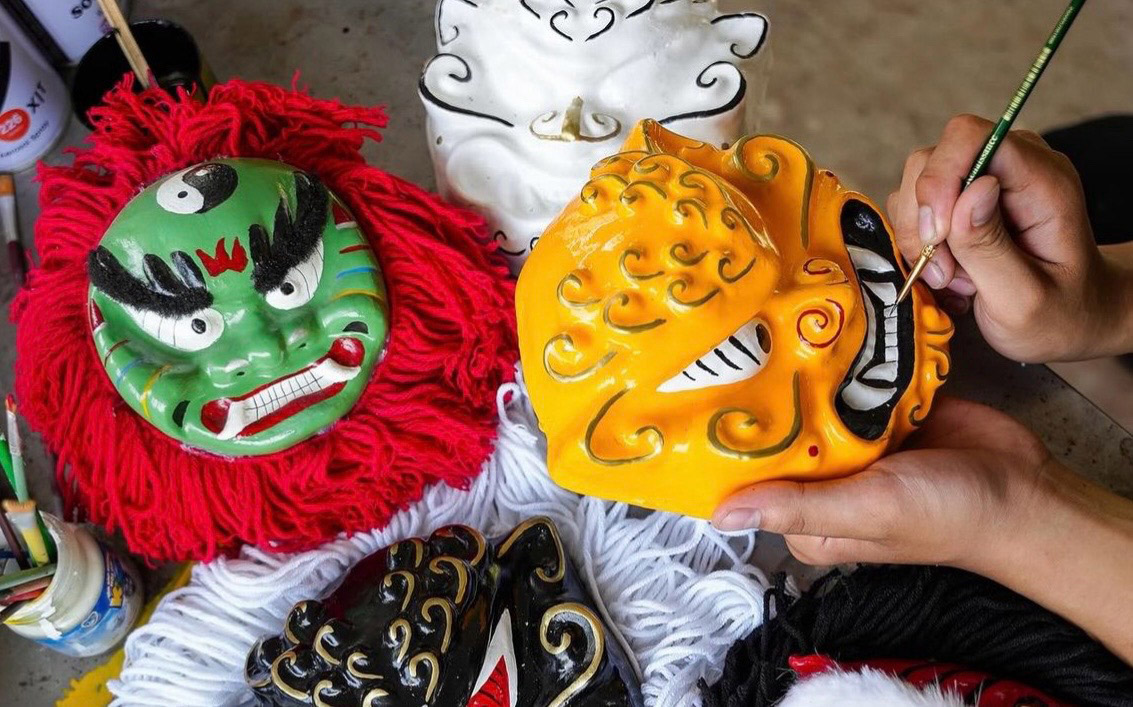
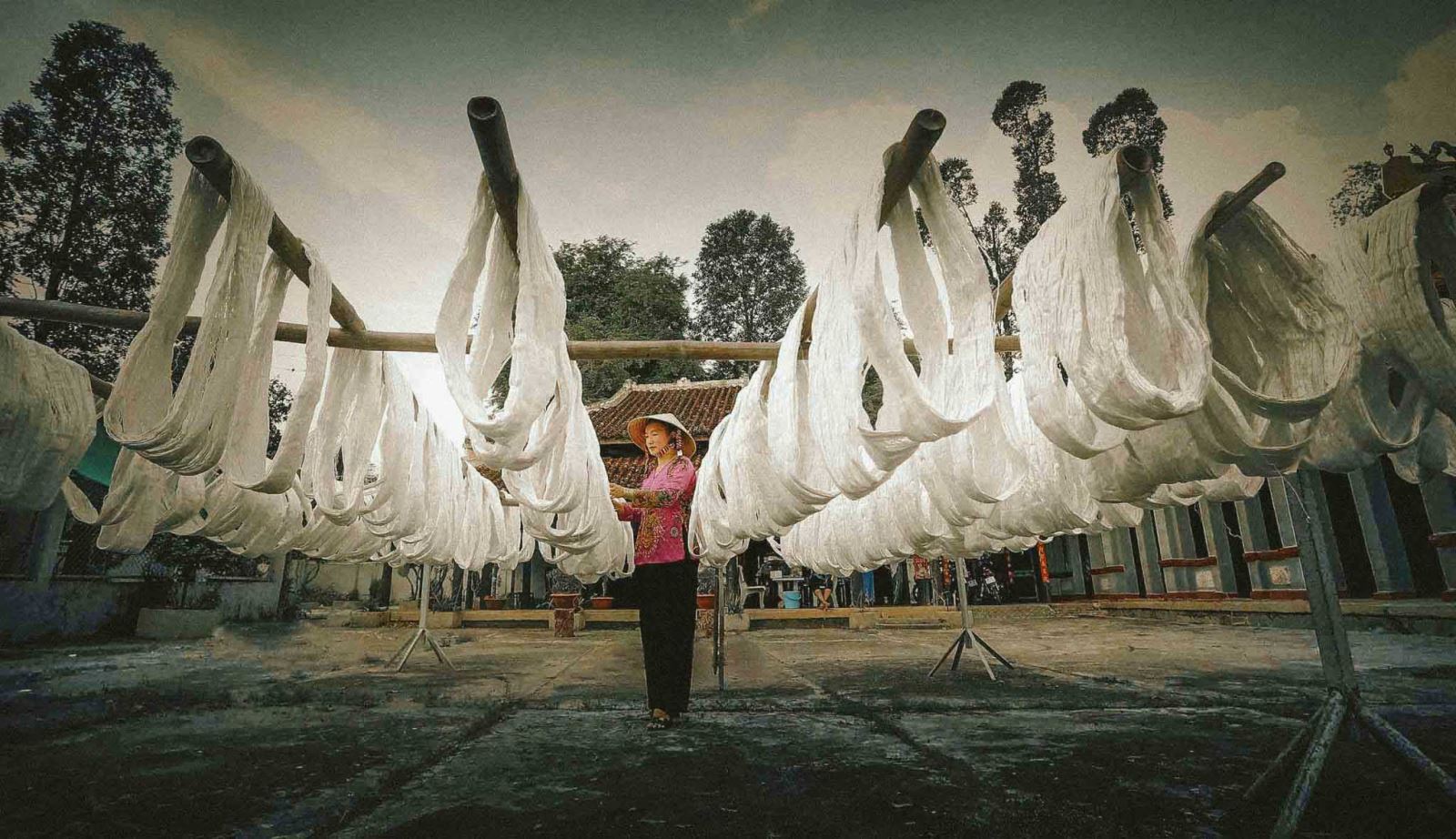
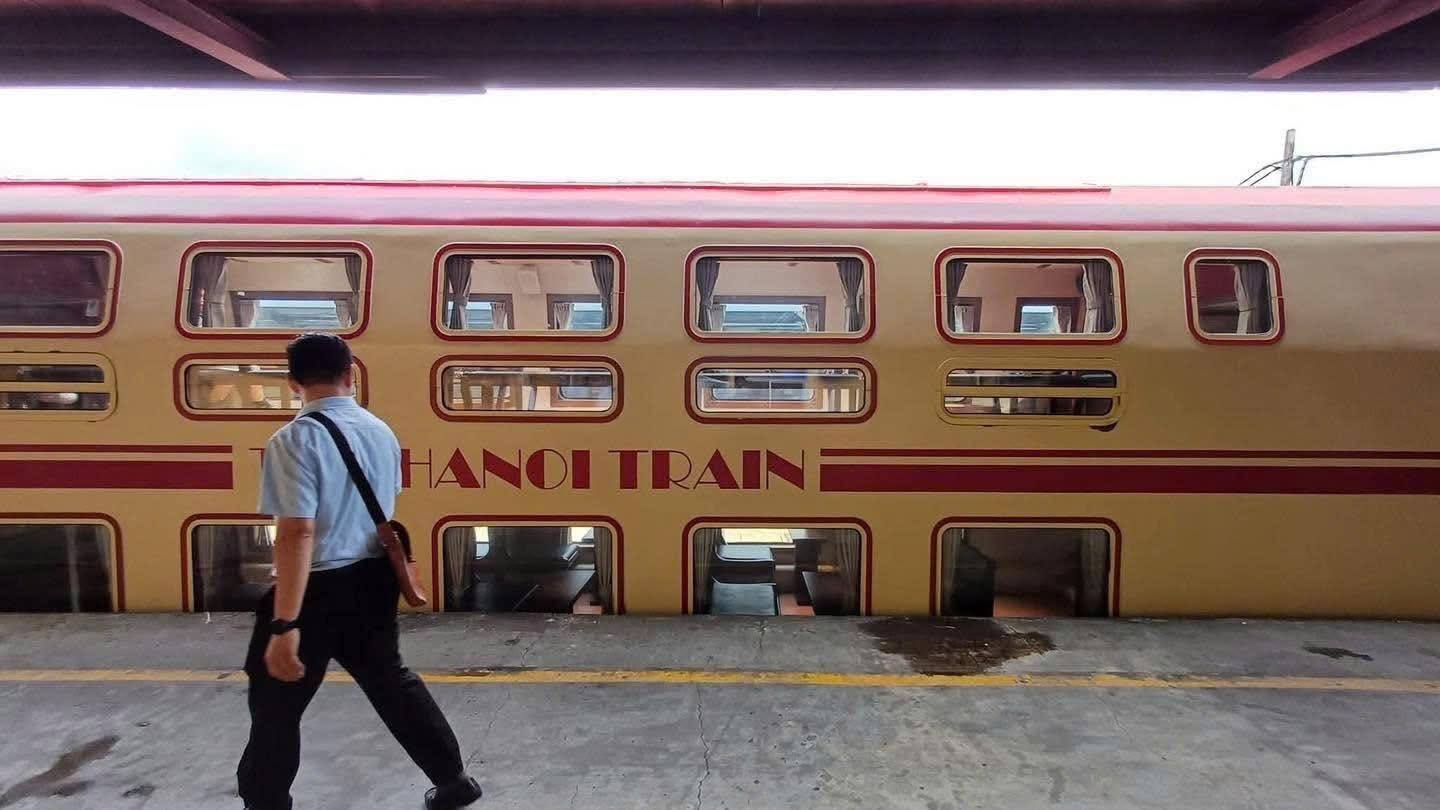
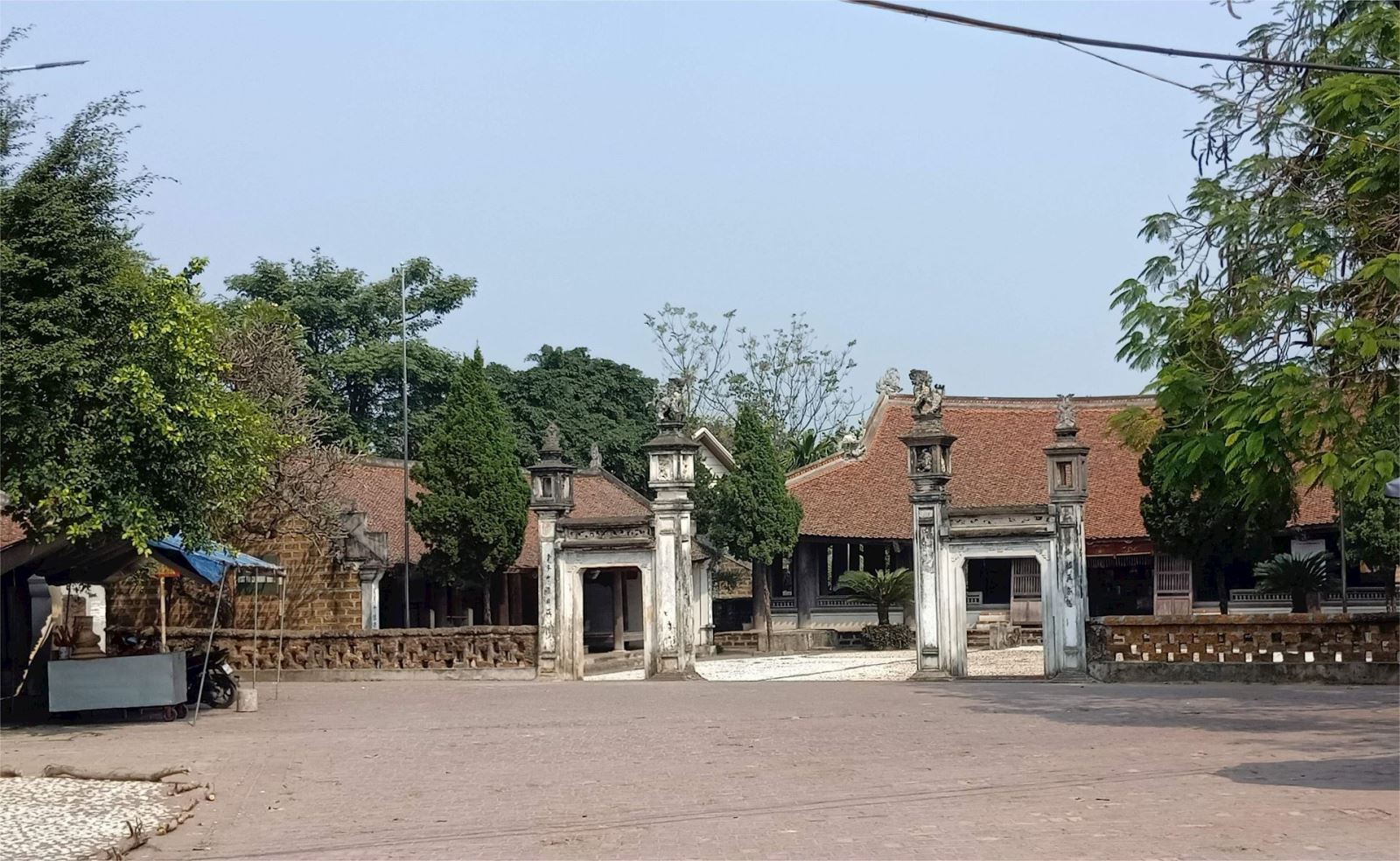
.png)